Spain 2023 Part Five: The Alhambra
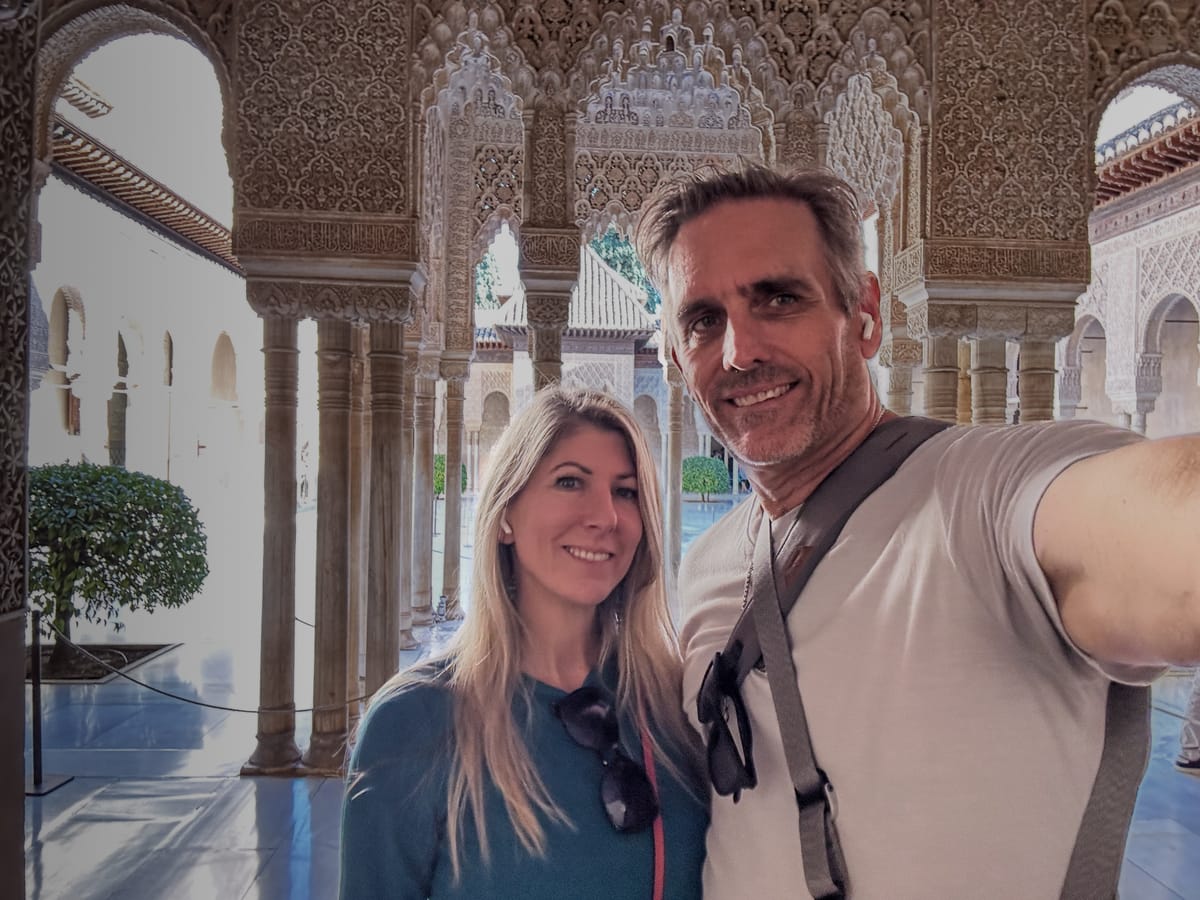
This is part five in a series documenting our trip to Spain in 2023.
Spain 2023 Part One: Our trip plan and our first two days in Madrid.
Spain 2023 Part Two: Seville (Day One): Our first day in Seville.
Spain 2023 Part Three: Seville (Day Two): Our Second Day in Seville.
Spain 2023 Part Four: Córdoba: Our one day visit to Córdoba.
On our sixth day in Spain, we hopped on early train in Córdoba that got us into Granada just before lunch. The only thing on our agenda today was exploring the Alhambra and Generalife Gardens...but first things first, let's get to our guest house...
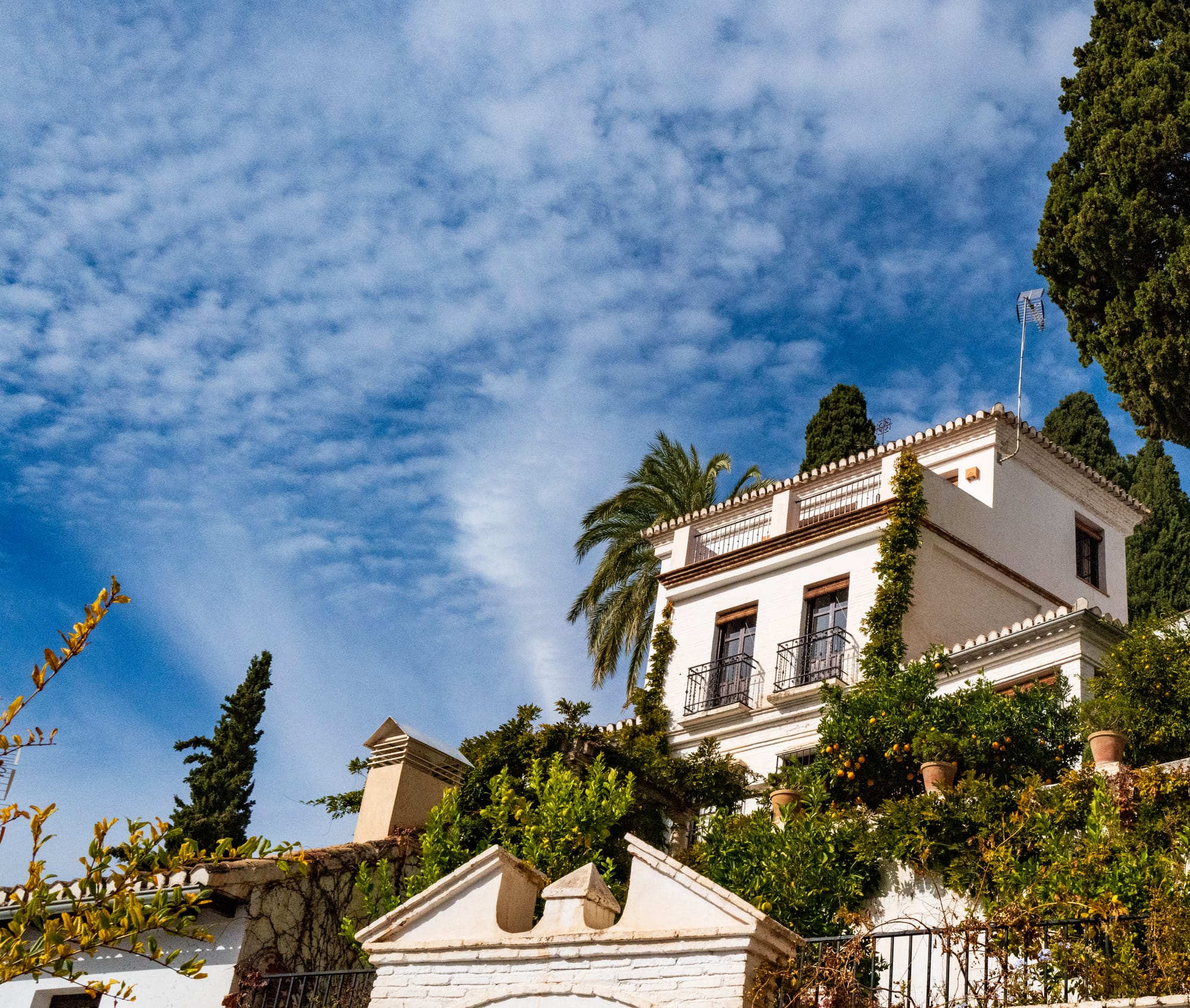
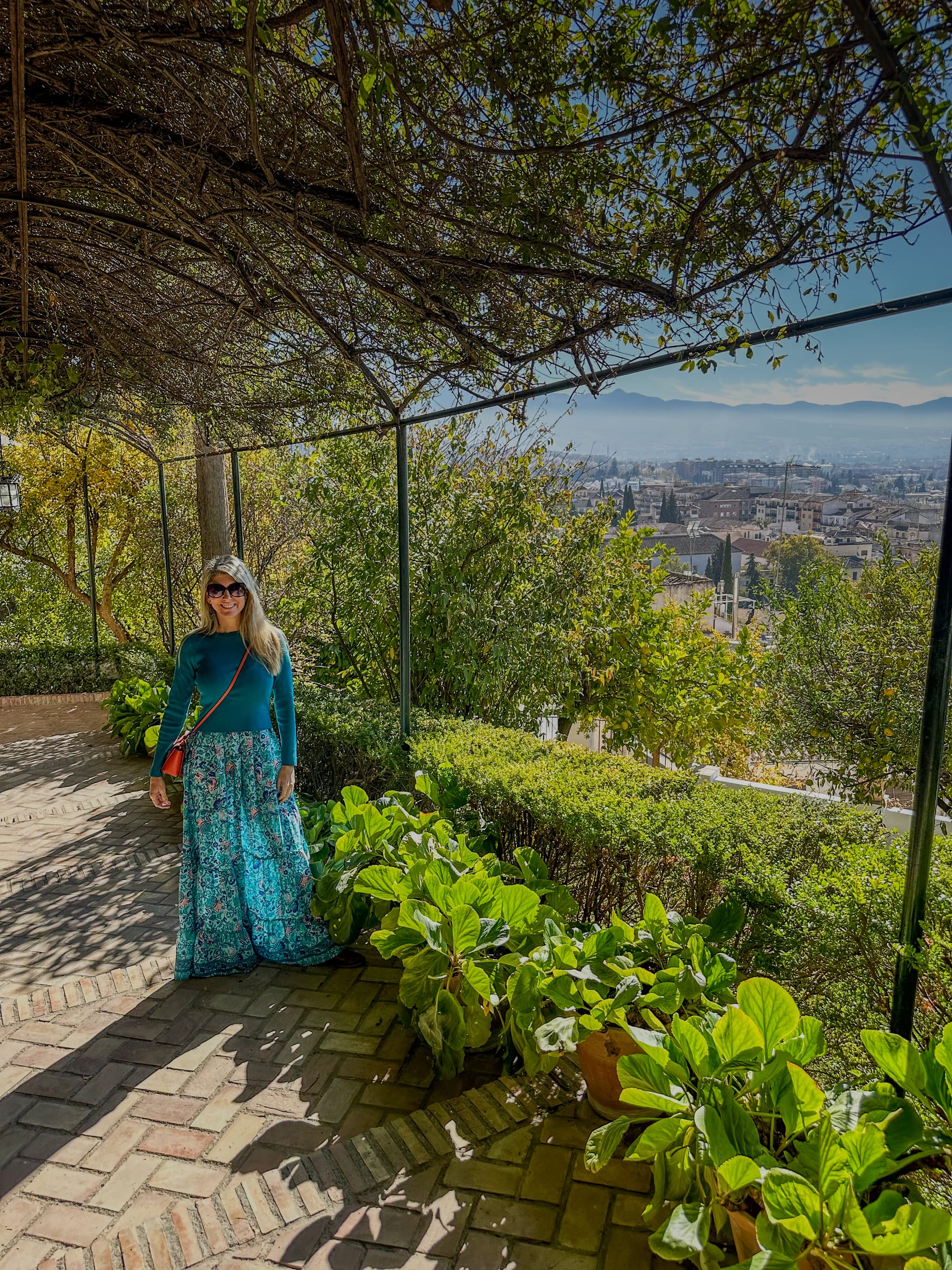
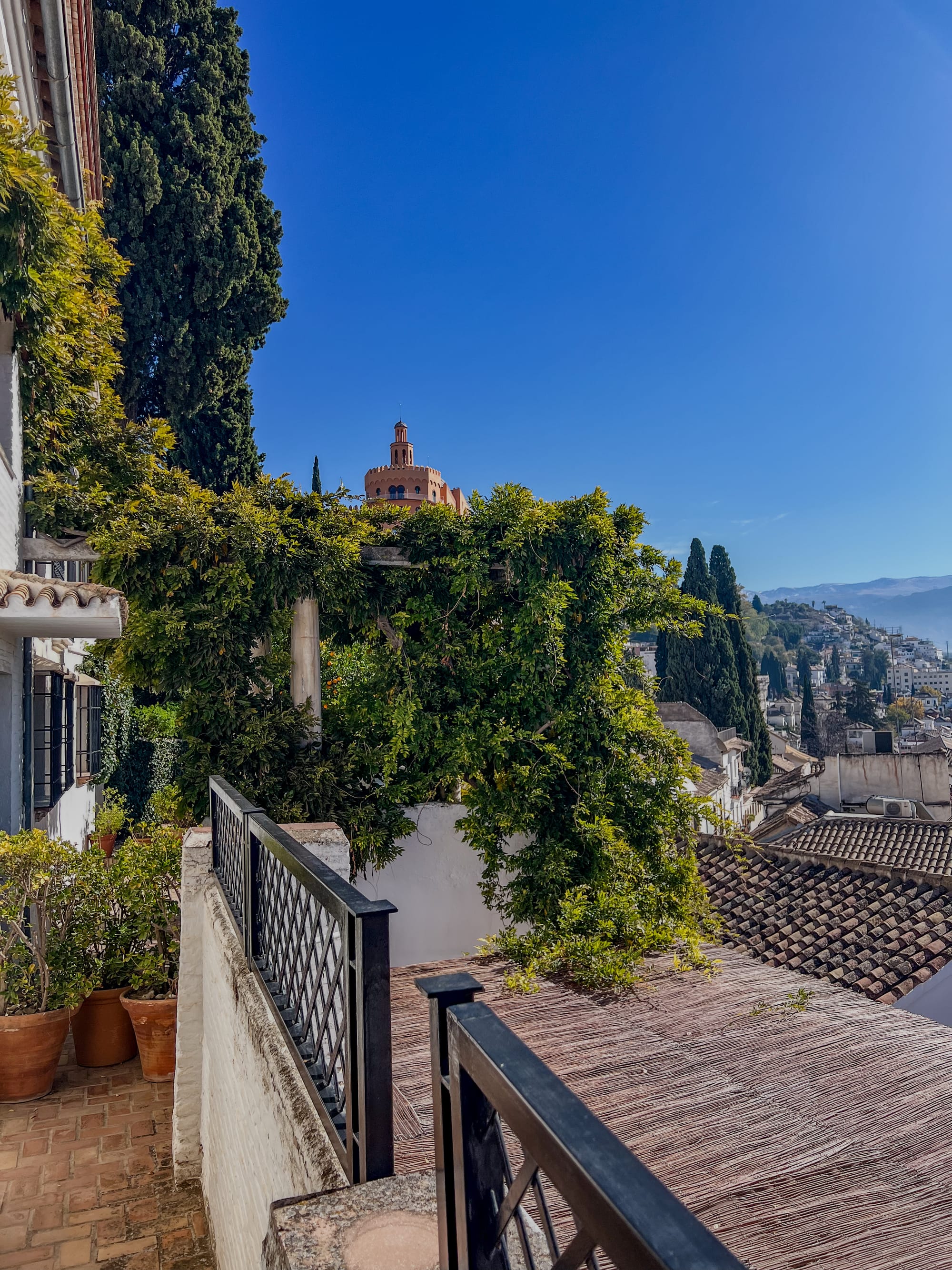
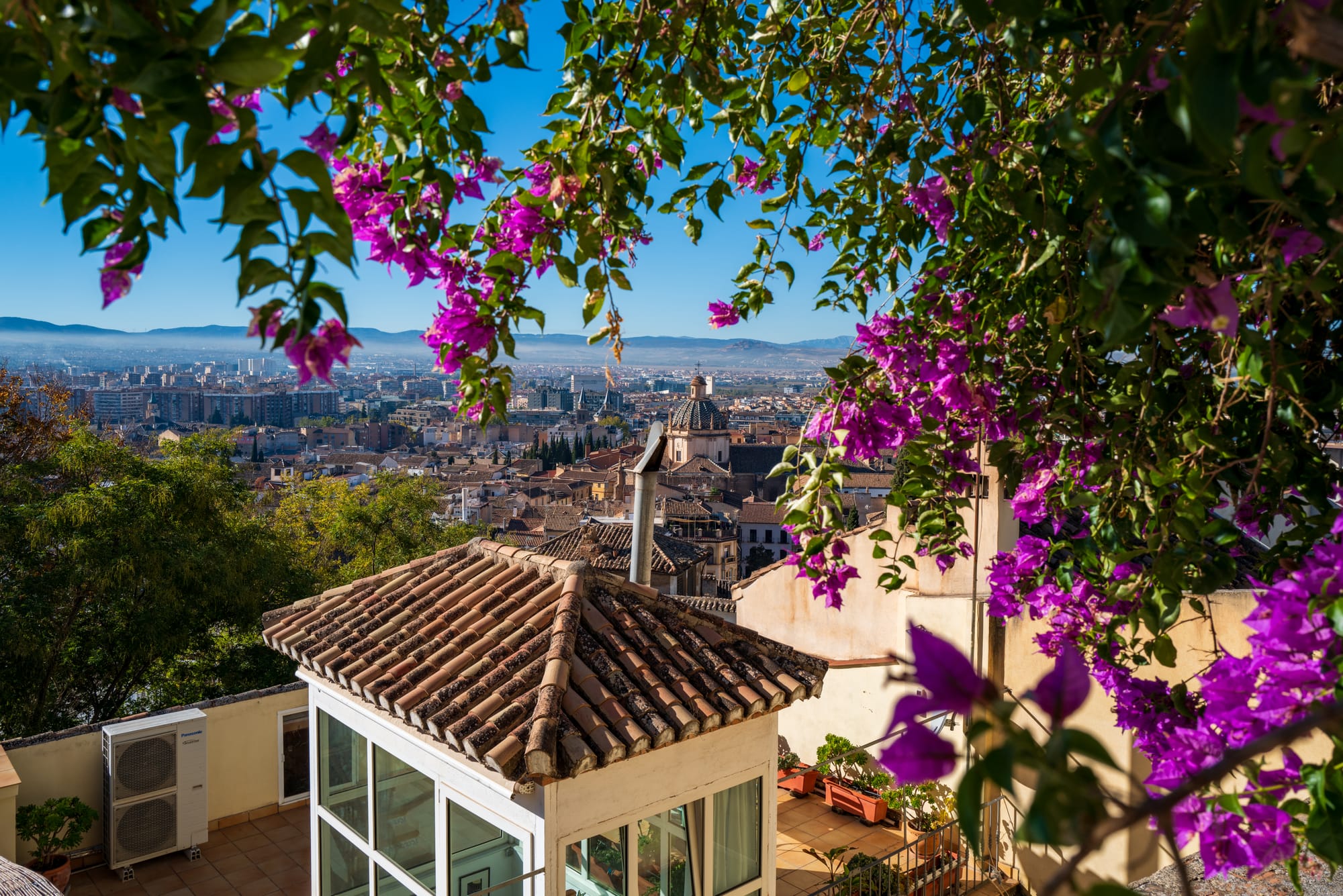
Carmen de la Alcubilla del Caracol - last two are the view from our terrace!
We stayed in the Carmen de la Alcubilla del Caracol guest house, located in the heart of the city - on the hillside of the Alhambra - overlooking the Vega and the Sierra Nevada mountains in the distance. Like all of our accommodations on this trip, it was perfect...just a few minutes walk down to the center of Granada or up to the Alhambra. It's a small, boutique property - and Alejandro, our host, and his staff were wonderful and helpful in every possible way.
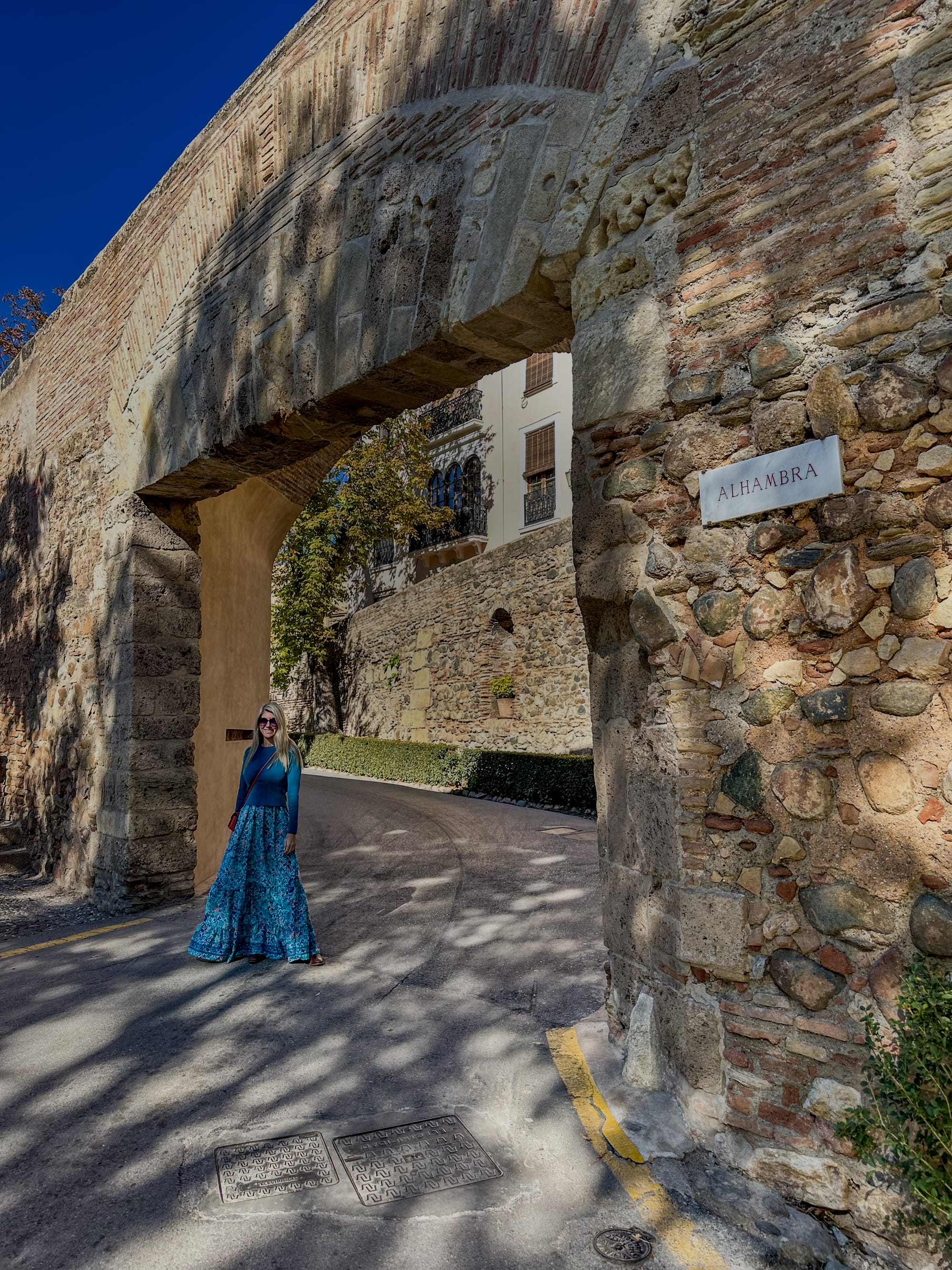
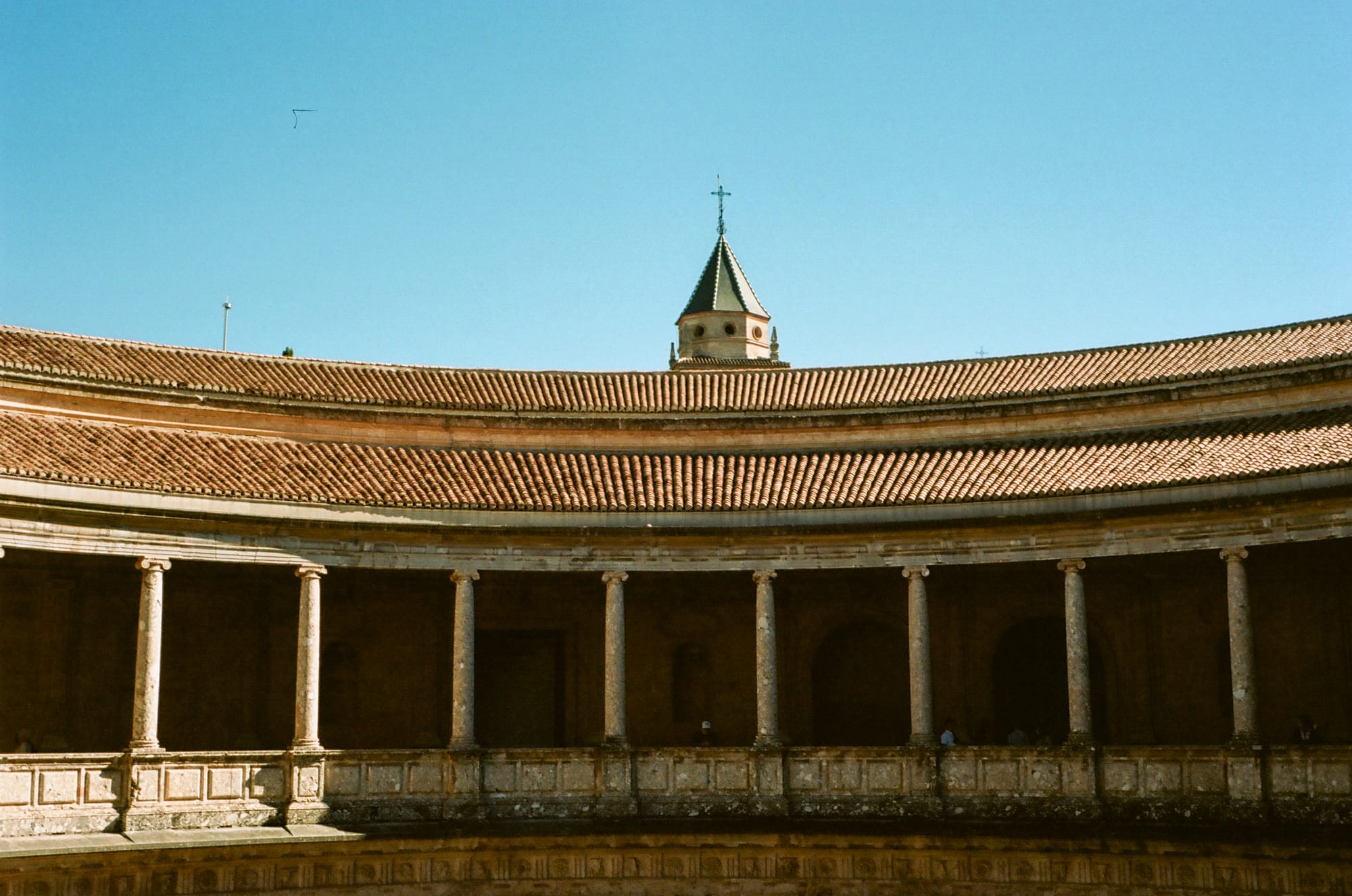
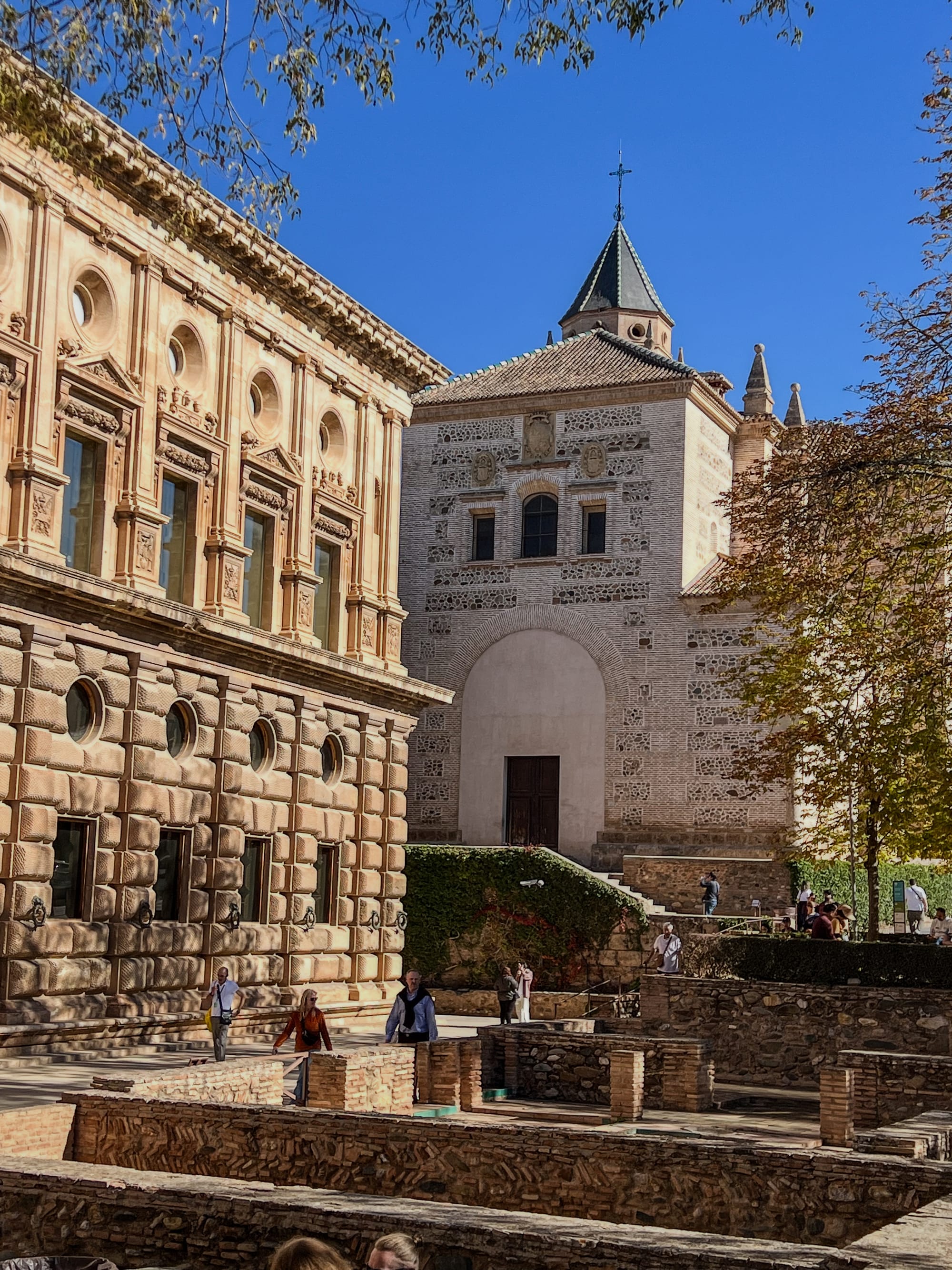
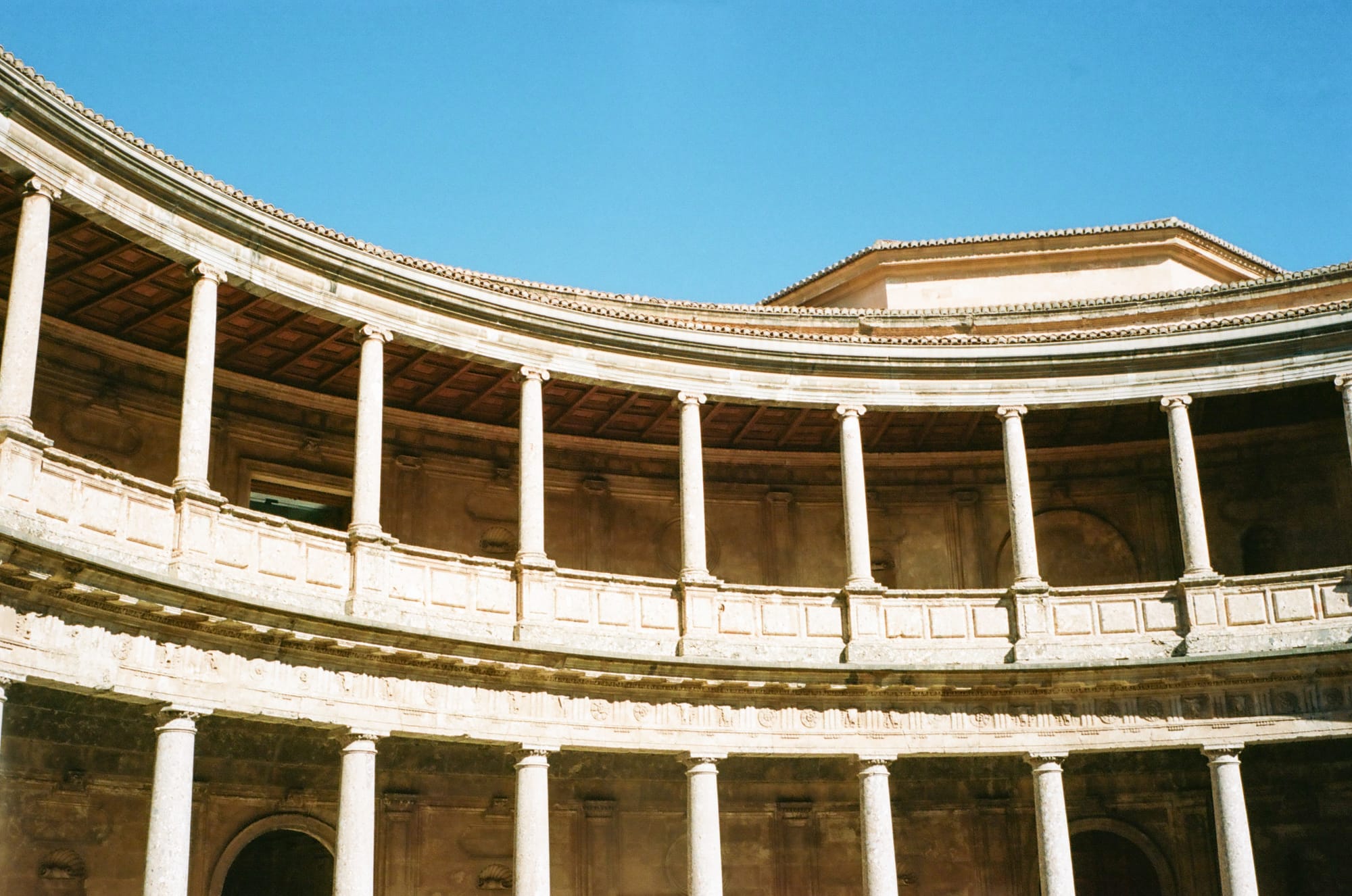
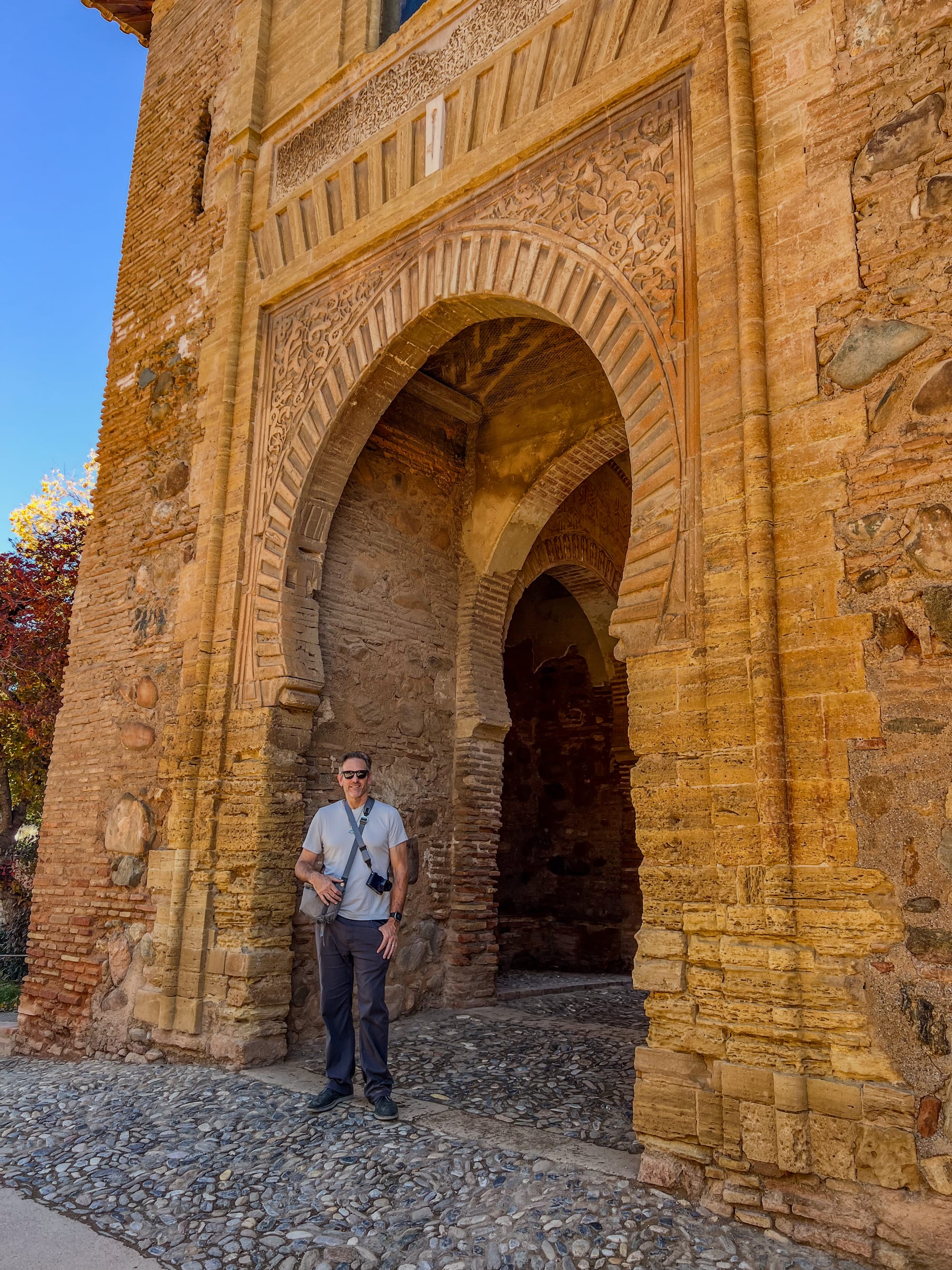
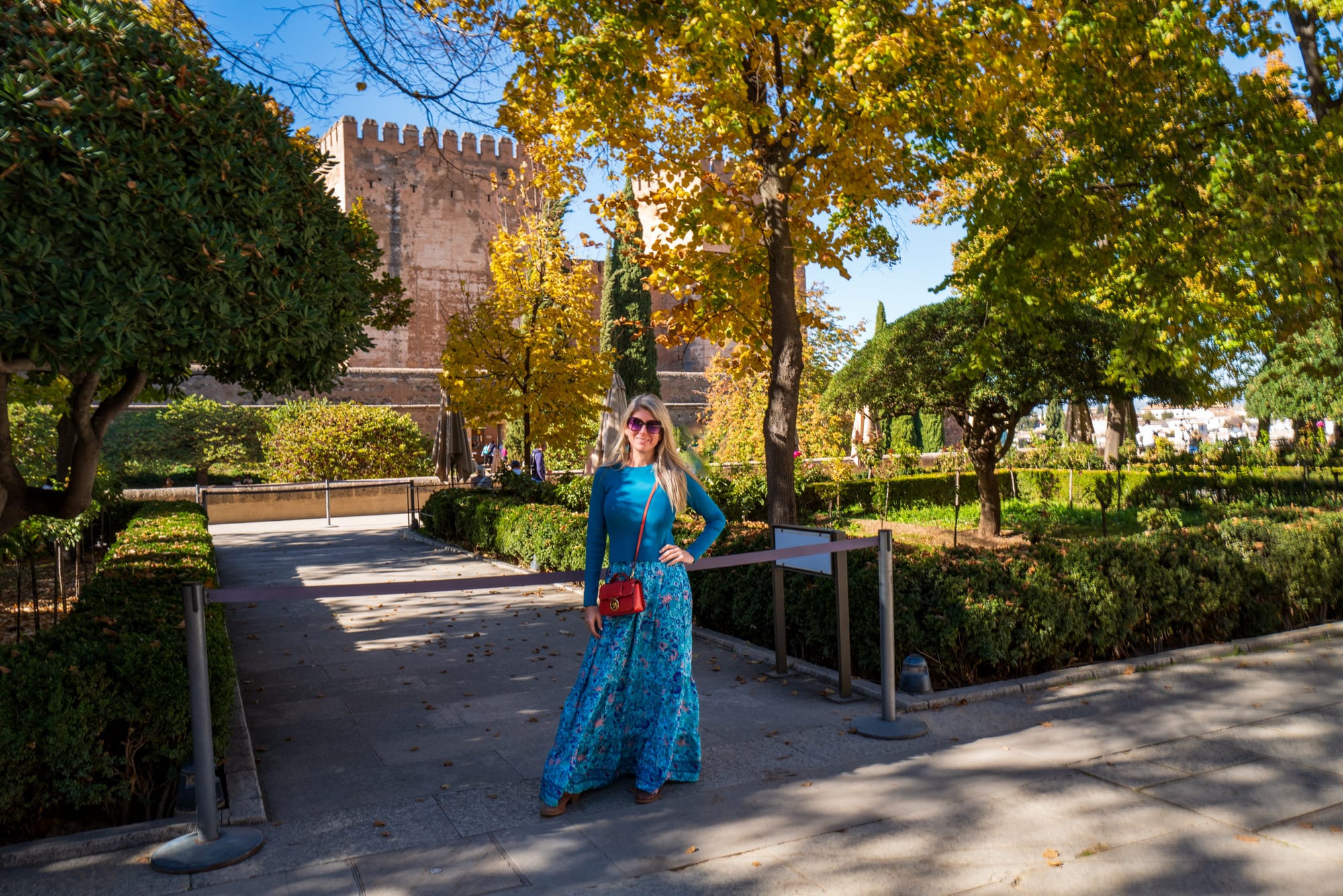
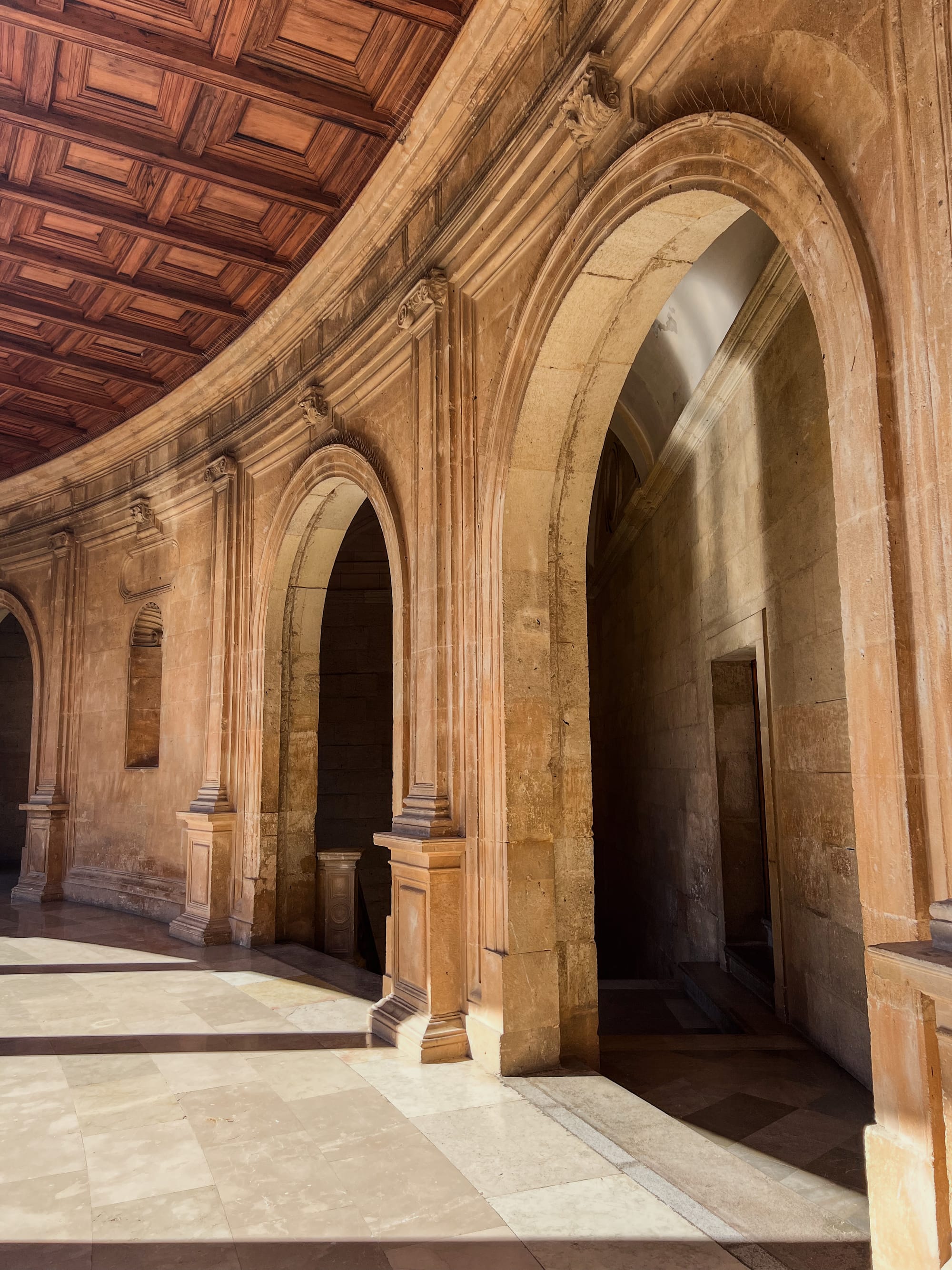
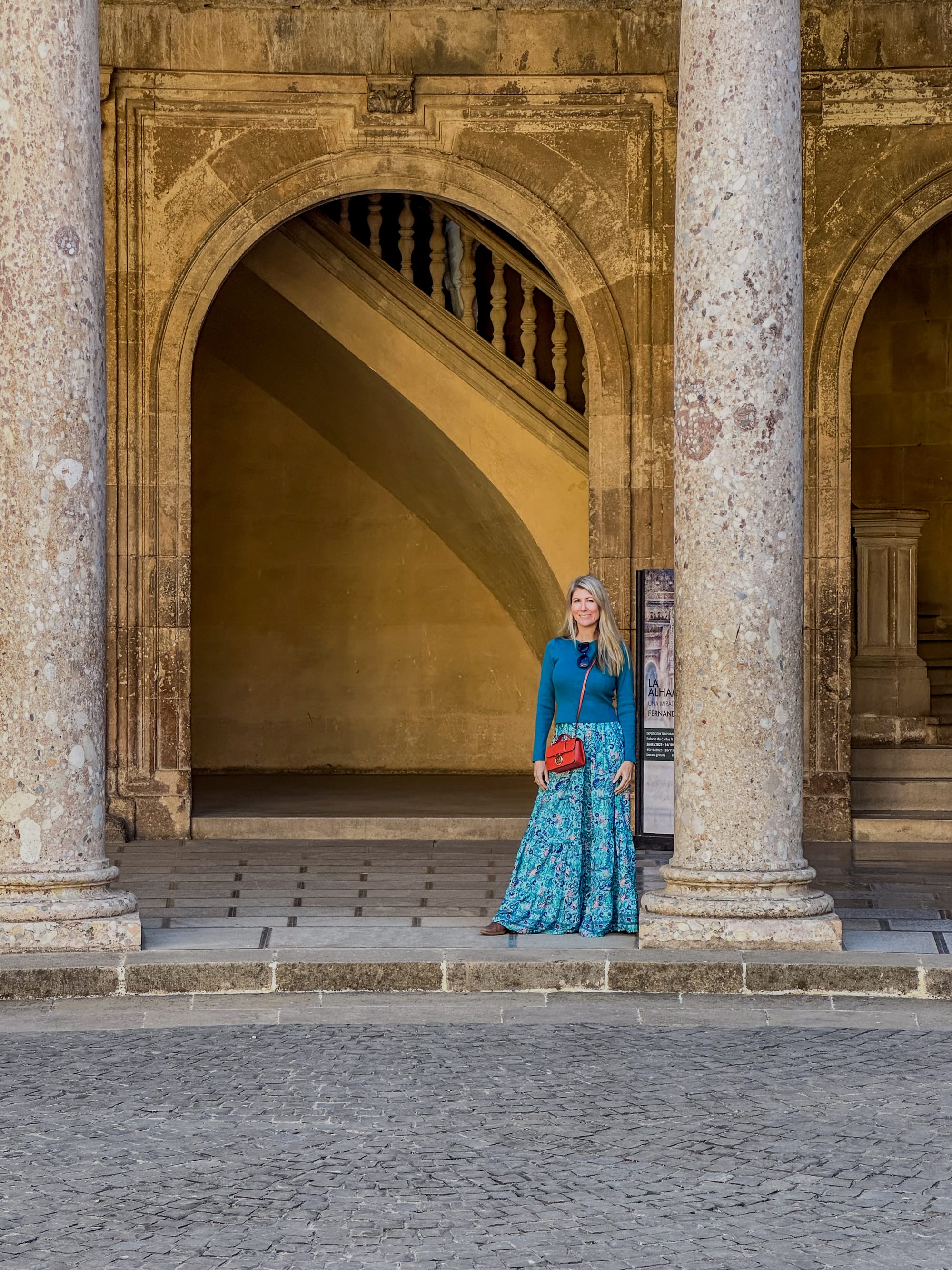
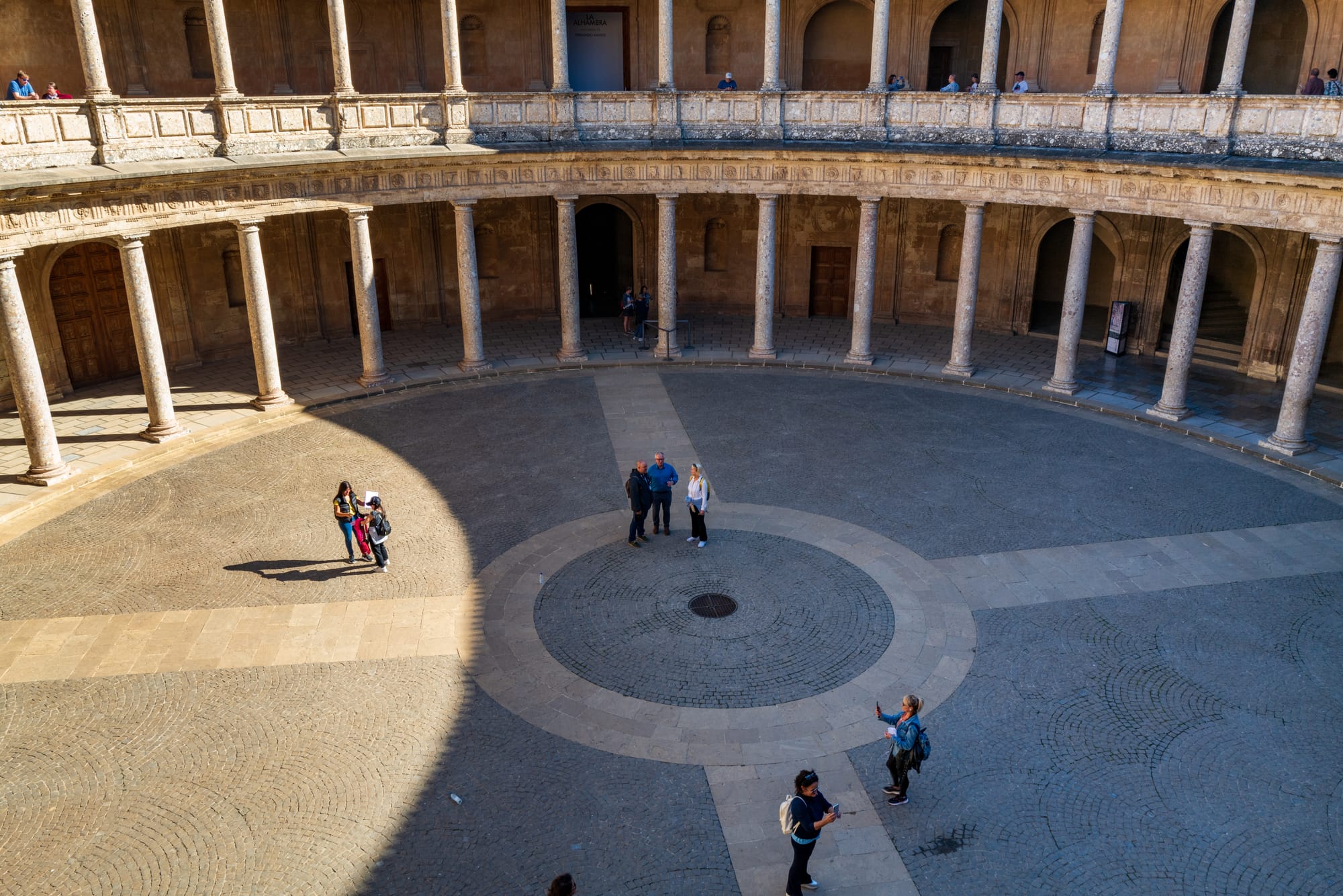
Entering th Alhambra and The Palace of Charles V
We had a 2:00pm timed entry ticket for the the Nasrid Palaces, but he walked up well in advance of that to get an overall feel for the Alhambra and to check out some of the other sites that are part of the Alhambra complex but don't require a timed entry. We first encountered the palace of King Charles V, which itself is in stark contrast to the Moorish architecture of the Nasrid Palaces. Built in the 16th century, the palace is a prime example of Renaissance architecture in Spain. It's circular courtyard is a masterpiece of classical design, surrounded by a colonnade adorned with Doric columns. Today, the Palace of King Charles V houses two museums, but we did not have time to tour those in their entirety and still make our timed entry.
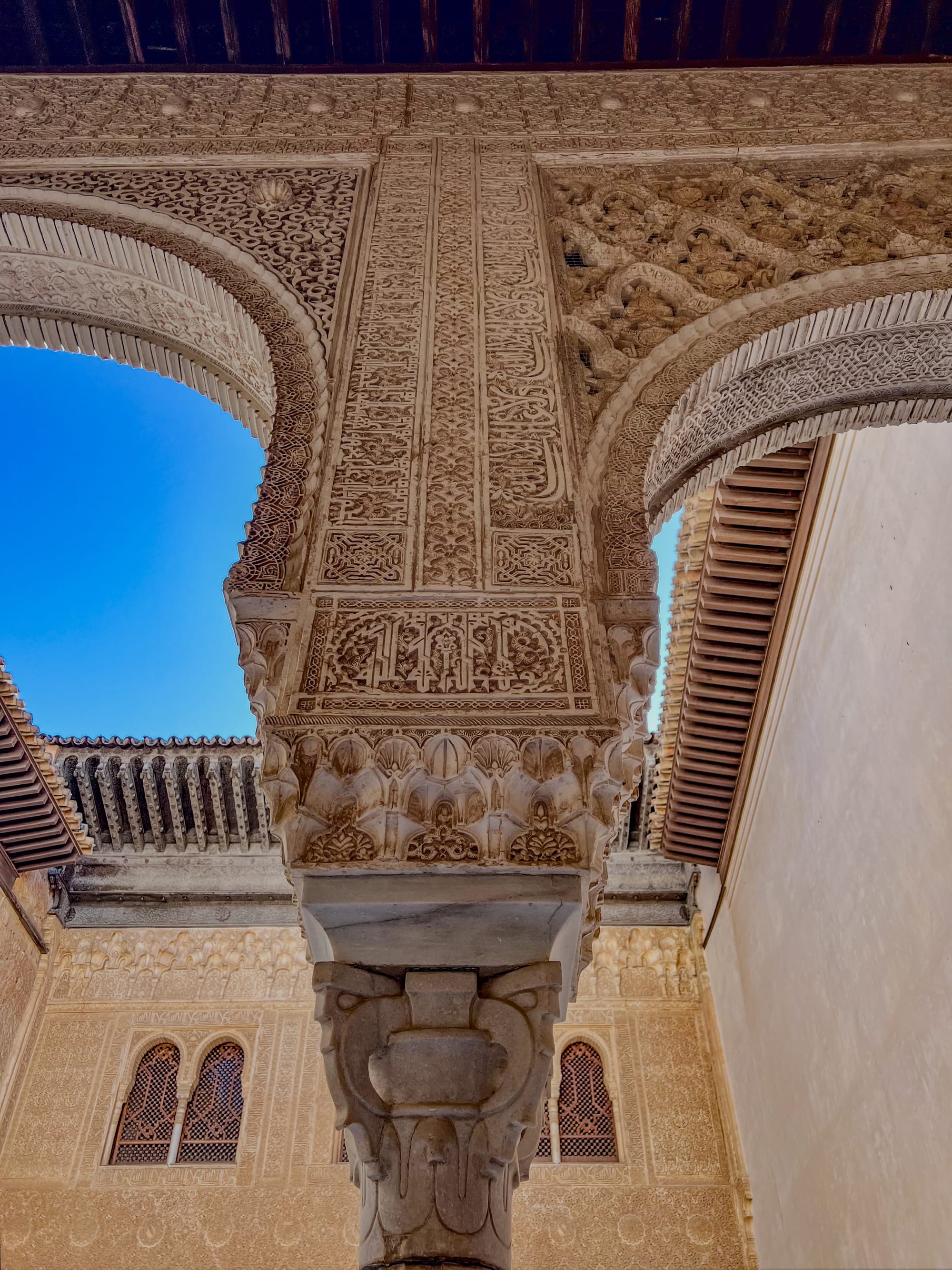
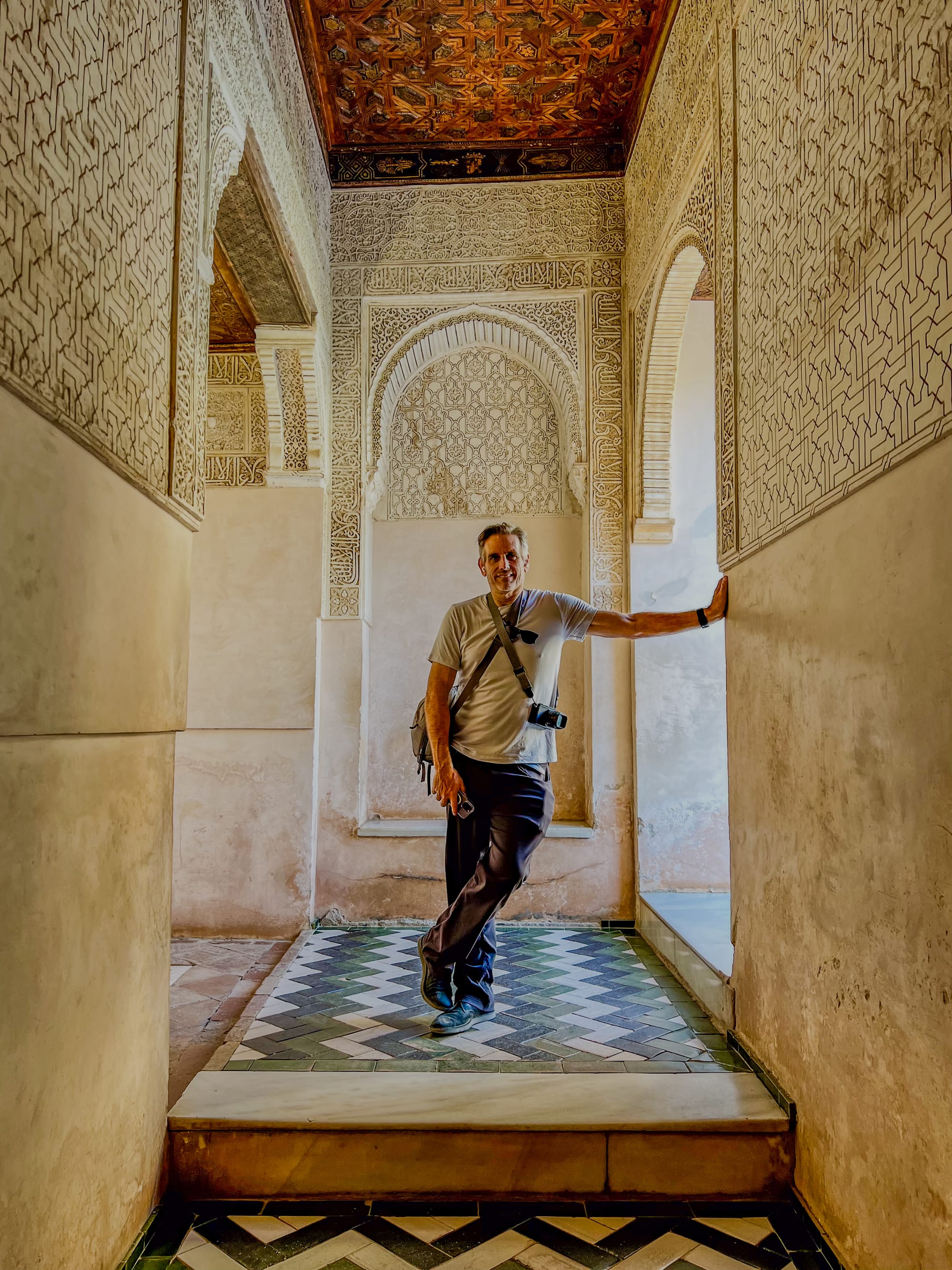
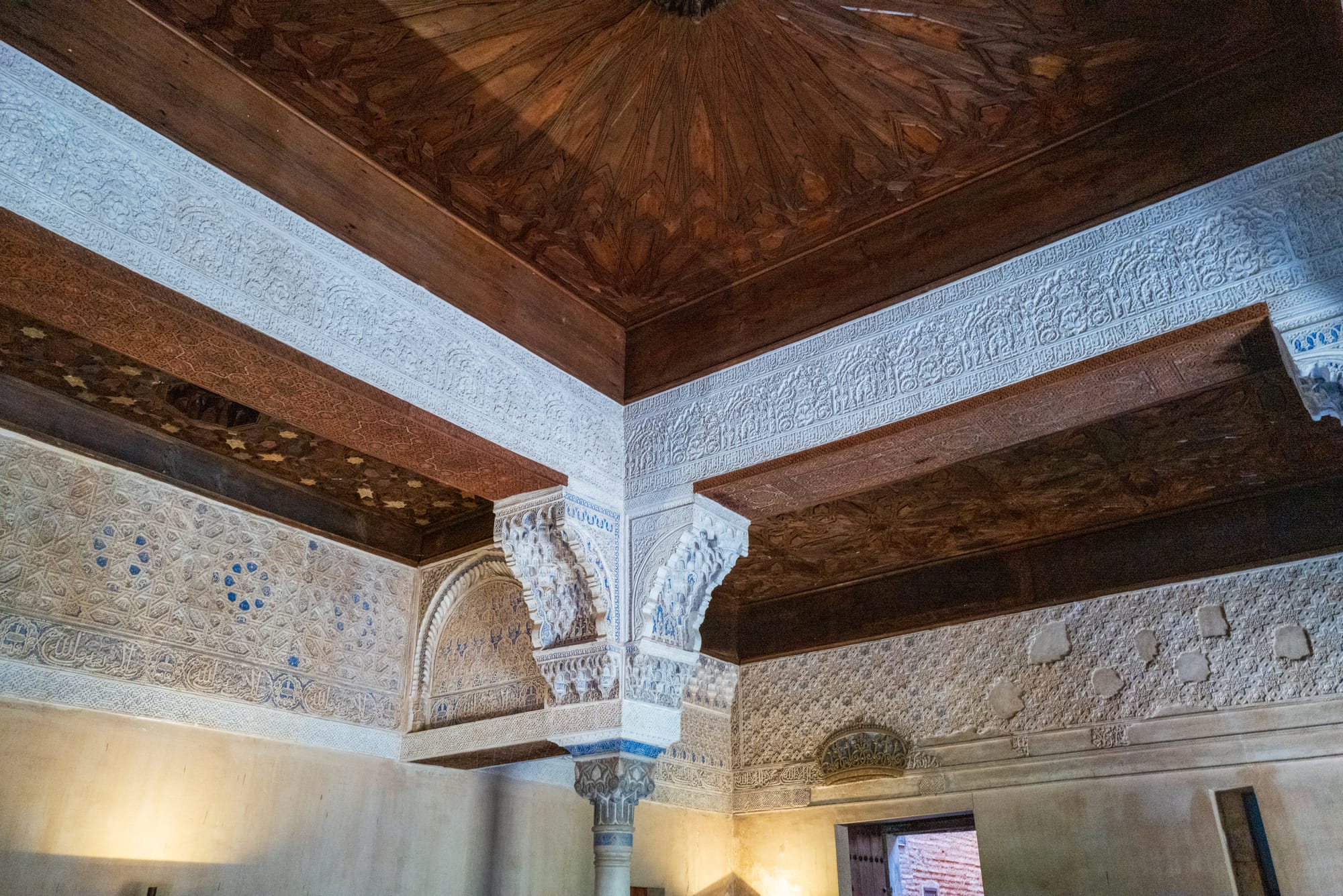
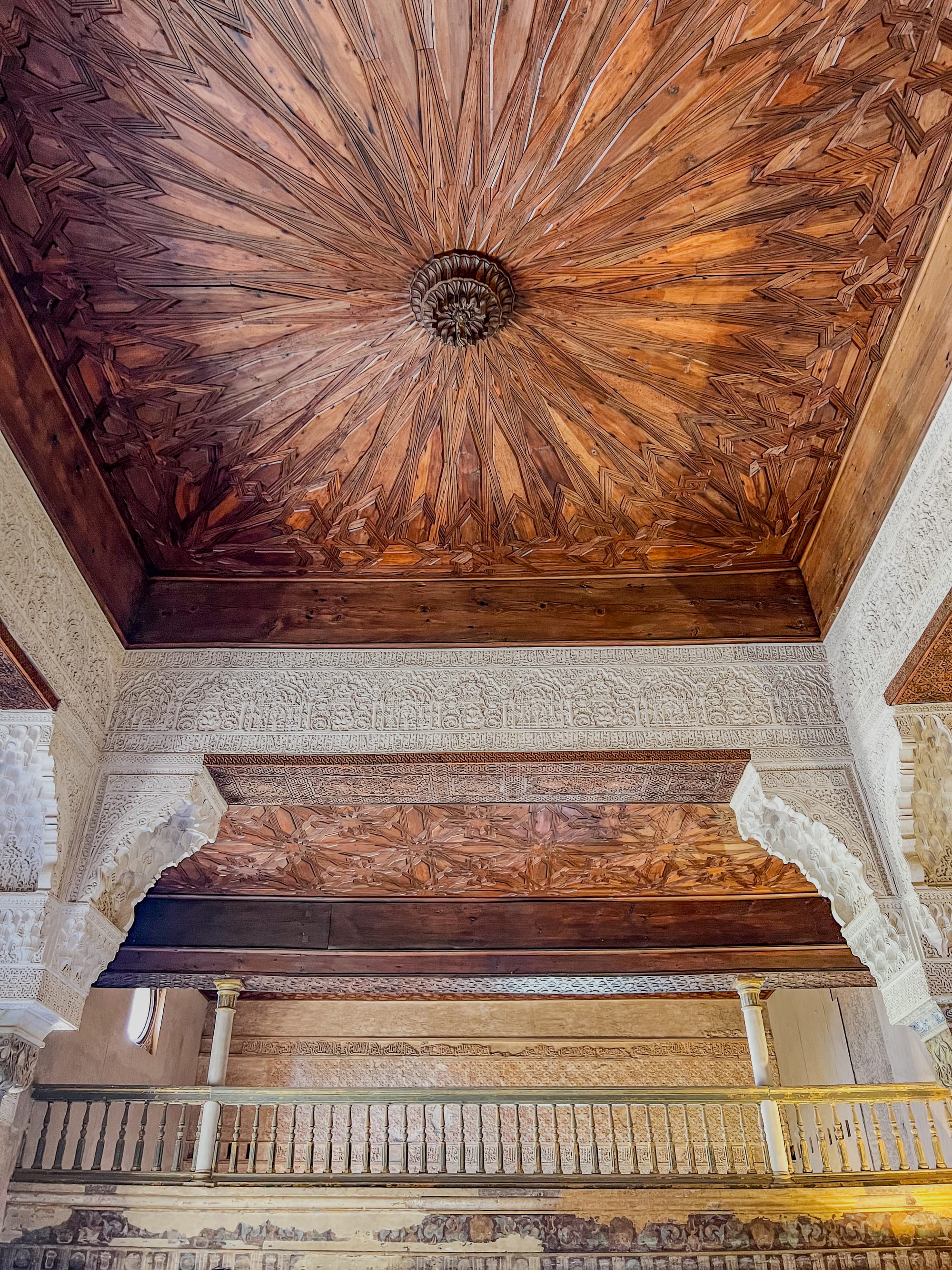
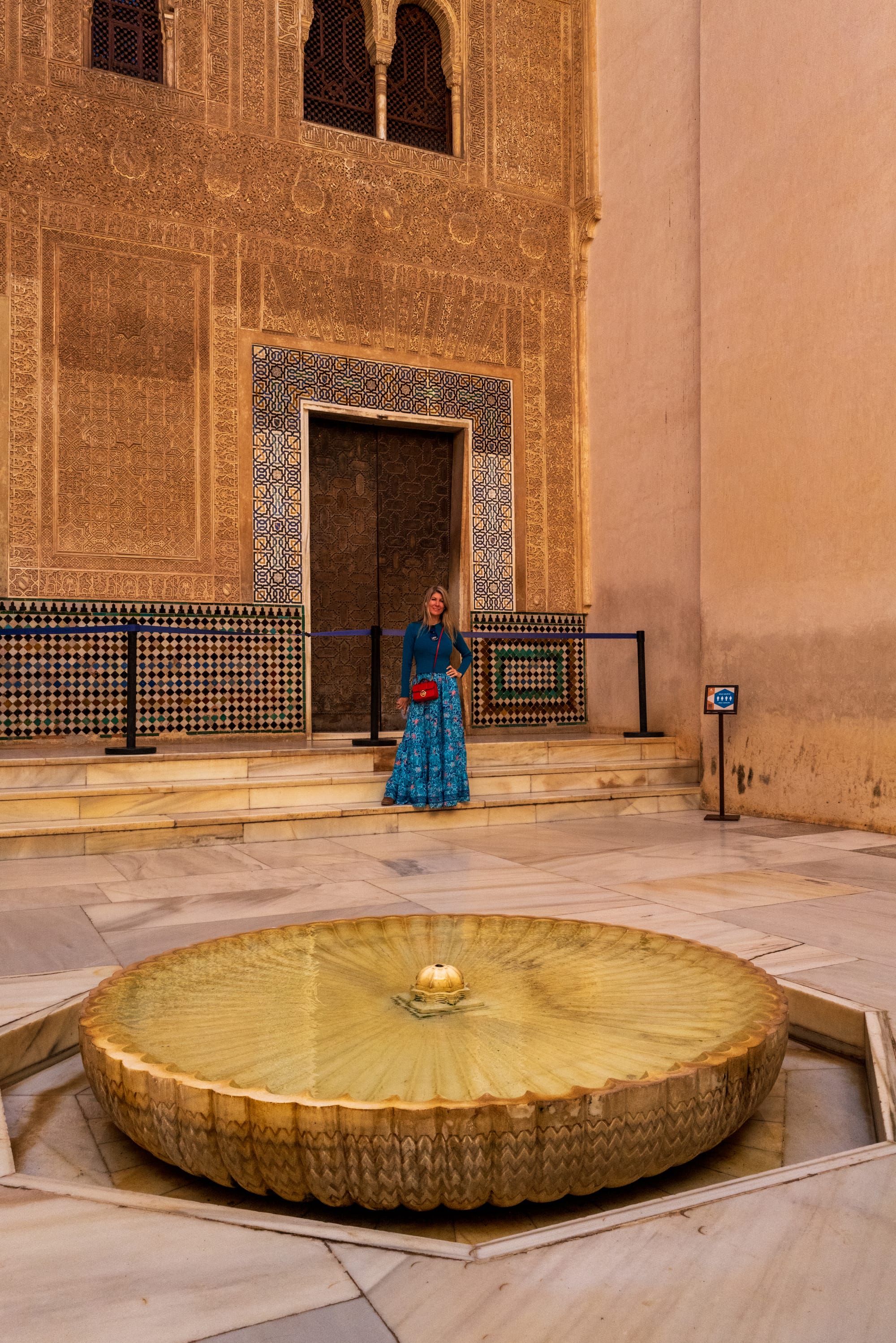
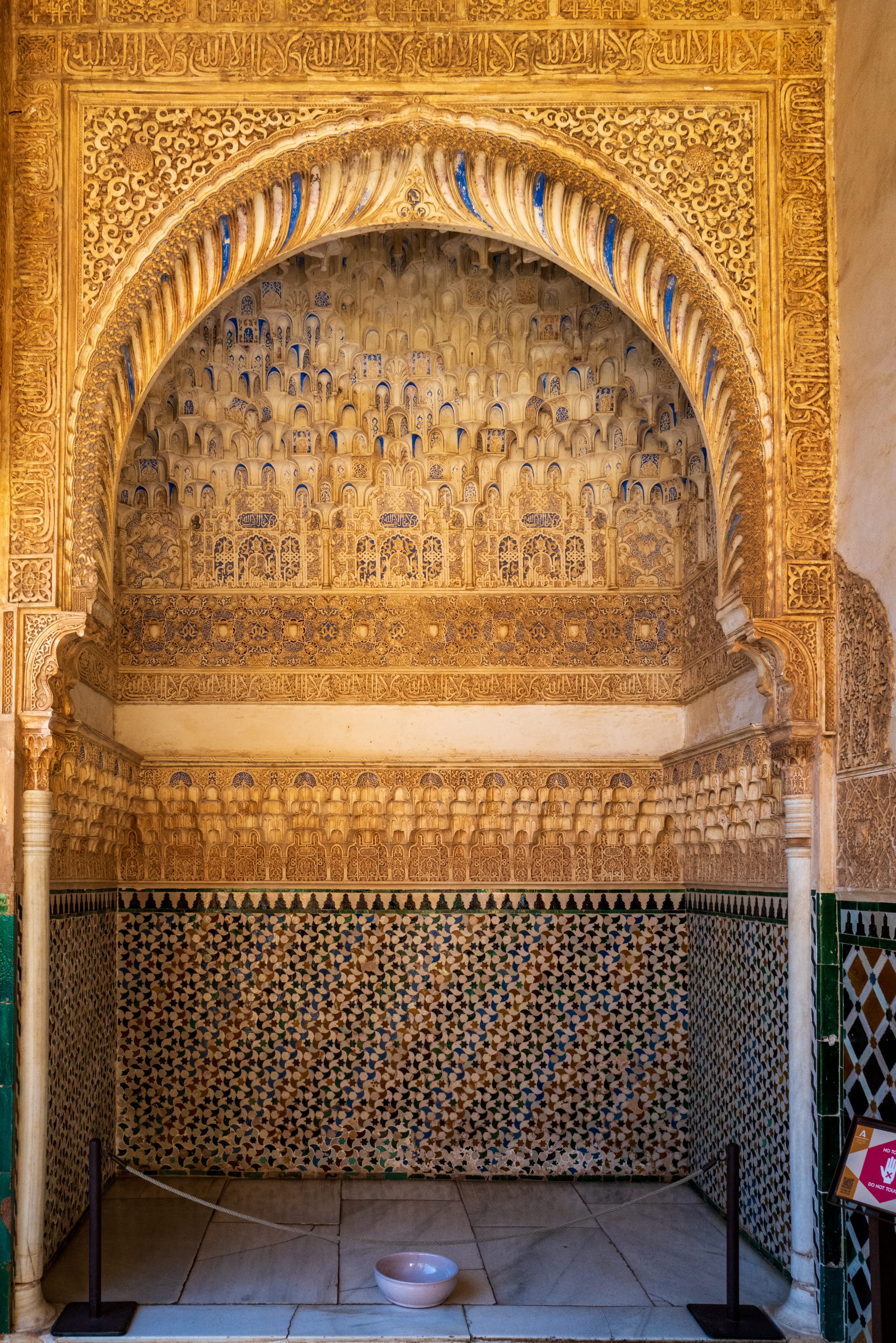
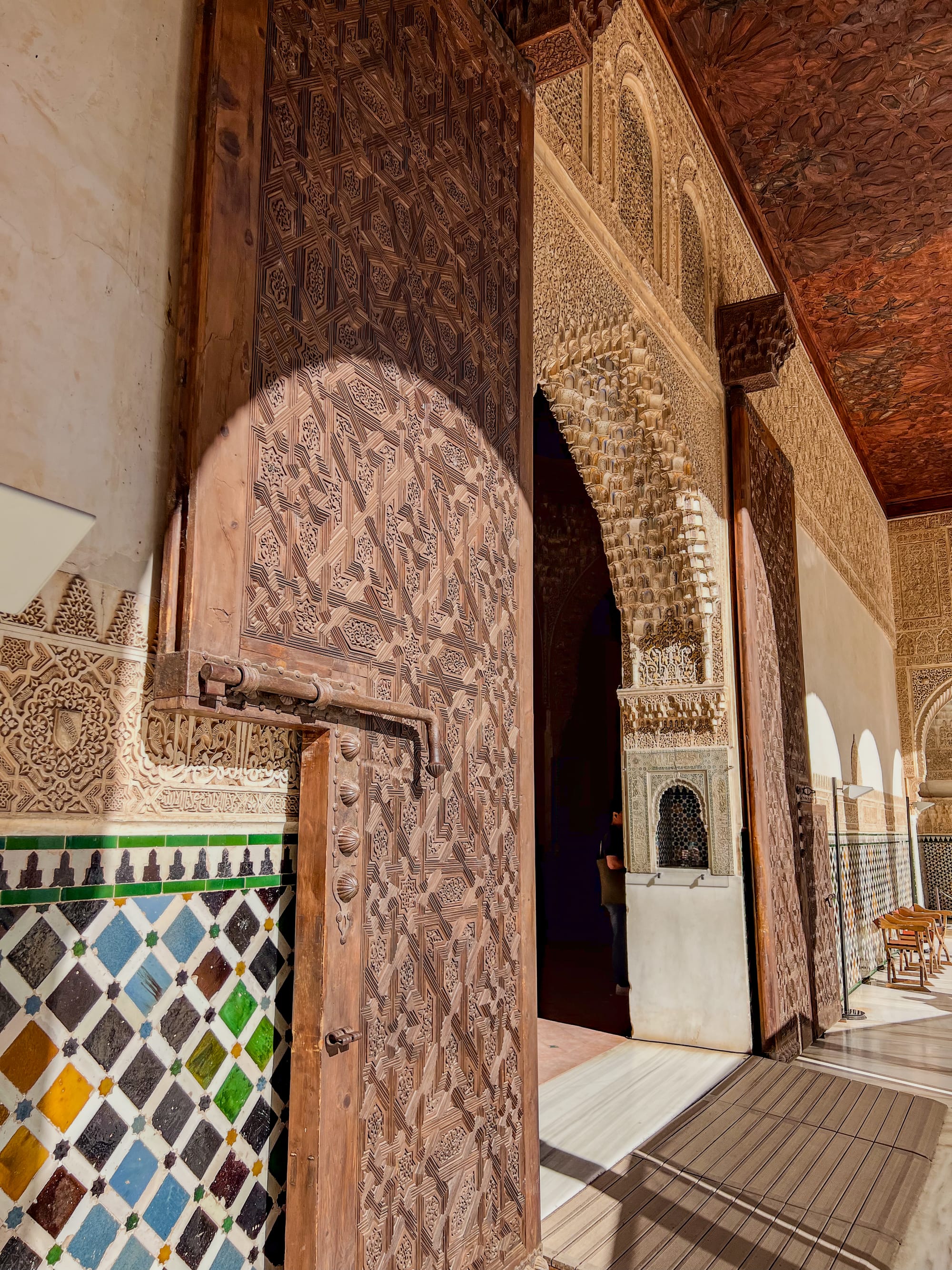
The Mexuar
By the time we finished with Charles V's palace it was time for our entry to the Nasrid Palaces. A walk through the Nasrid Palaces of the Alhambra is a journey through time and into a world architectural brilliance. As we entered, we were greeted by the intricacies of Islamic art and architecture; a hallmark of the Nasrid dynasty. The walls were adorned with elaborate arabesque patterns and calligraphy, offering a glimpse into the artistic and cultural heritage of the Moorish period in Spain. The first palace we encountered was the Mexuar, the oldest part of the complex. It's a space that once served as a council chamber and a place of justice. The ornate wooden ceilings and beautifully tiled floors set the tone for the marvels to come...
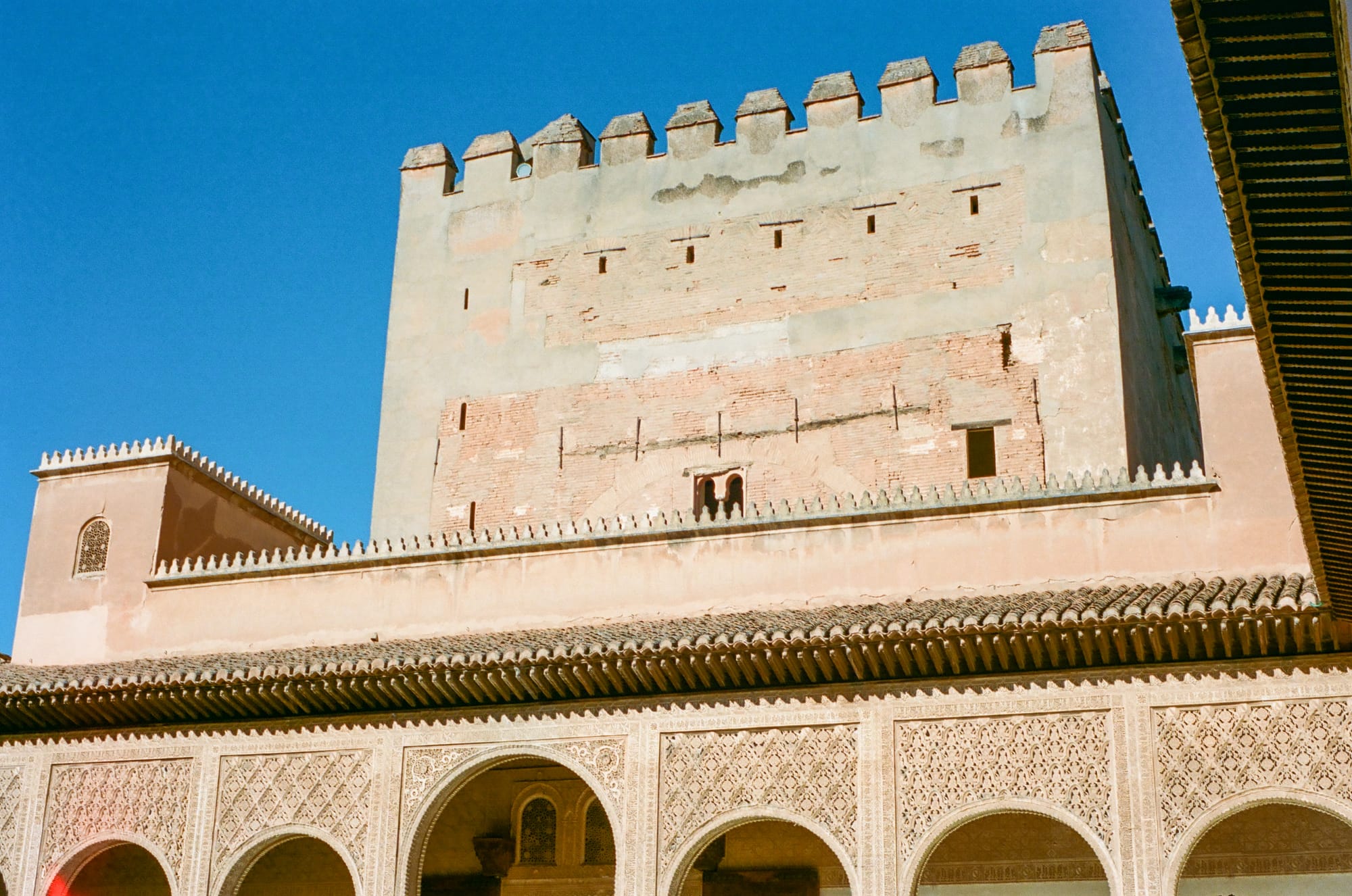
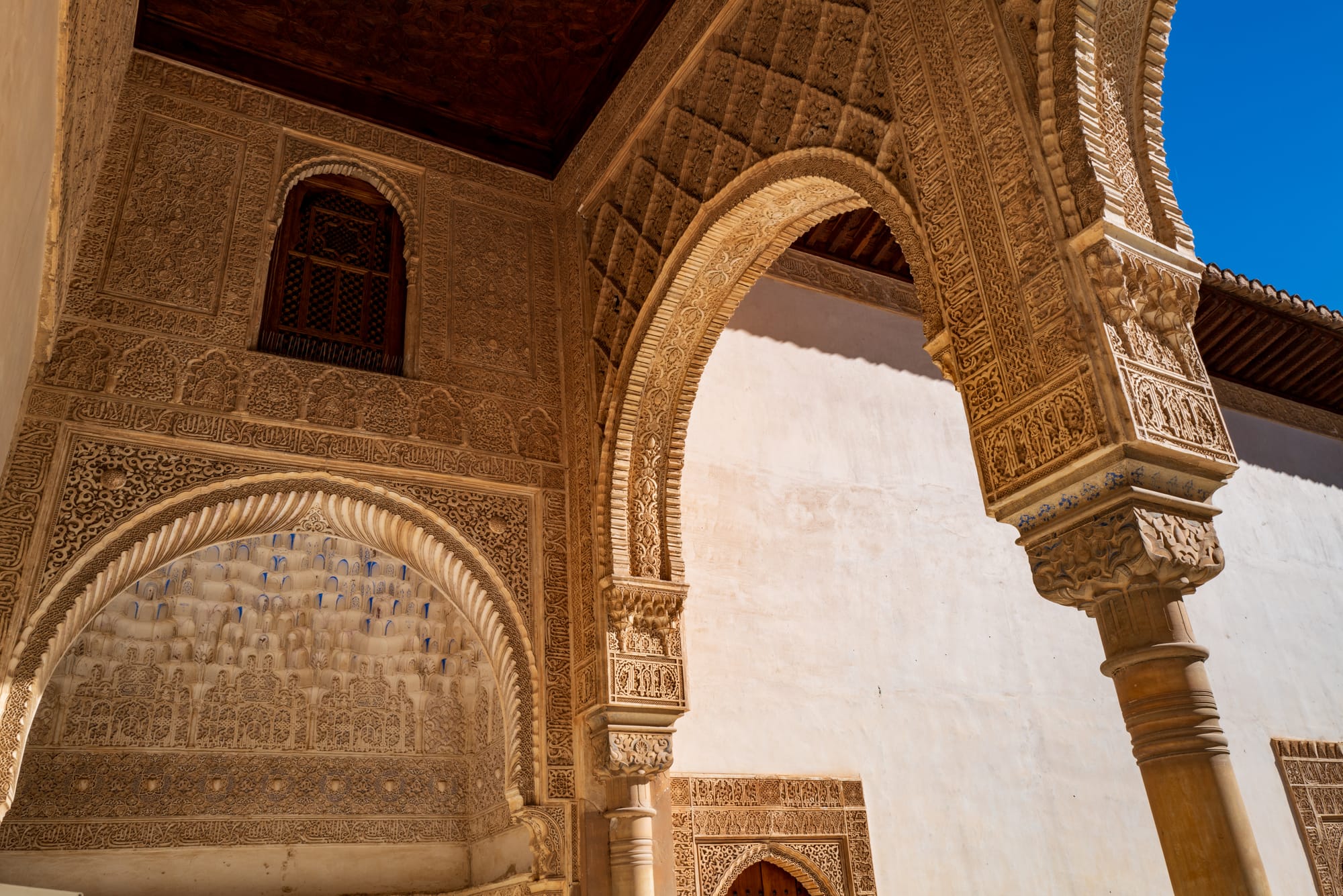
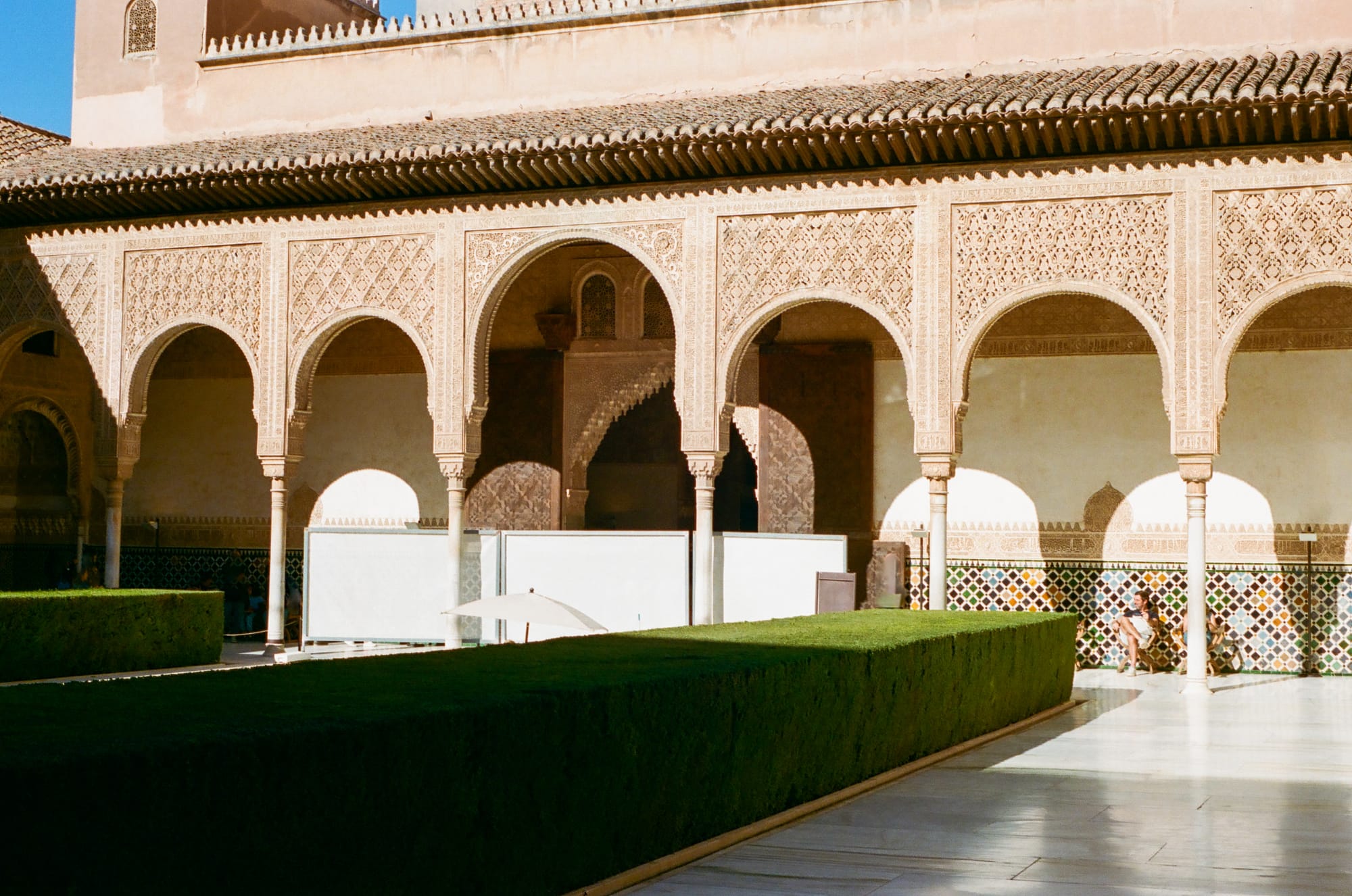
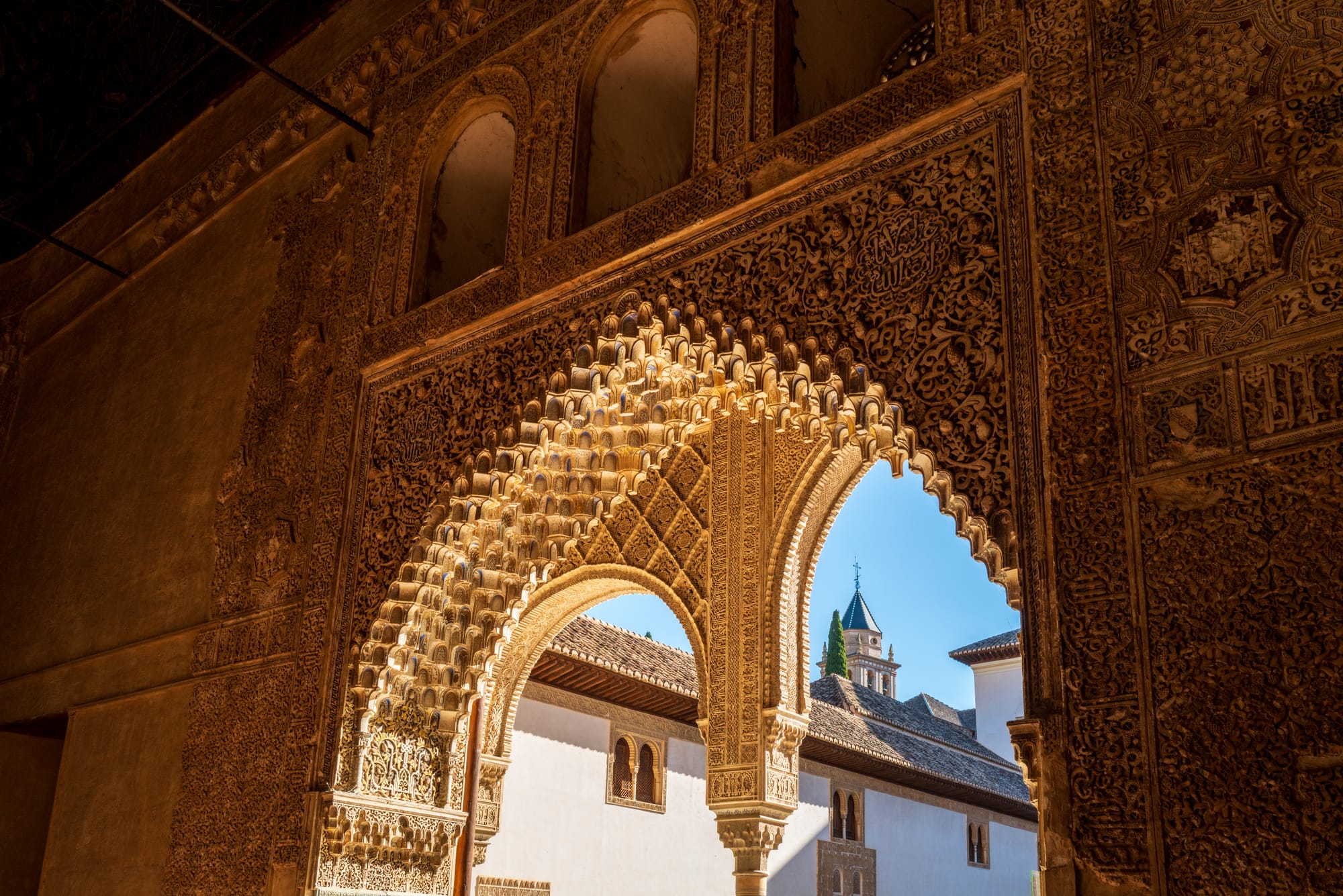
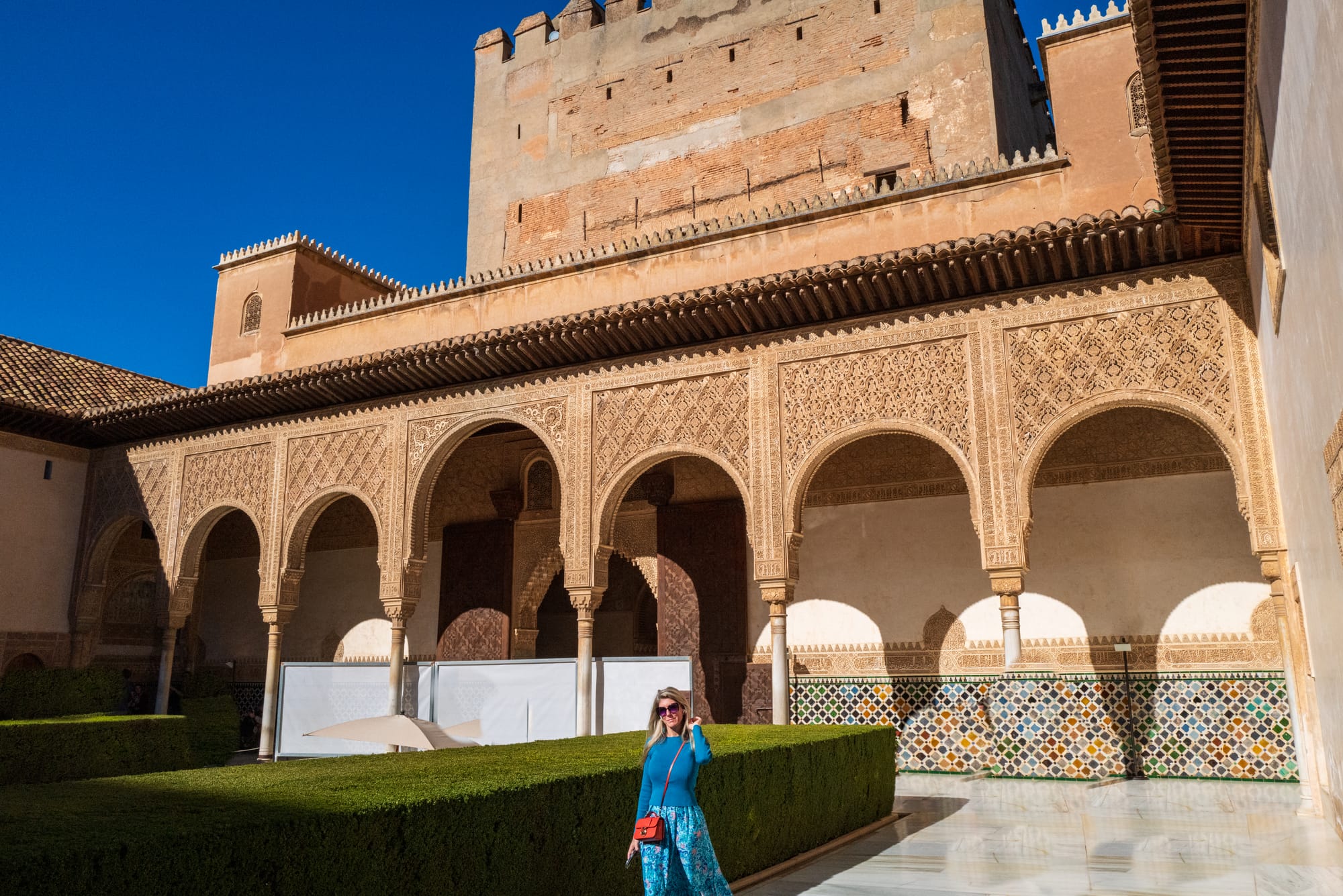
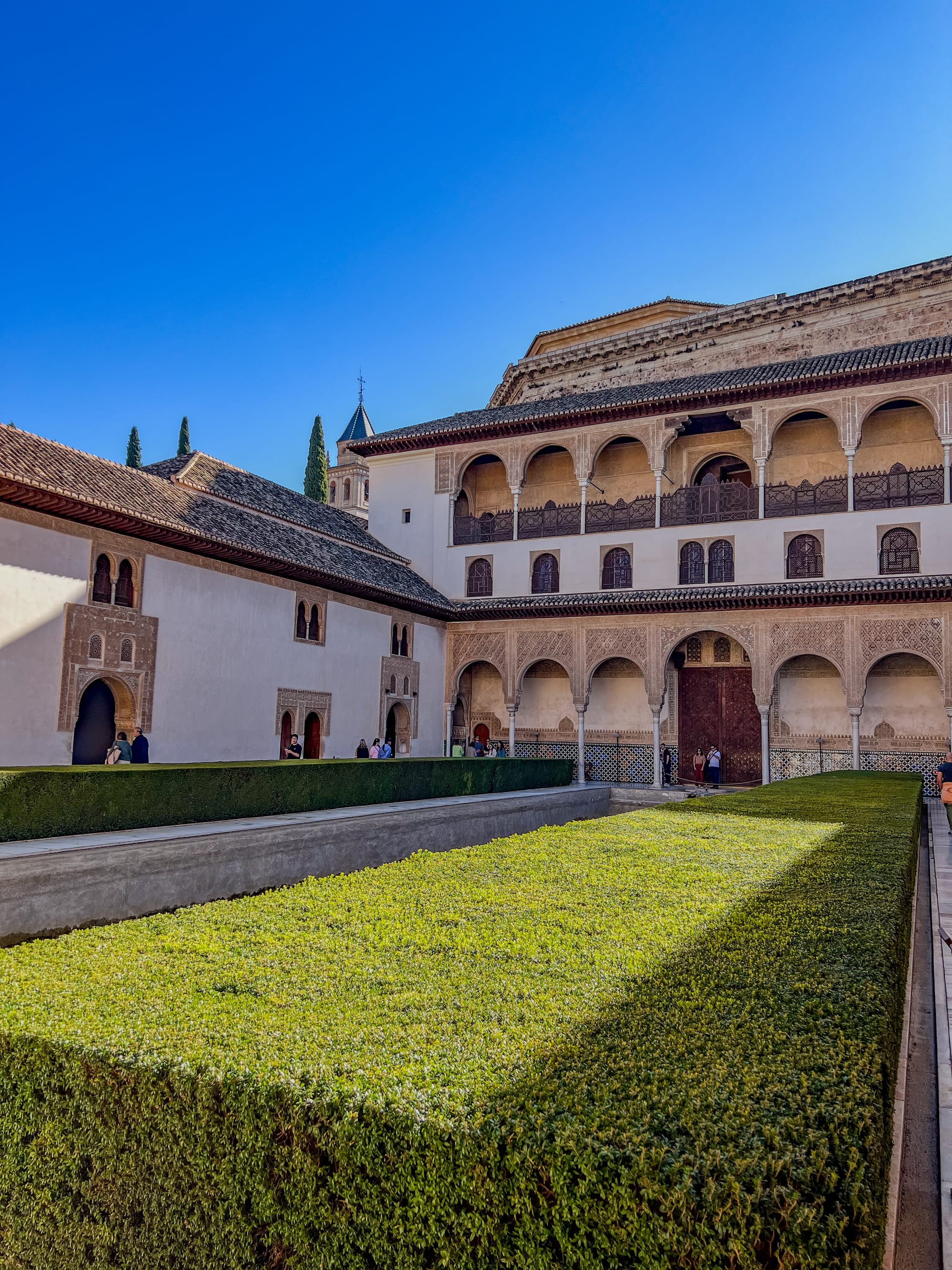
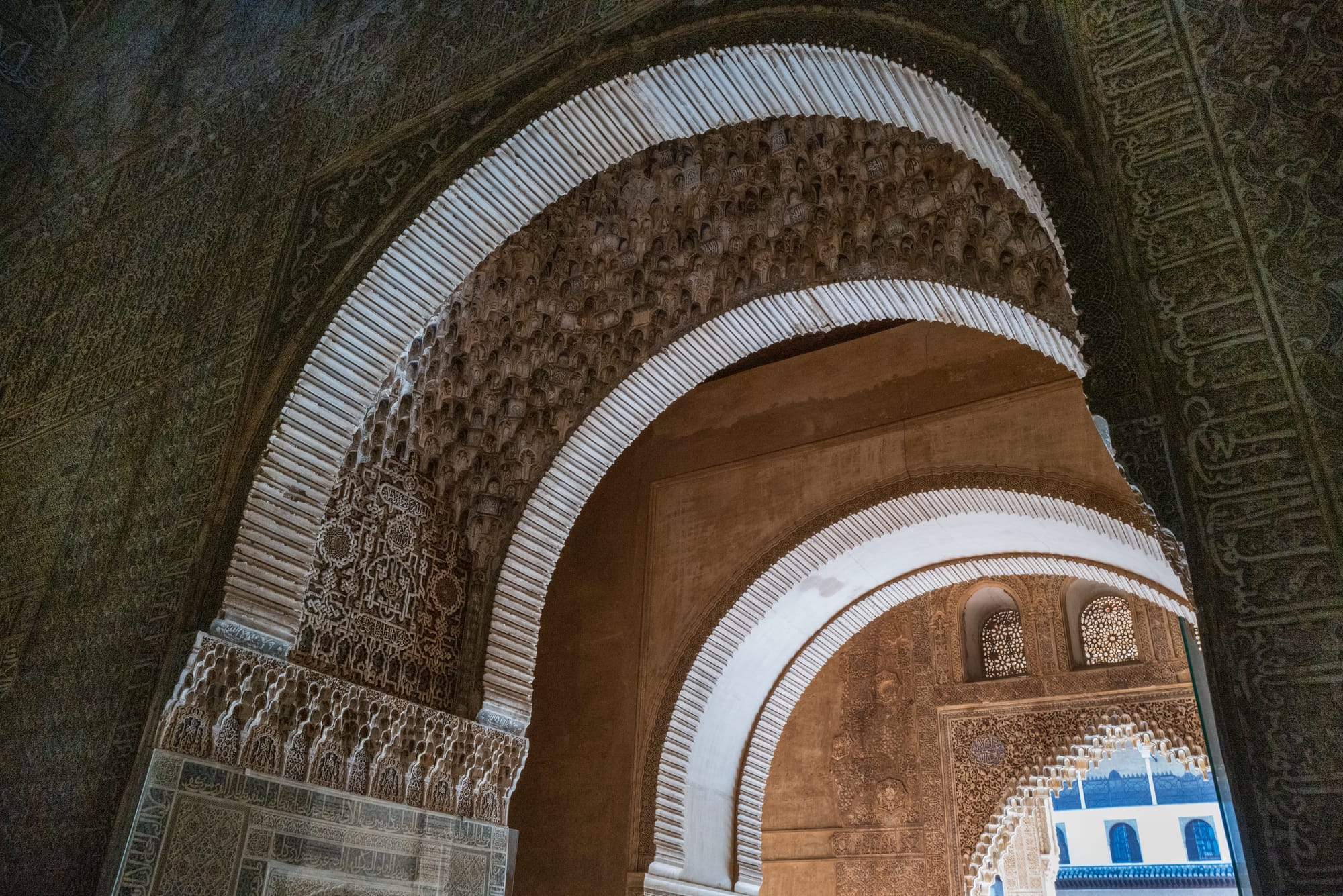
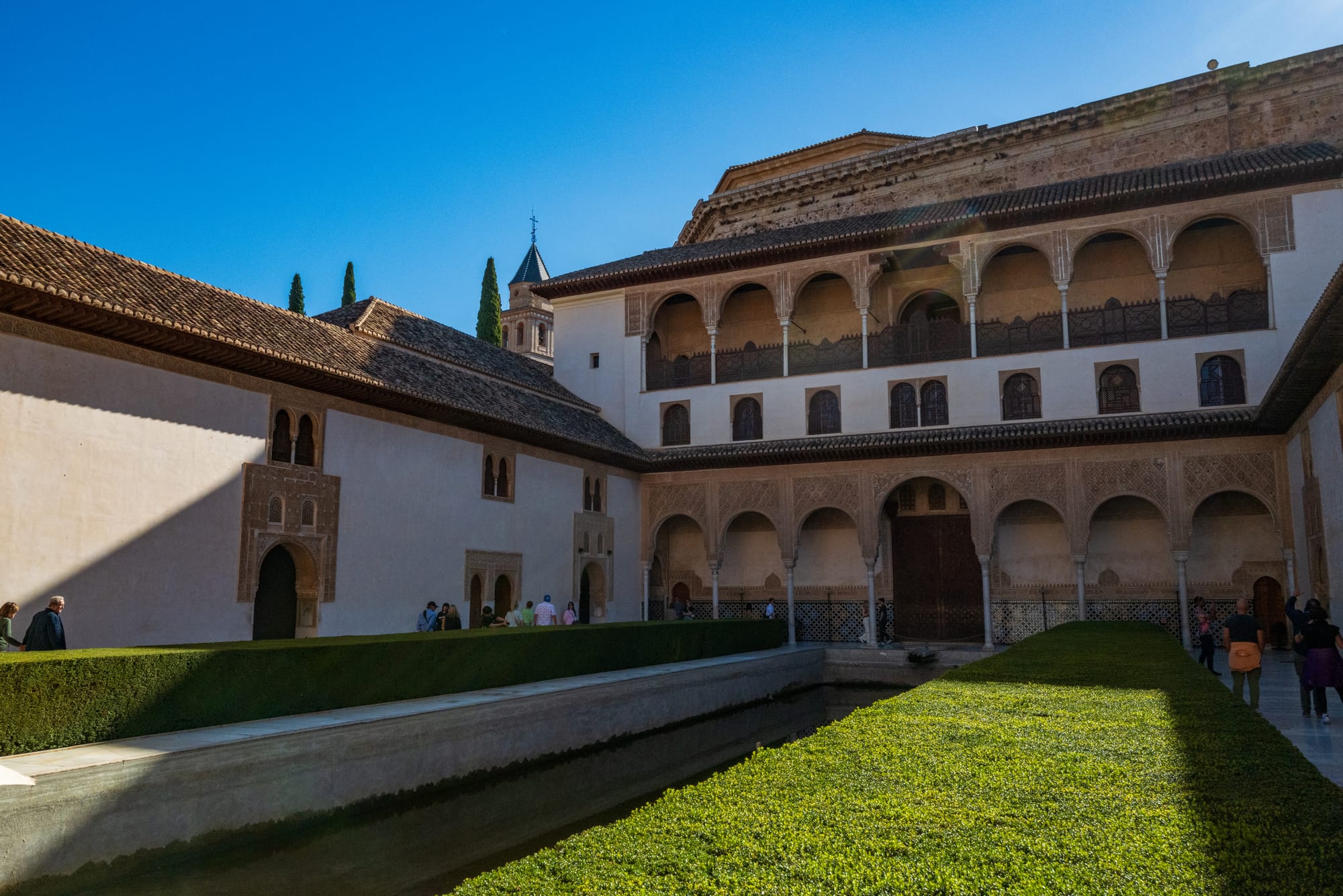
Palace of Comares
Next, we moved to the Palace of Comares, the official residence of the Sultan. The centerpiece here is the Comares Hall, with its towering facade and the large reflective pool that stretches out in front of it in the Court of the Myrtles. Unfortunately, in our case the reflecting pool was drained for ongoing maintenance, but it was impressive none the less.
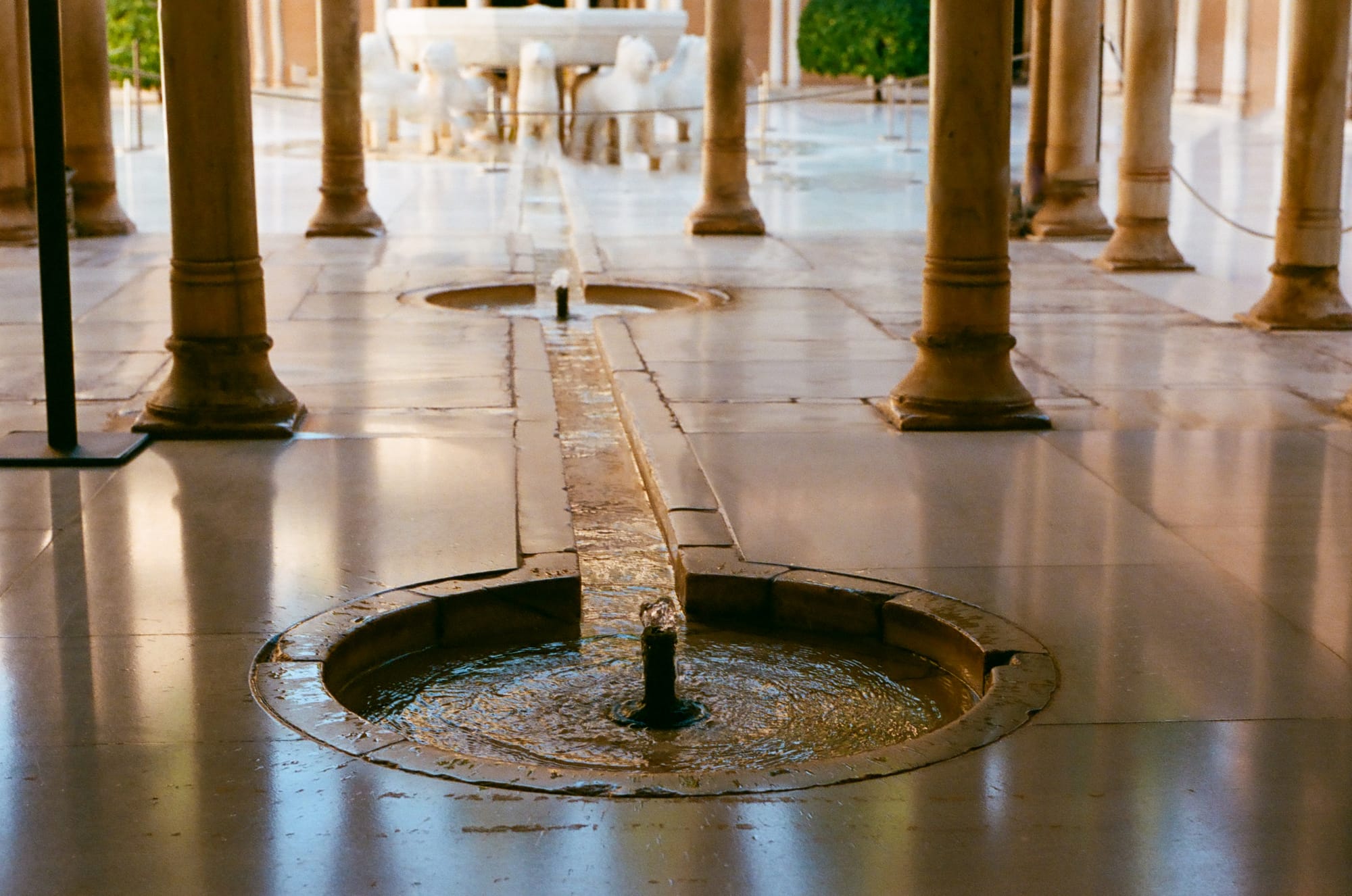
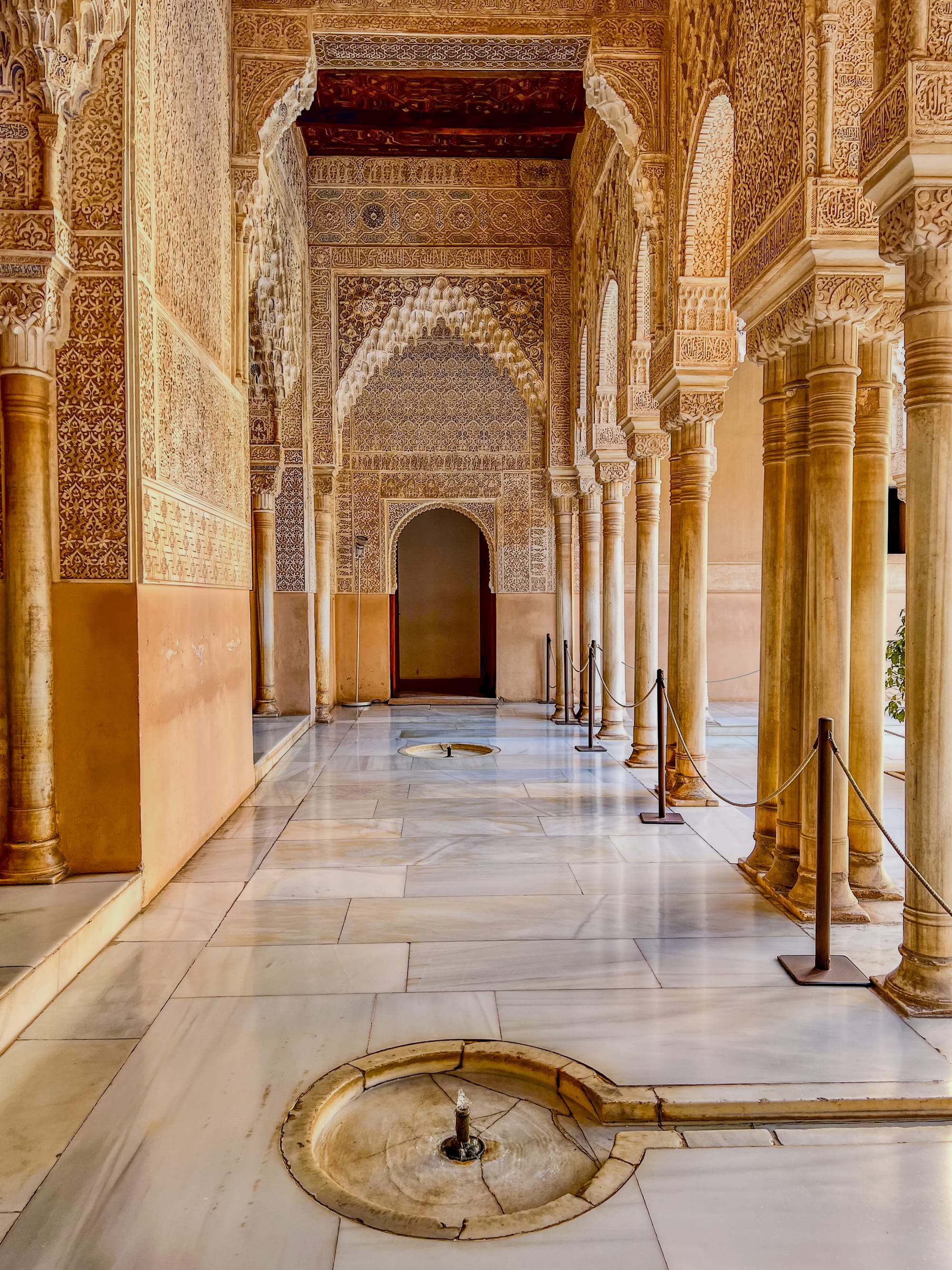
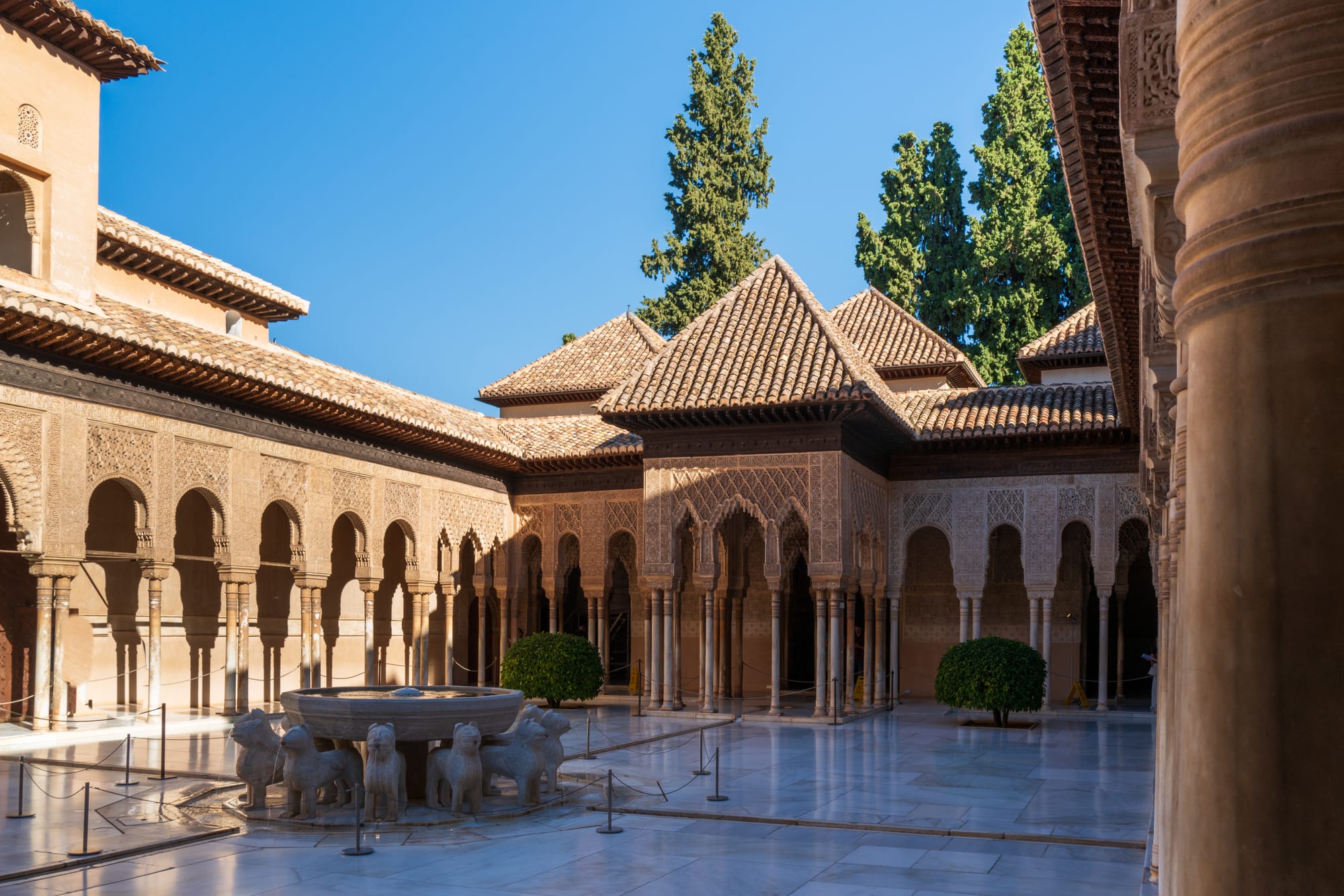
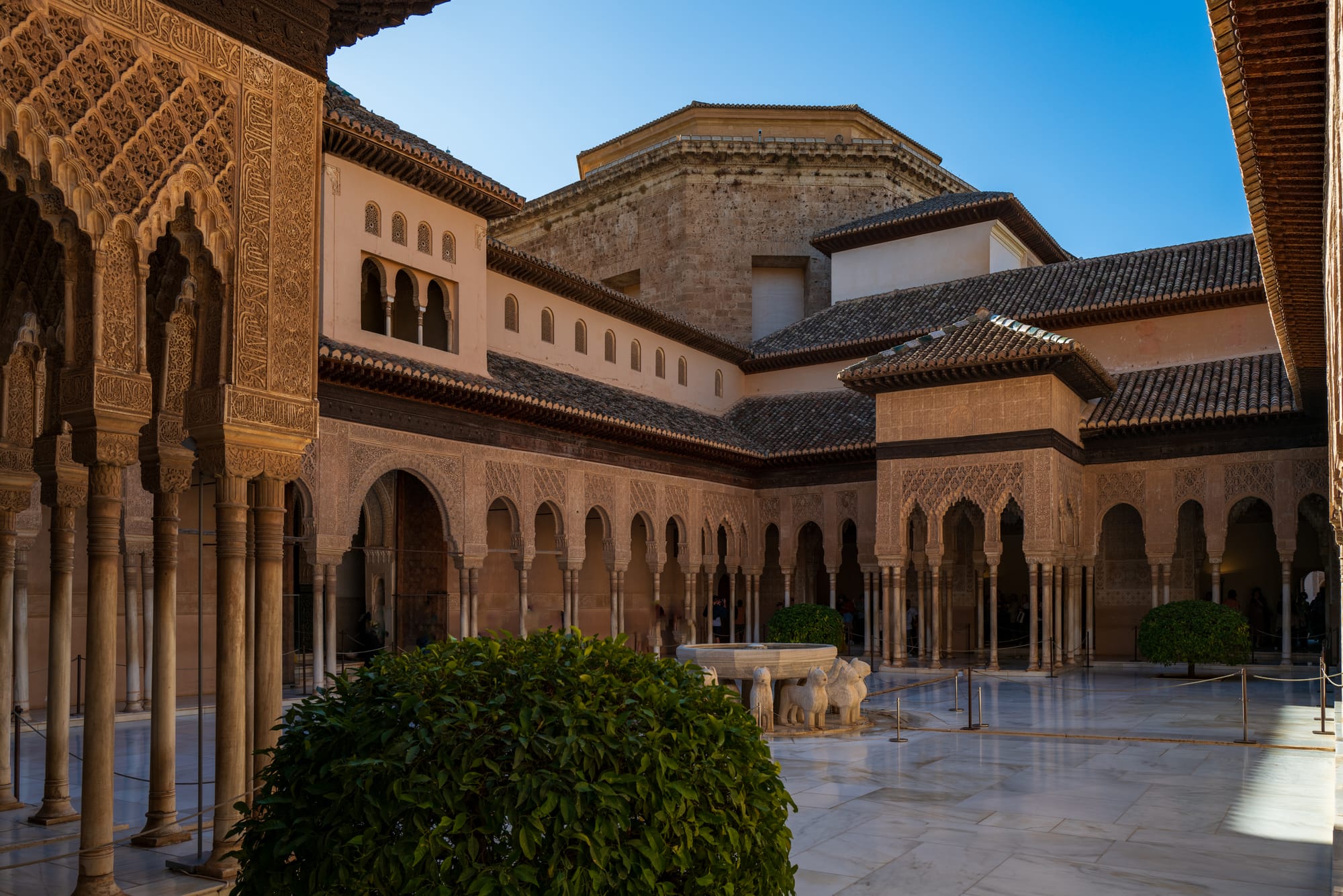
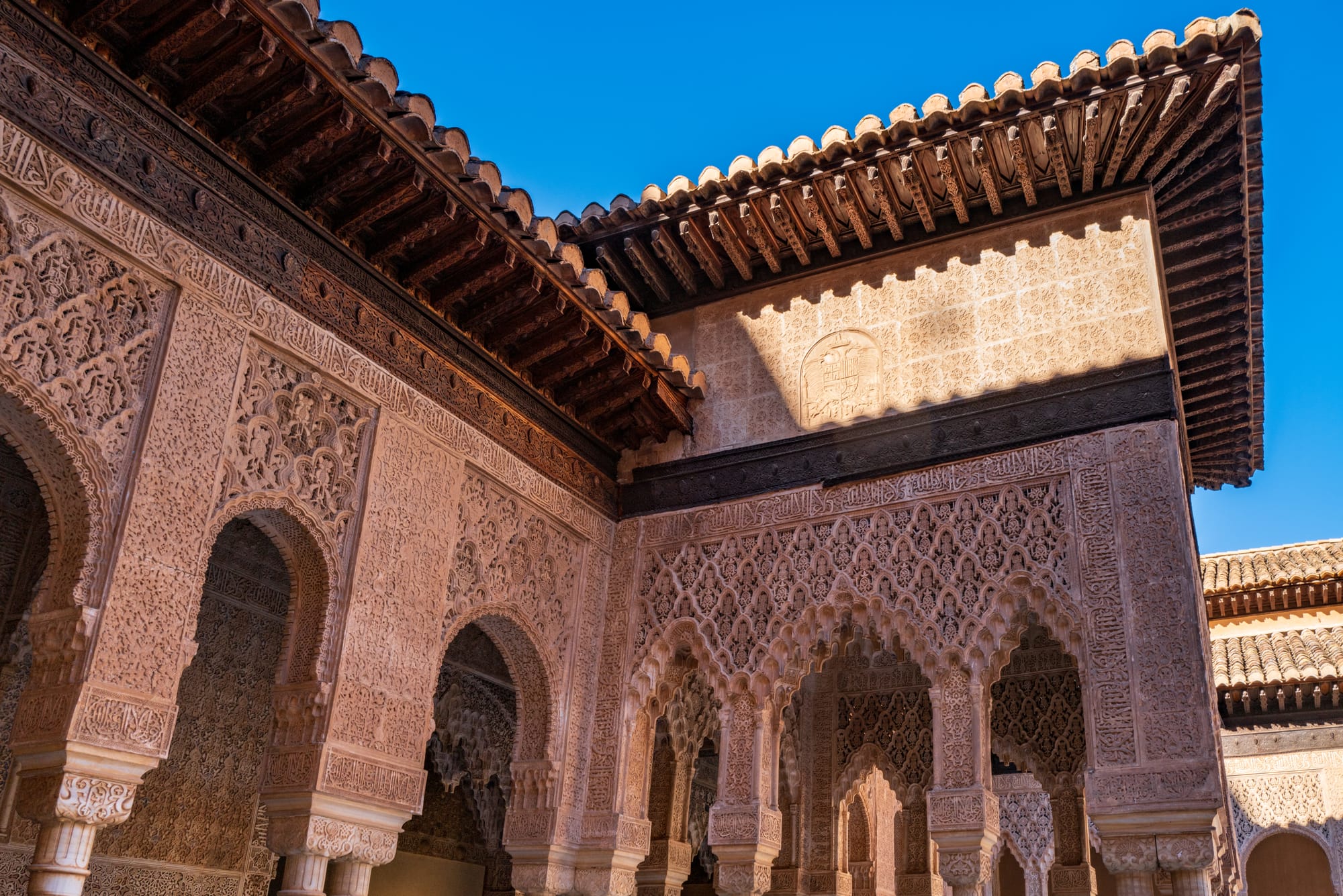
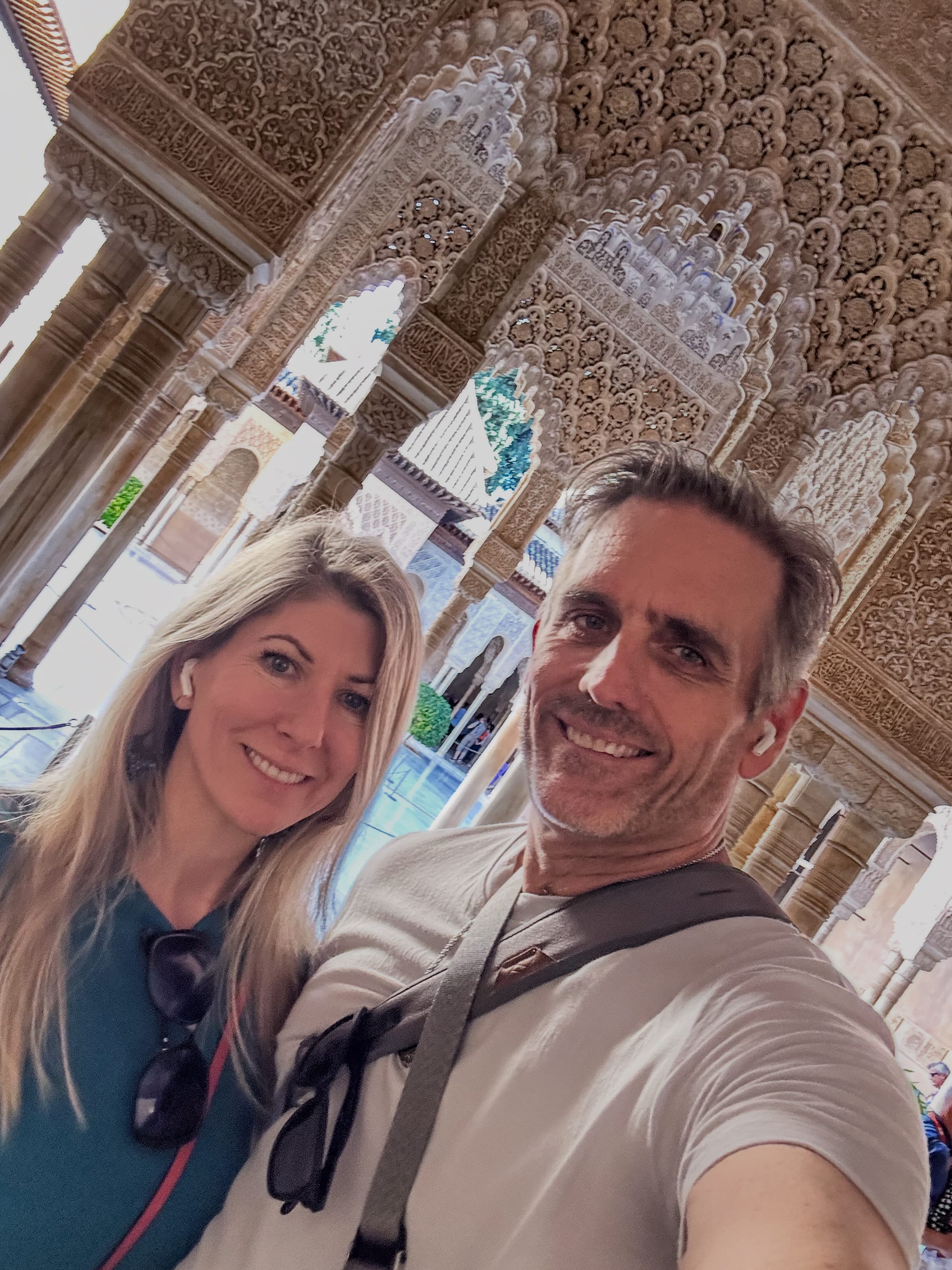
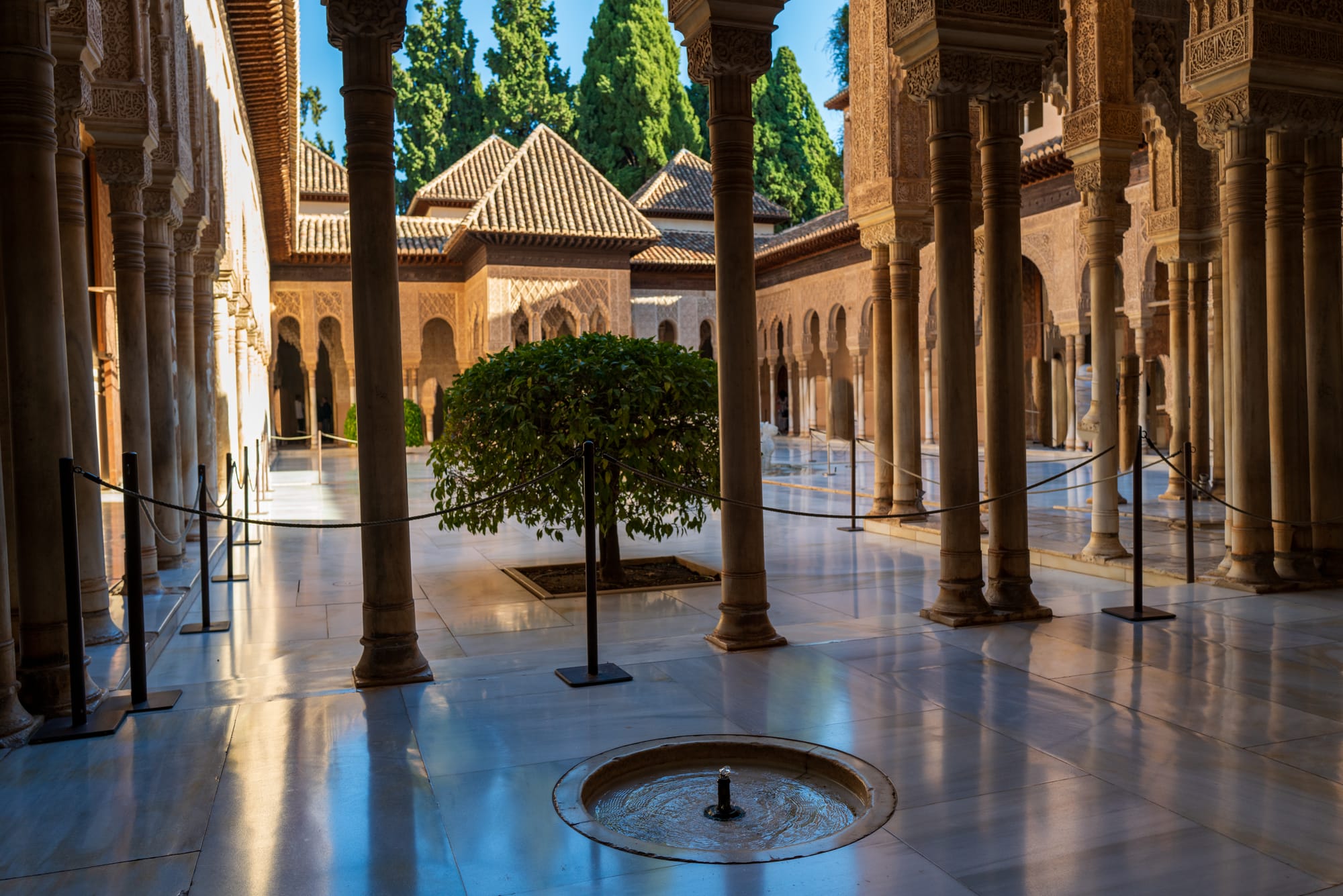
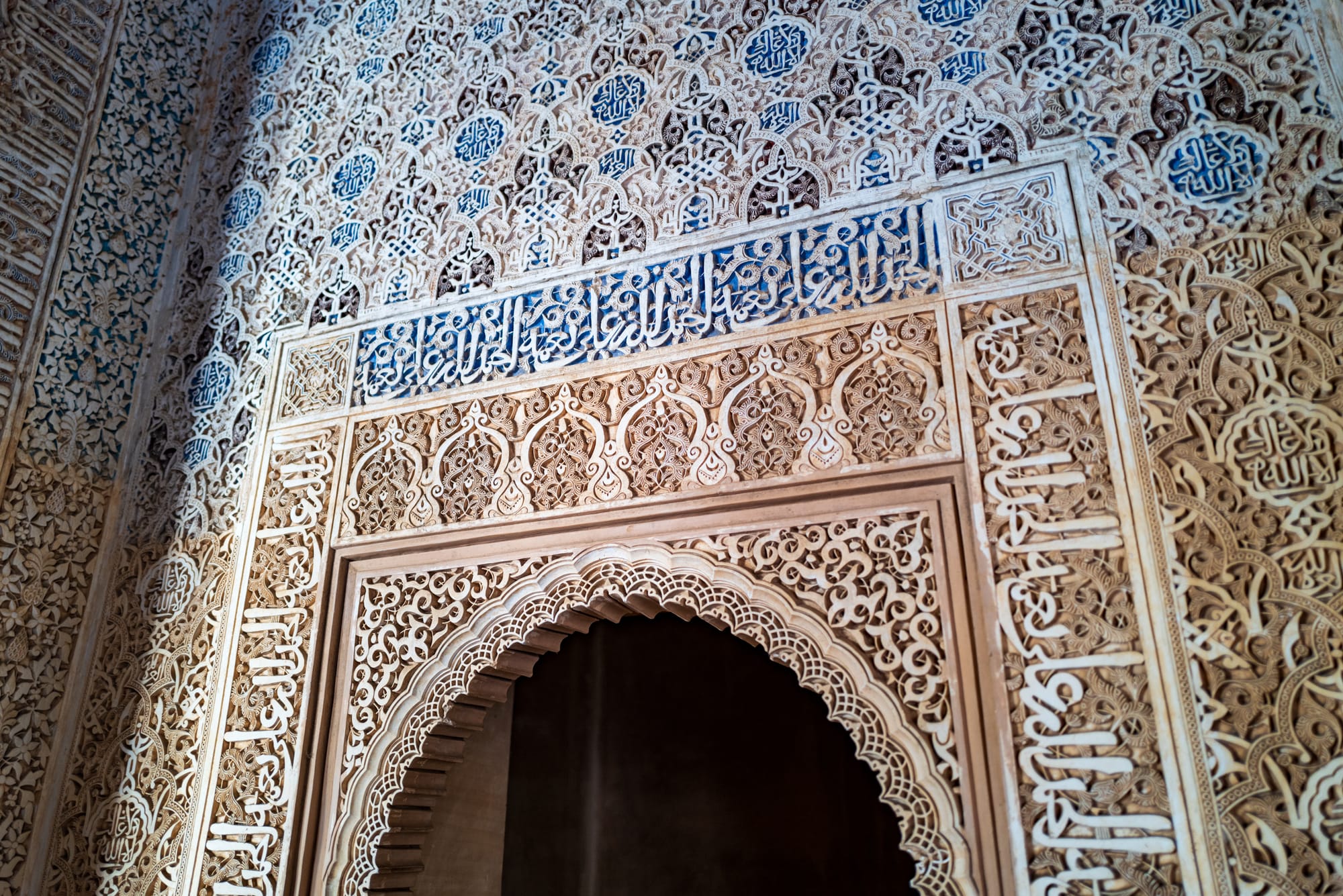
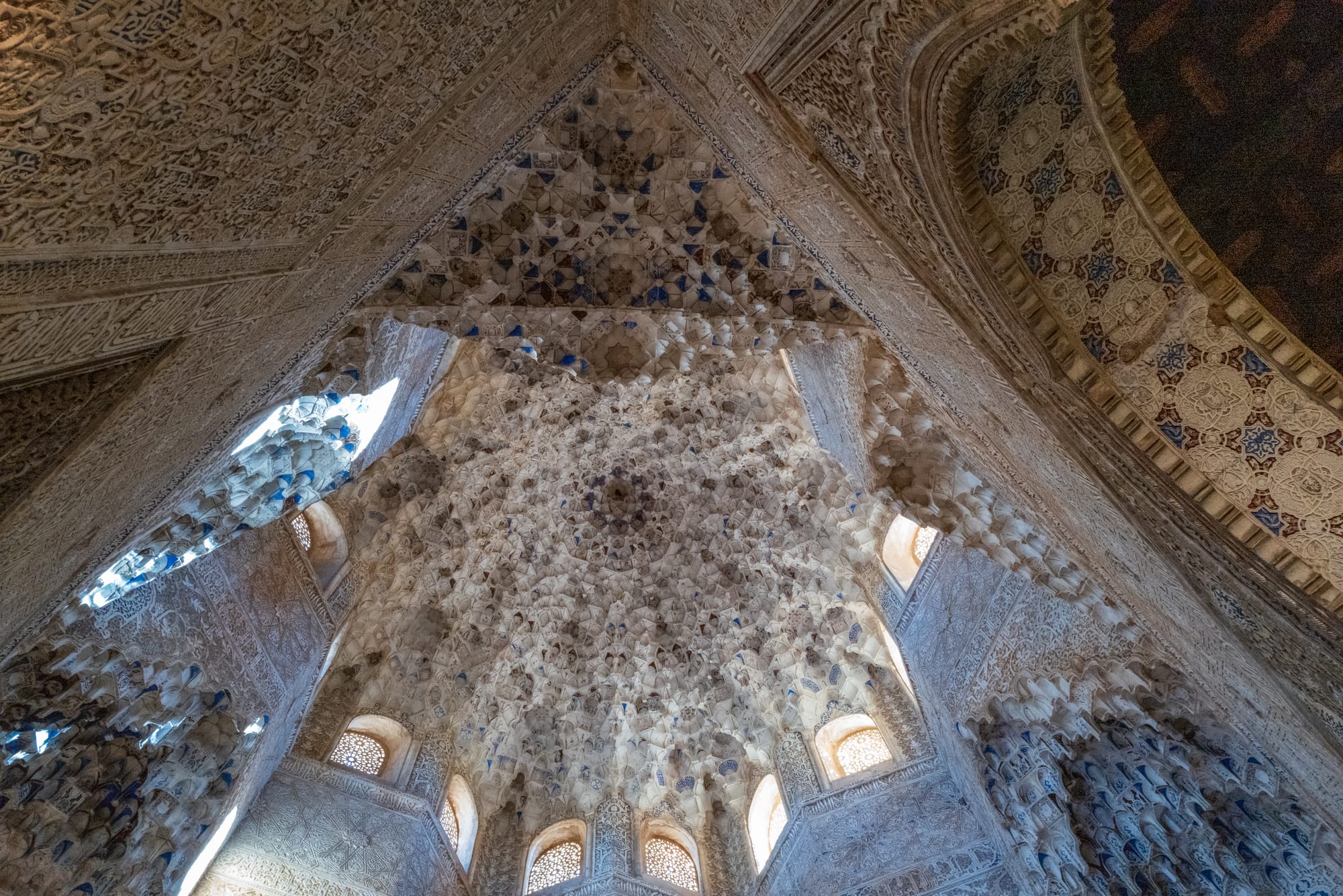
Palace of the Lions
We then entered the Palace of the Lions, named after the famous Fountain of Lions in its courtyard. This is a masterpiece of Islamic art, with its 12 marble lions symbolizing power and strength, and intricate stucco work with an array of columns to create a sense of awe throughout. It was simply breathtaking.
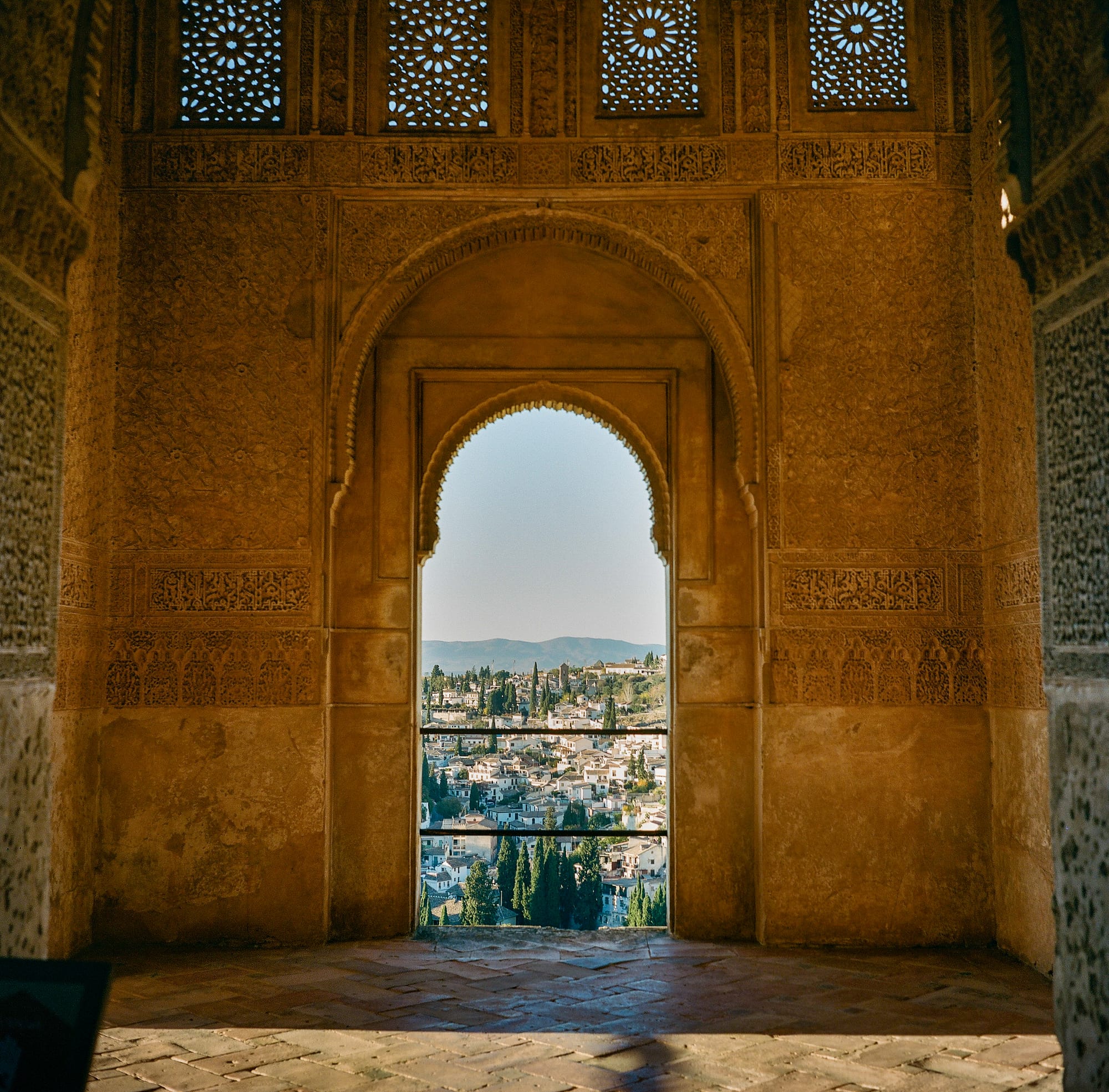
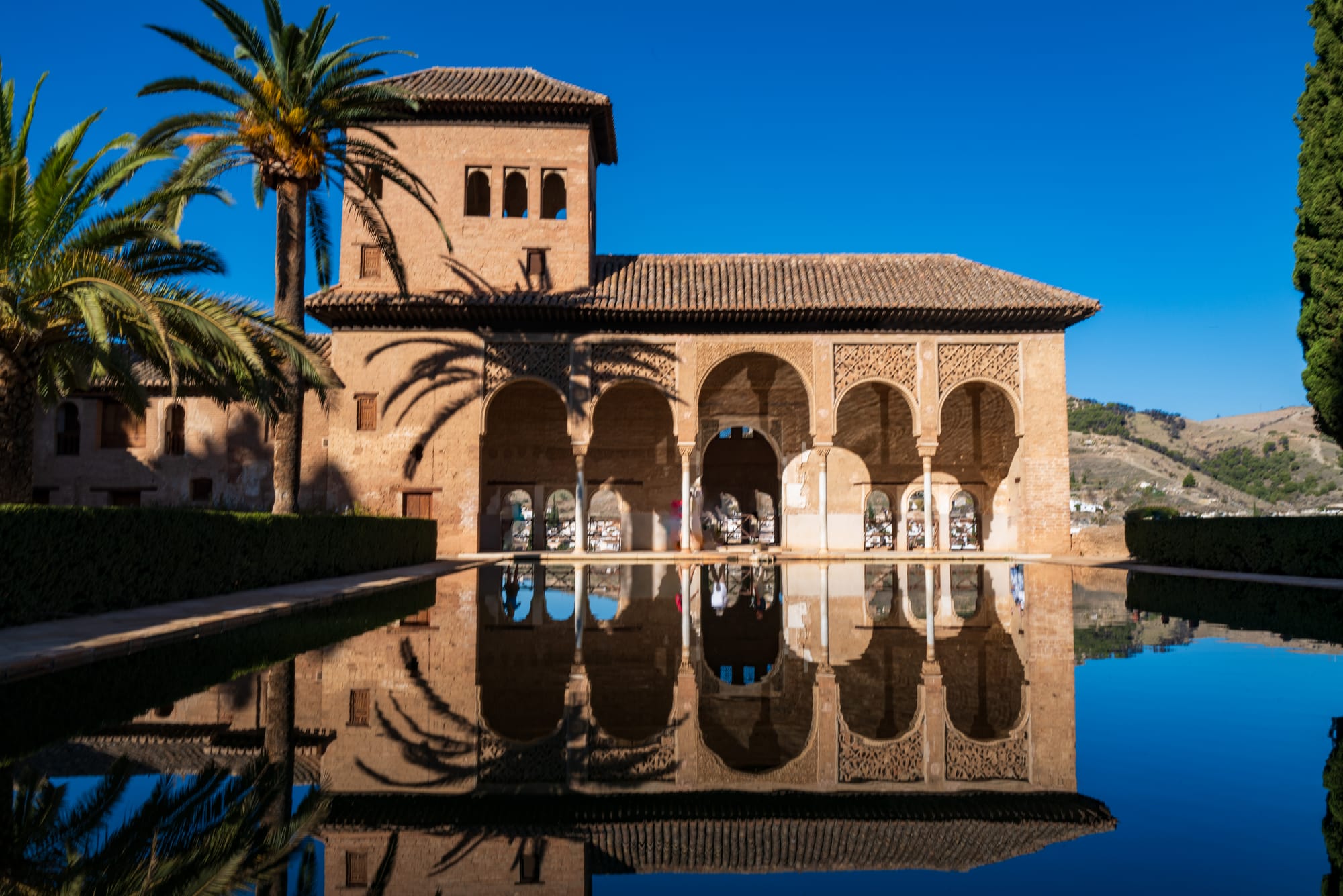
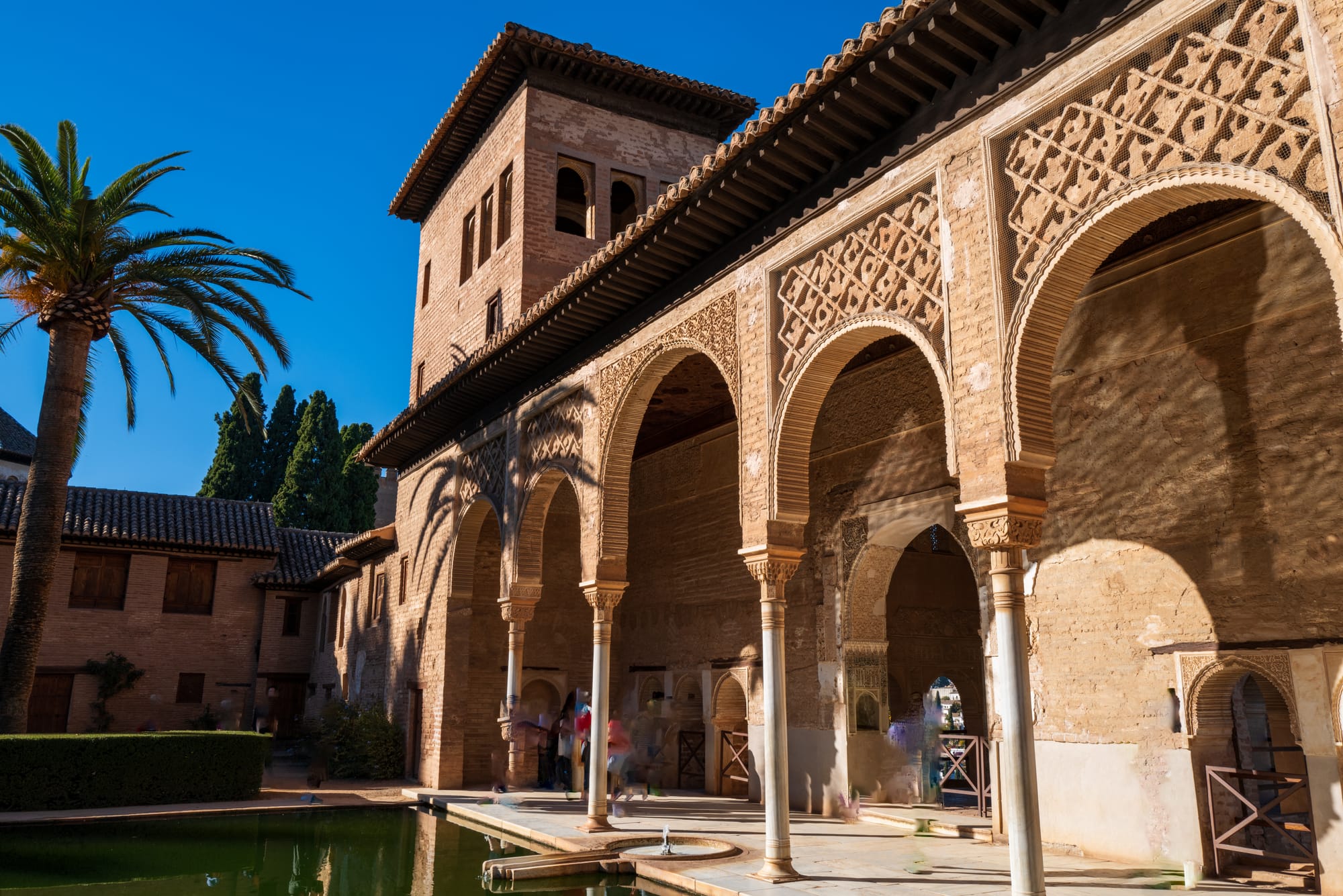
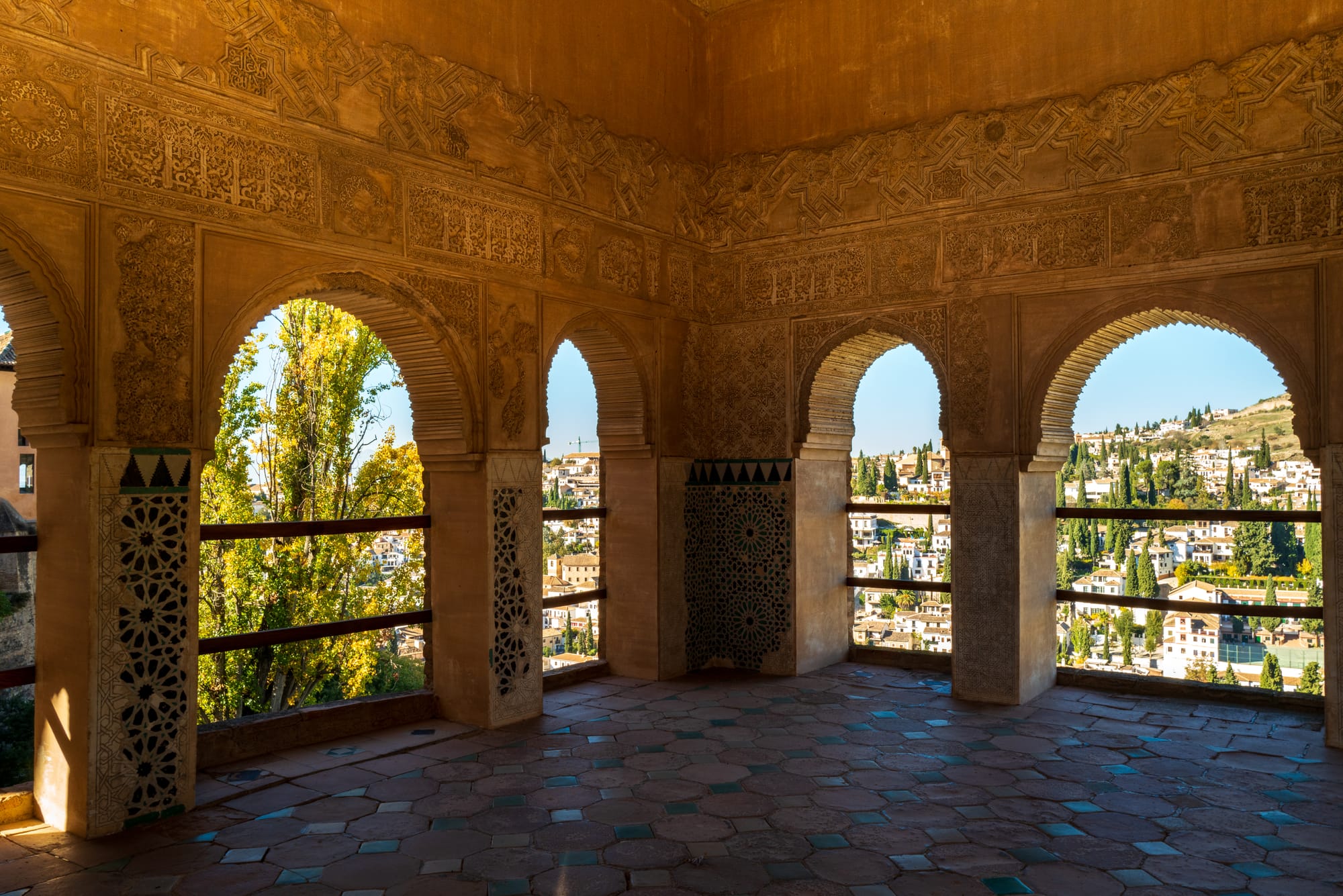
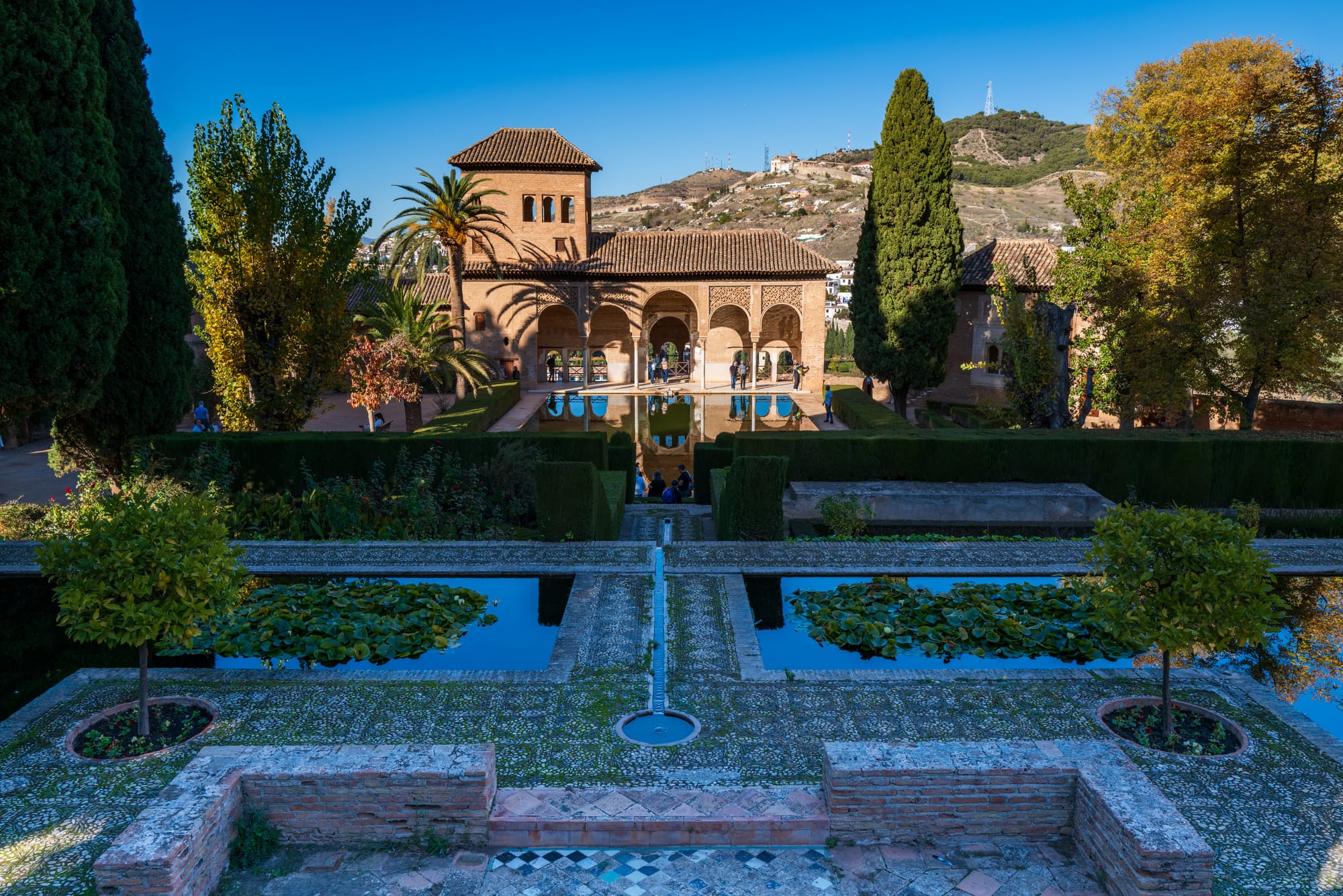
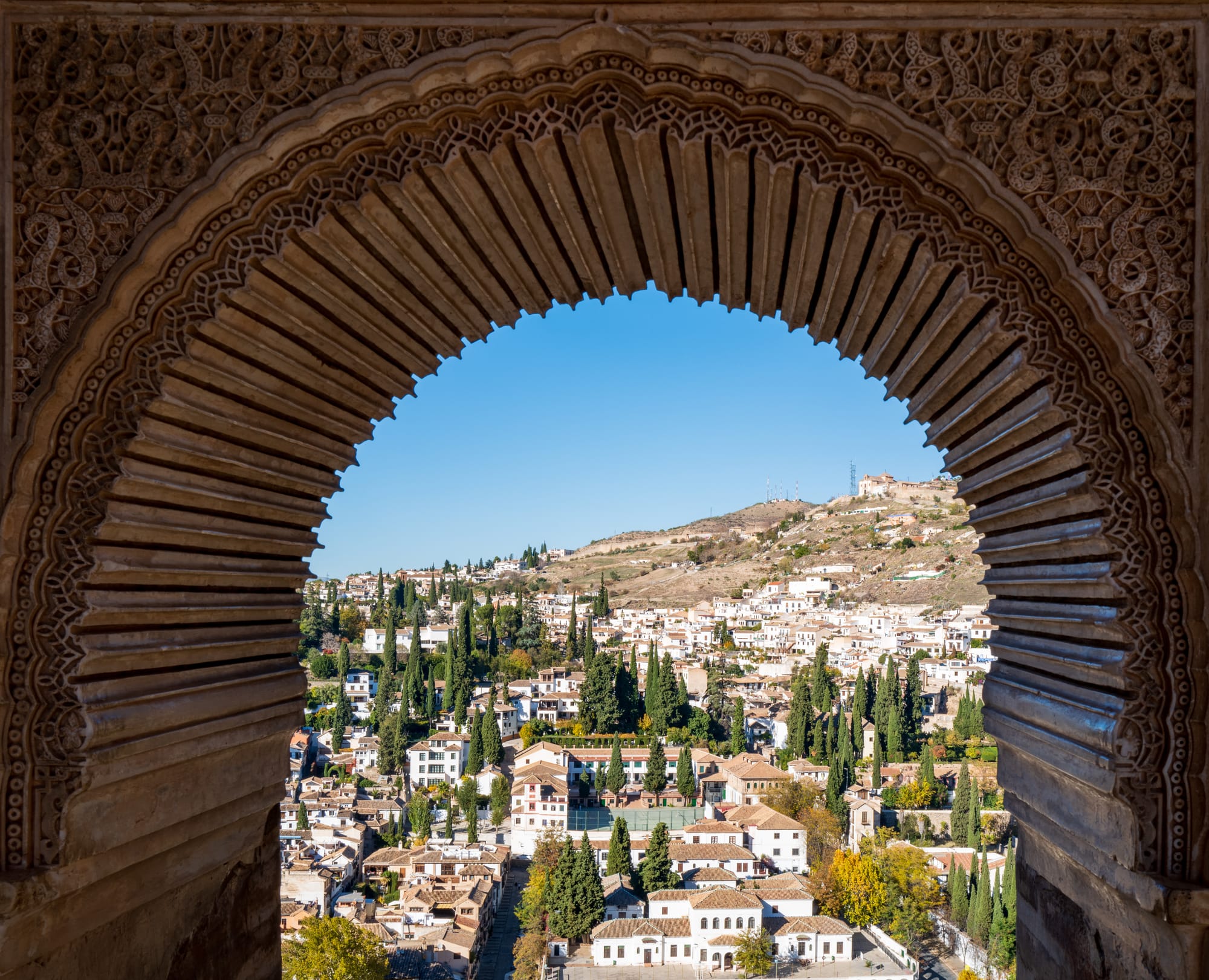
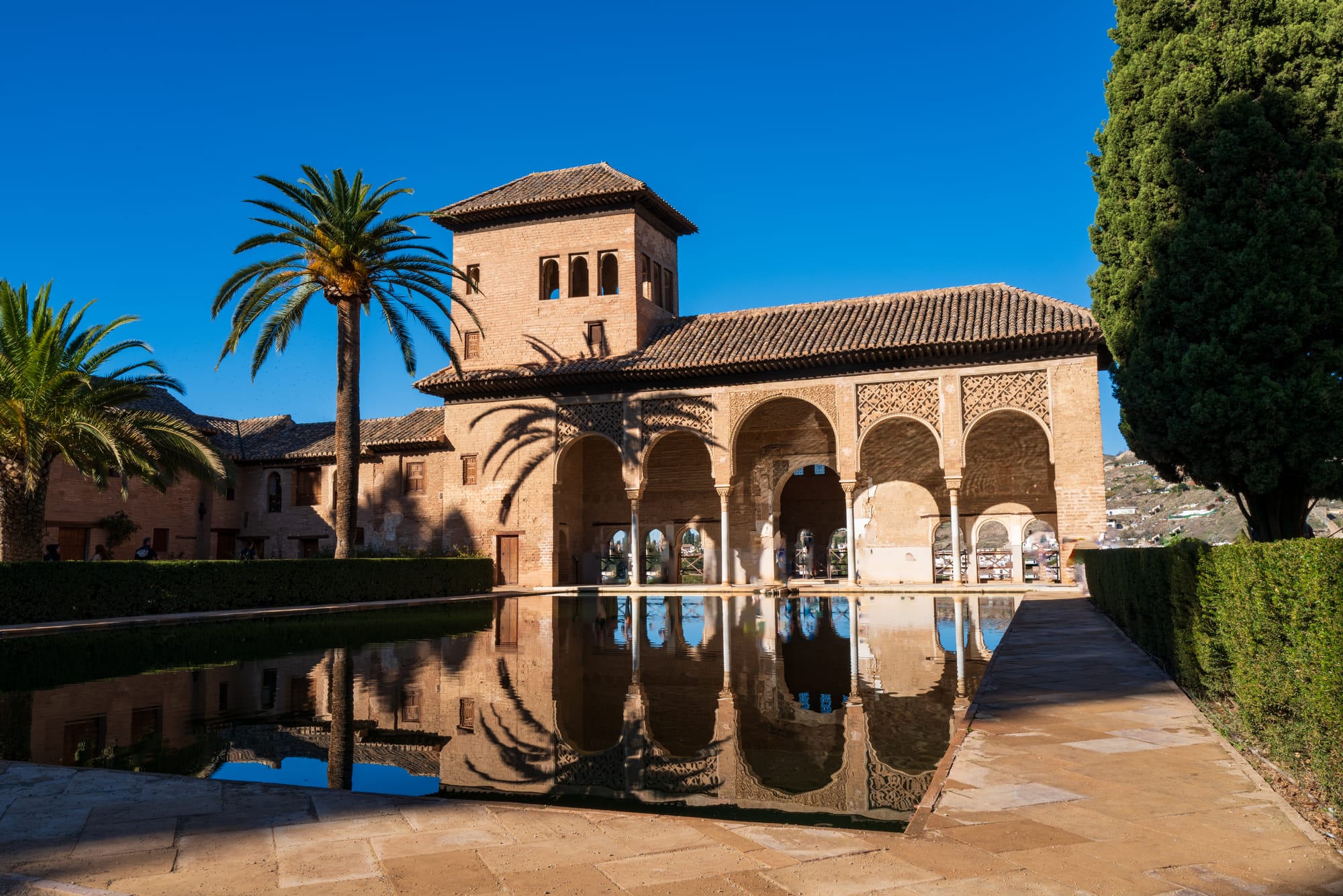
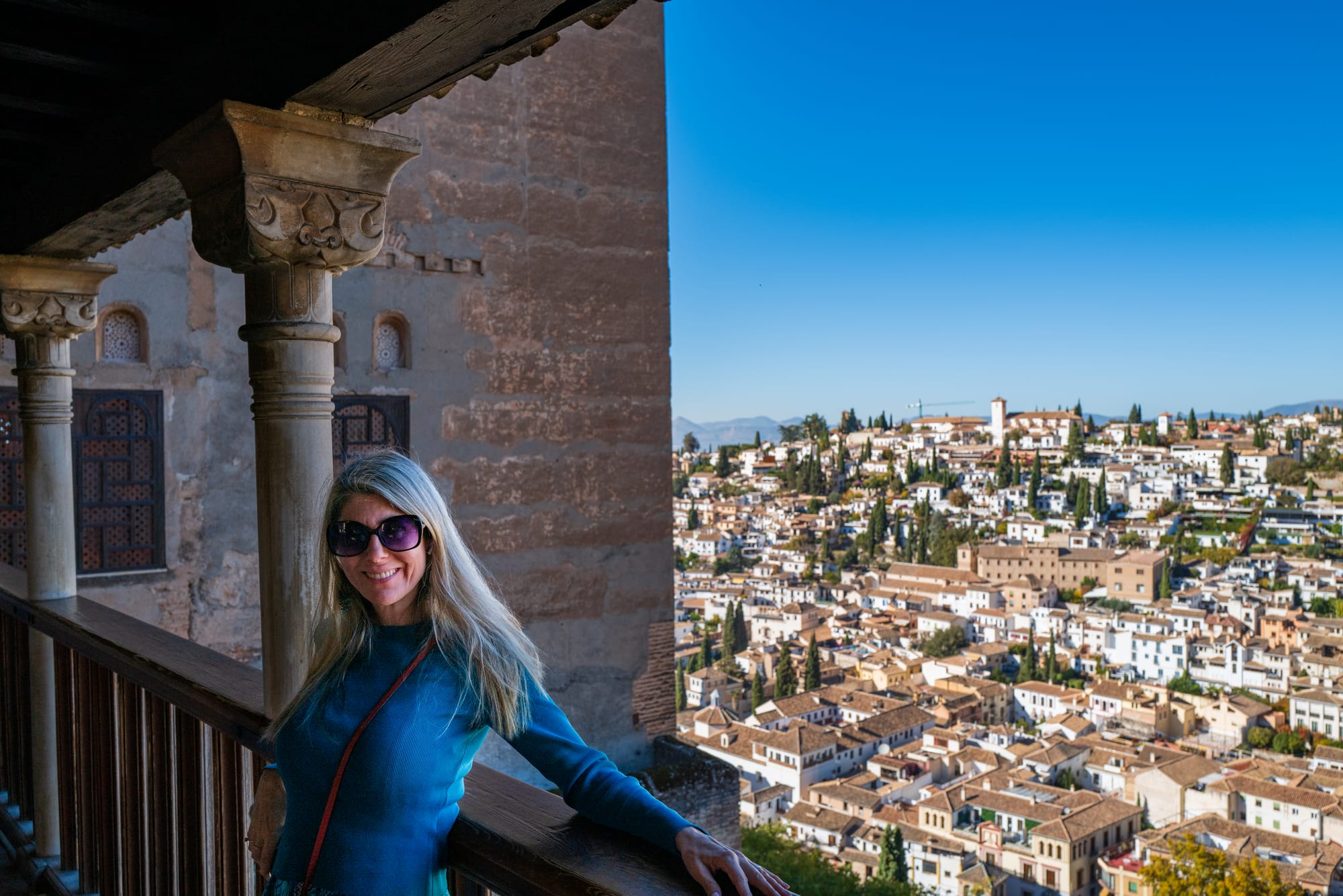
Partal Palace
Our tour of the Nasrid palaces concluded in the Partal Palace, with its large portico overlooking the Albaicín. Originally built in the early 14th century by the Nasrid ruler Muhammad III, it's the oldest surviving palatial structure in the Alhambra. The view from here is just spectacular, offering a panorama of Granada and its surroundings.
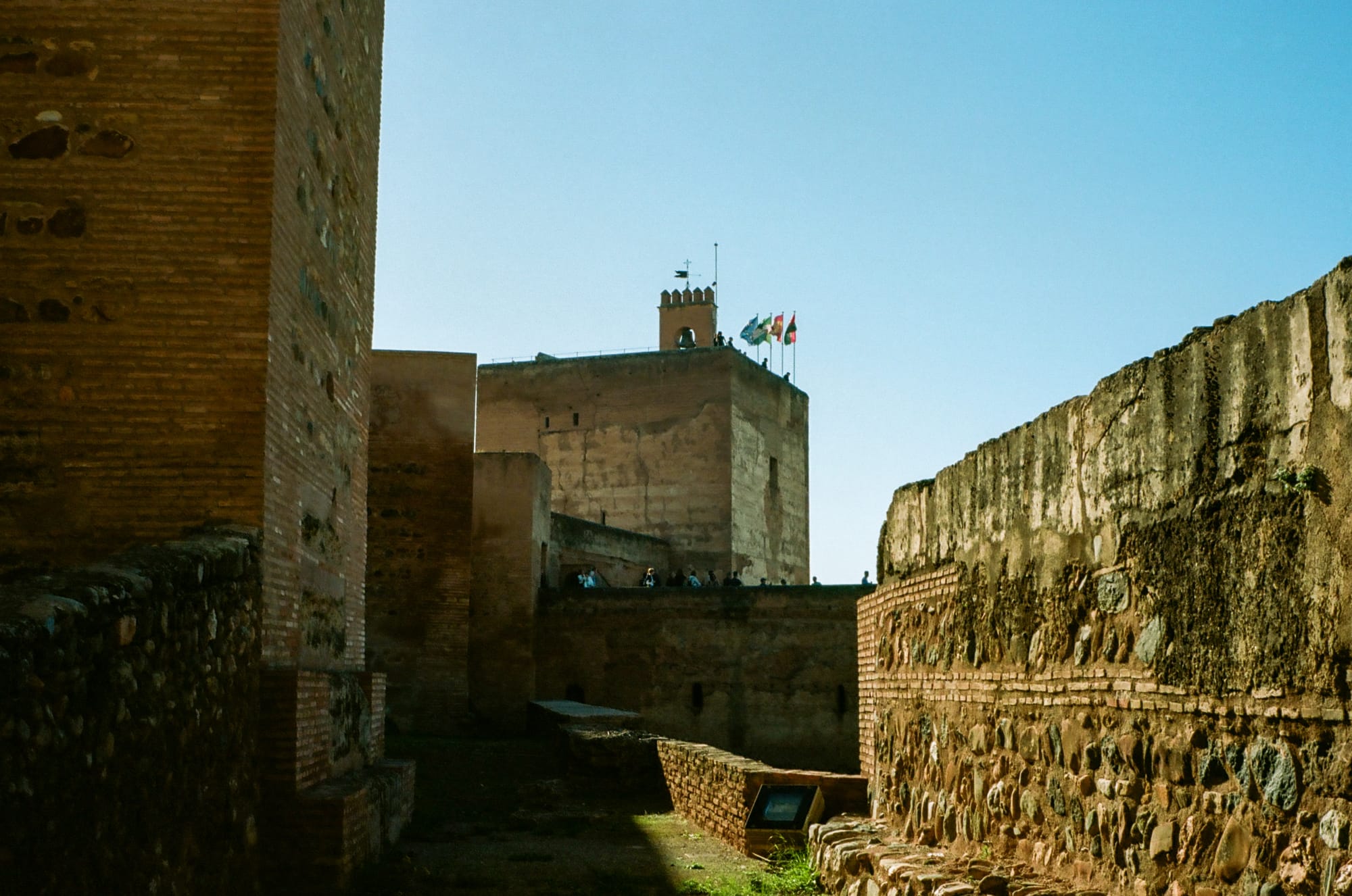
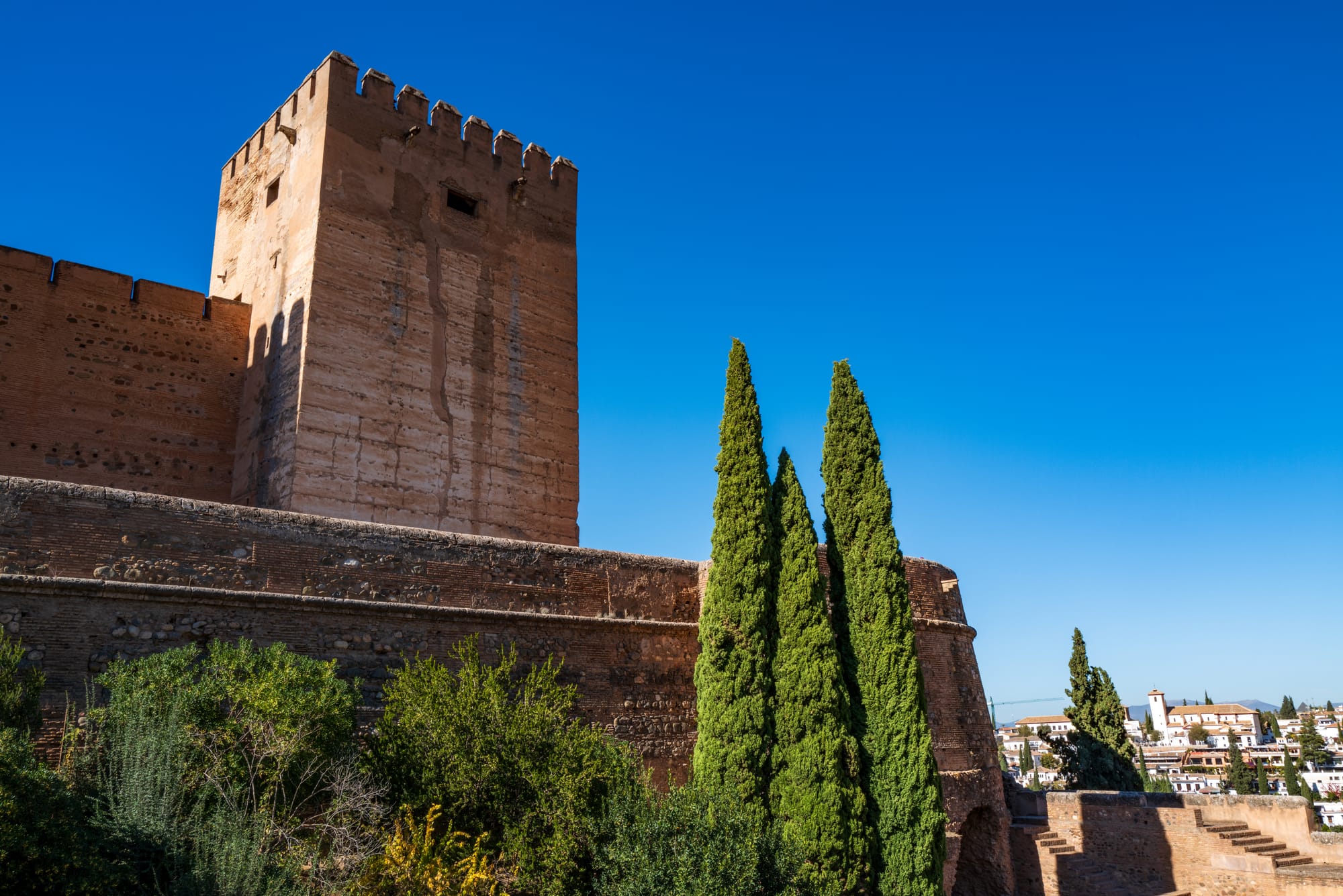
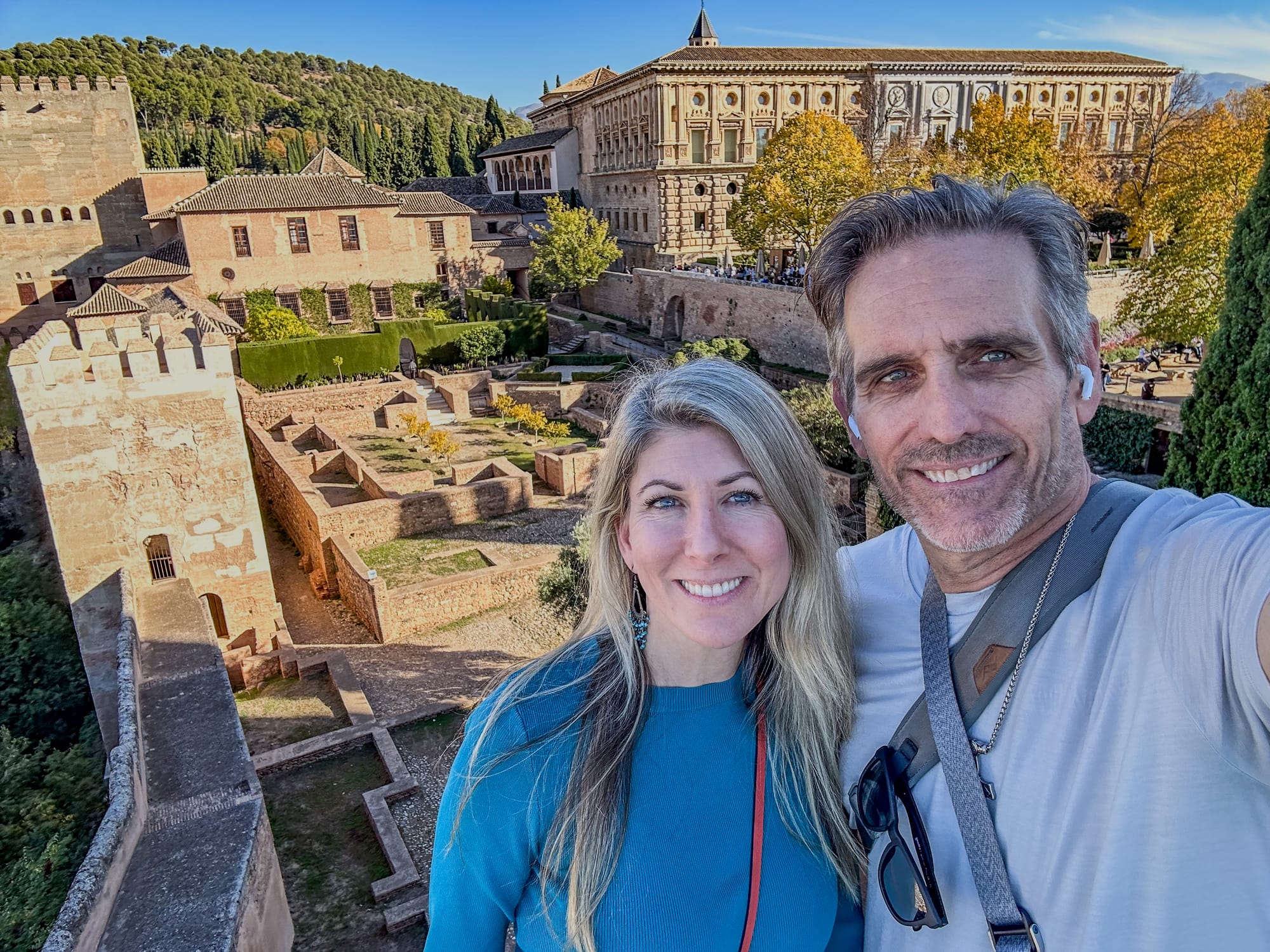
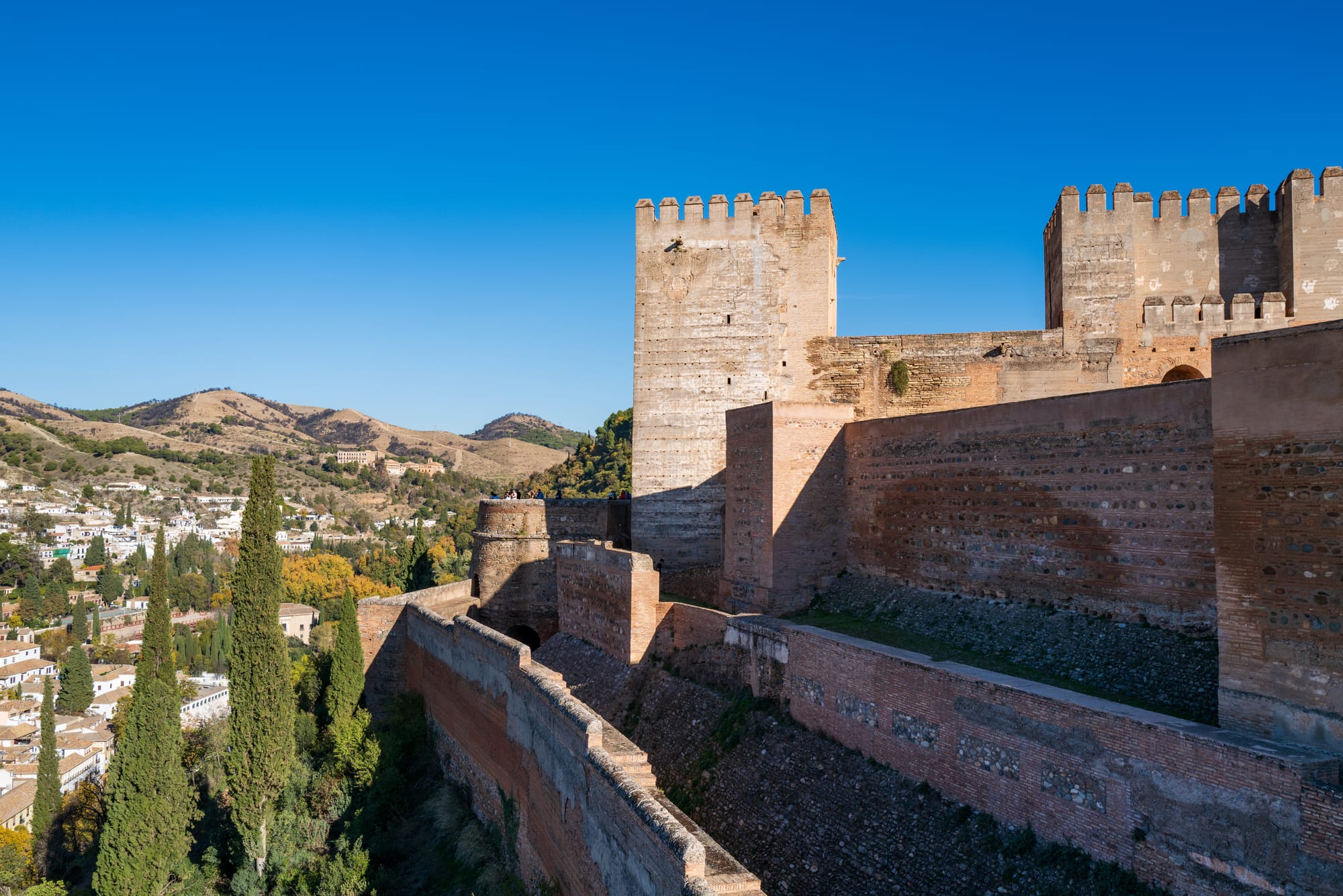
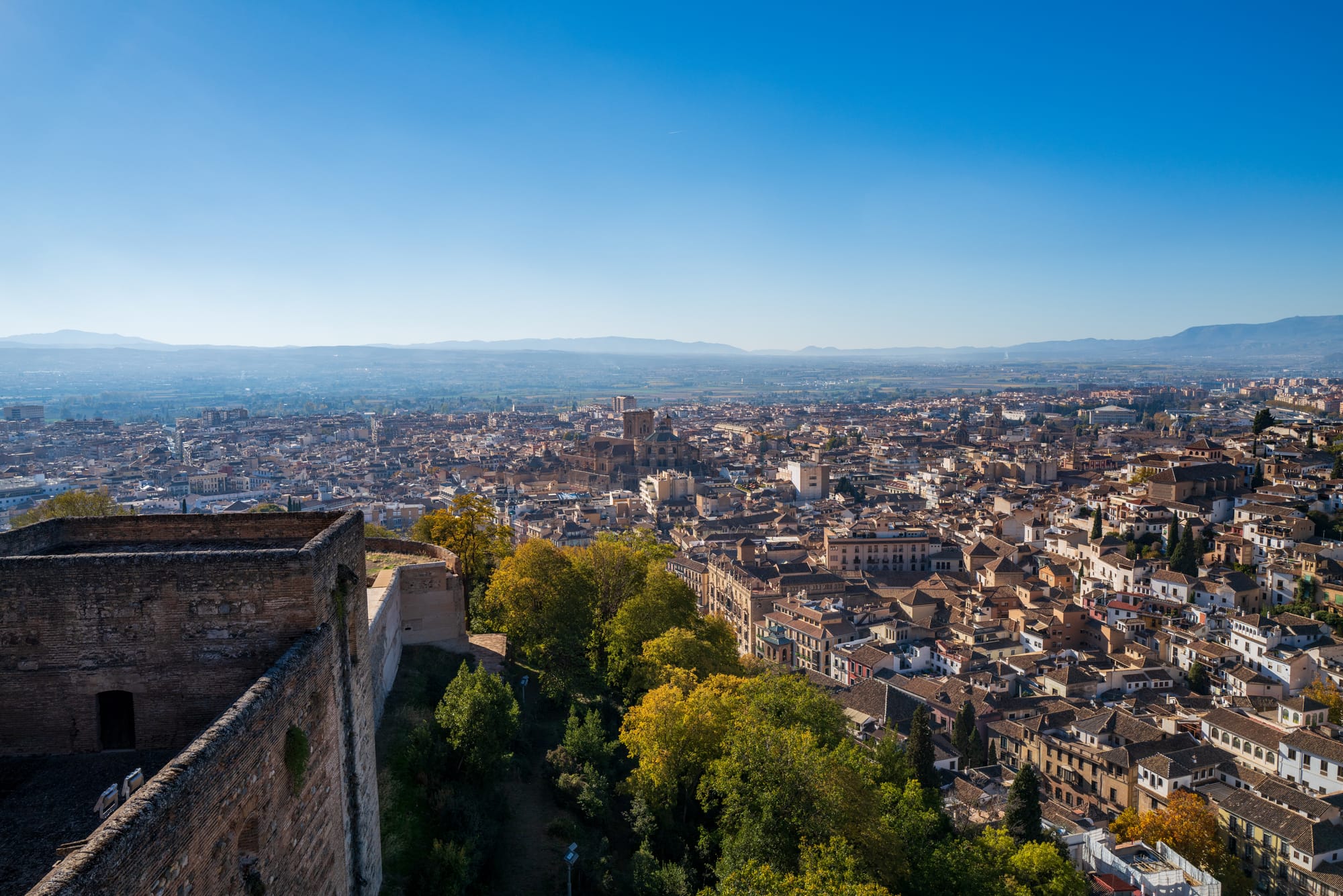
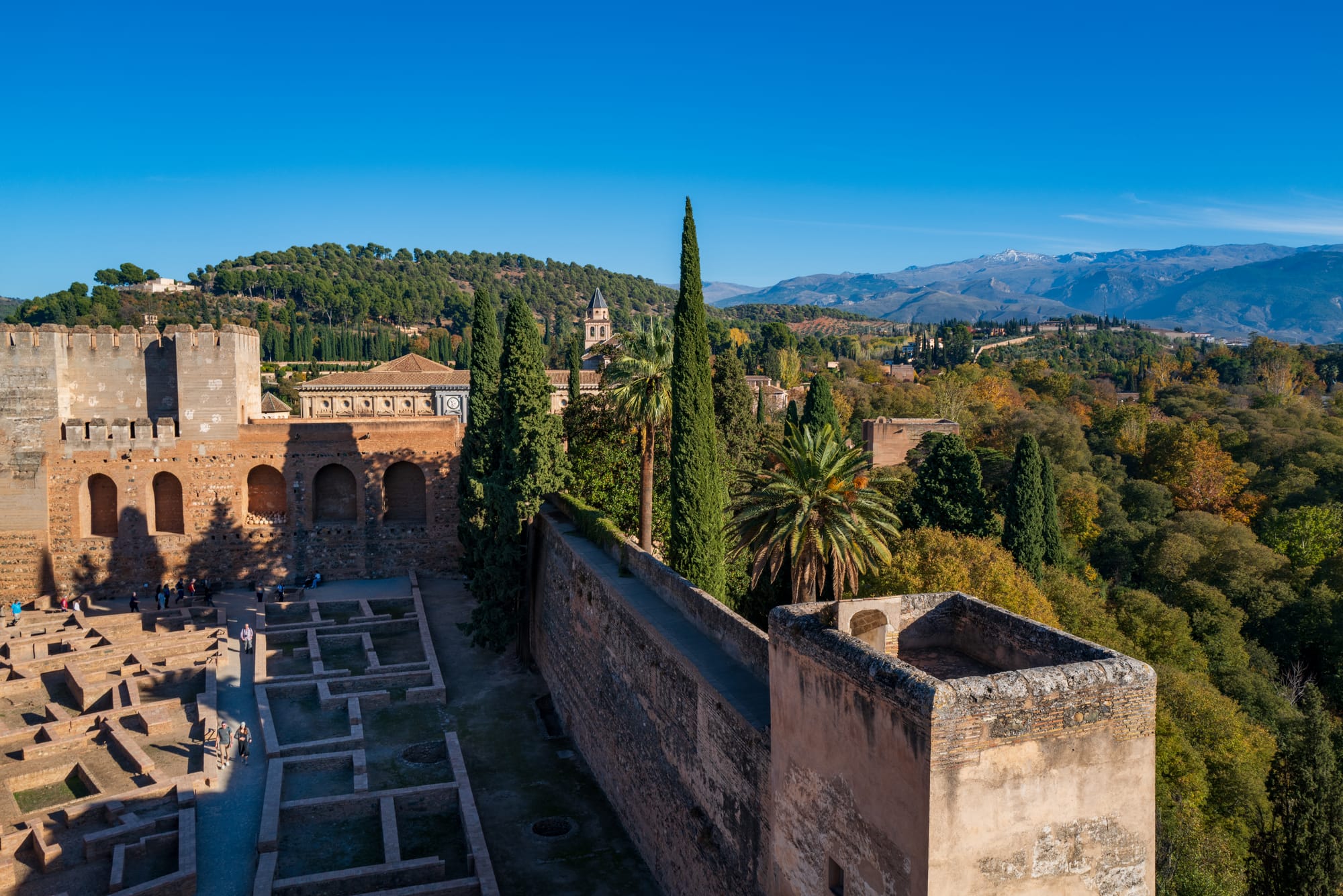
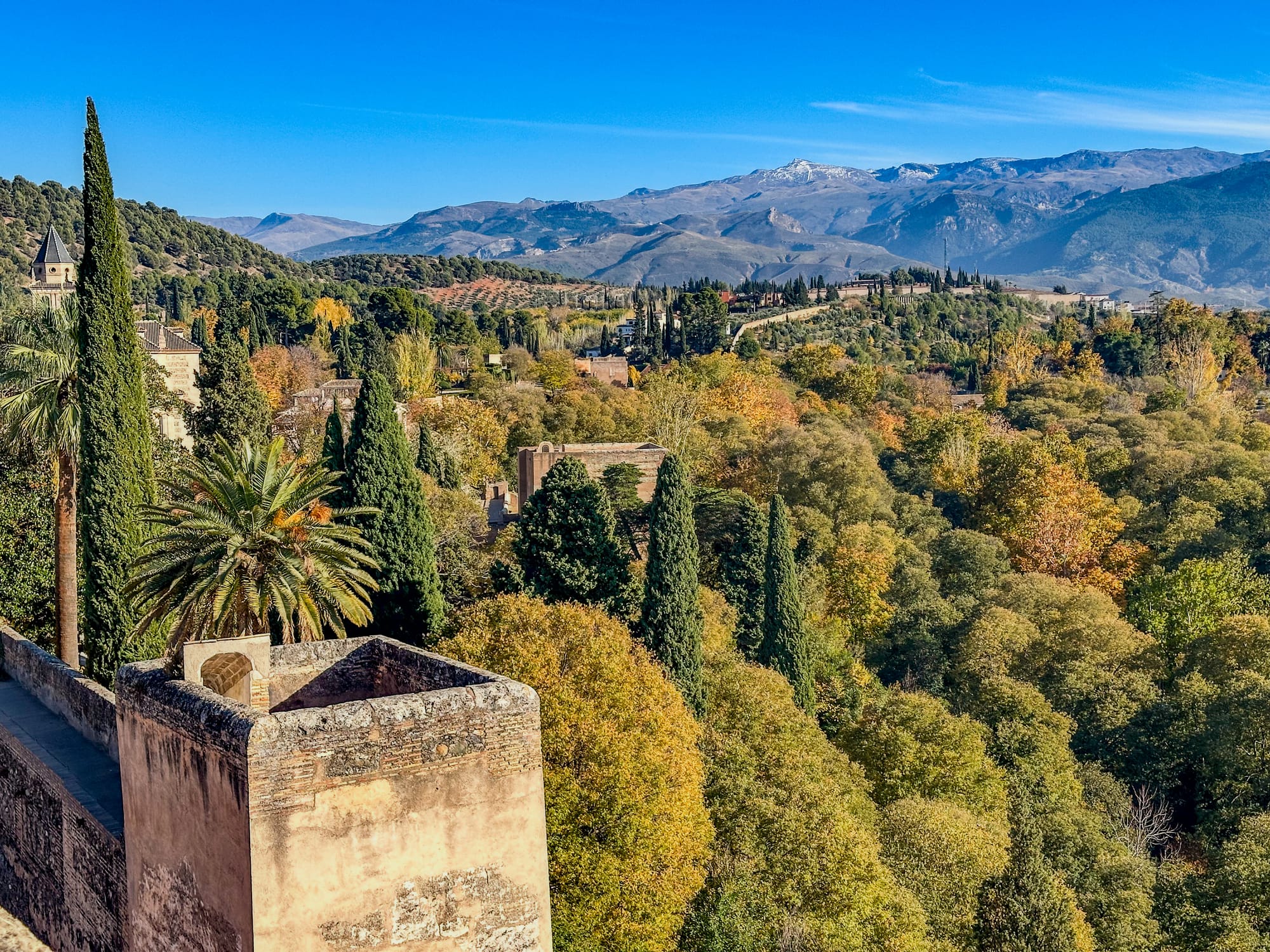
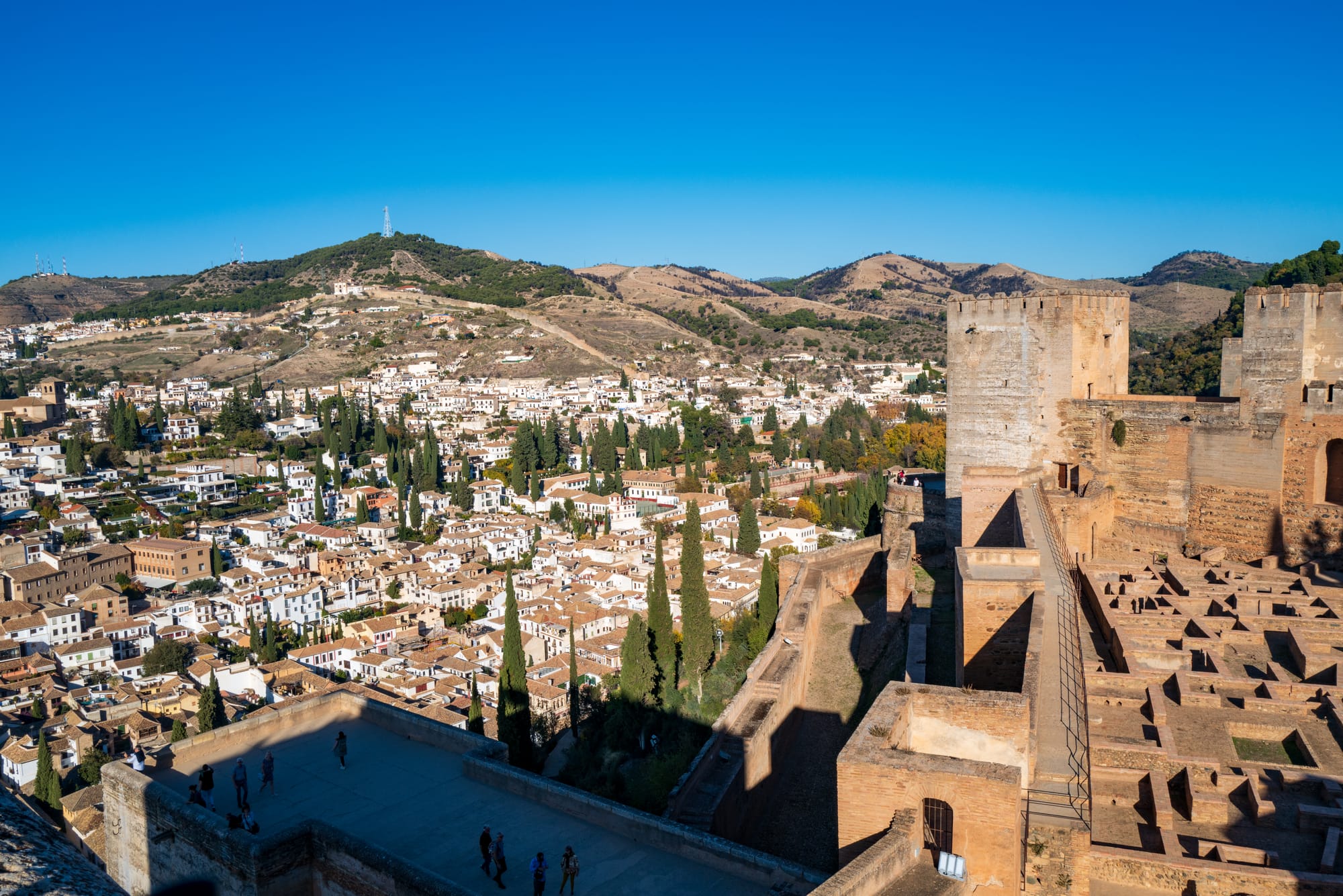
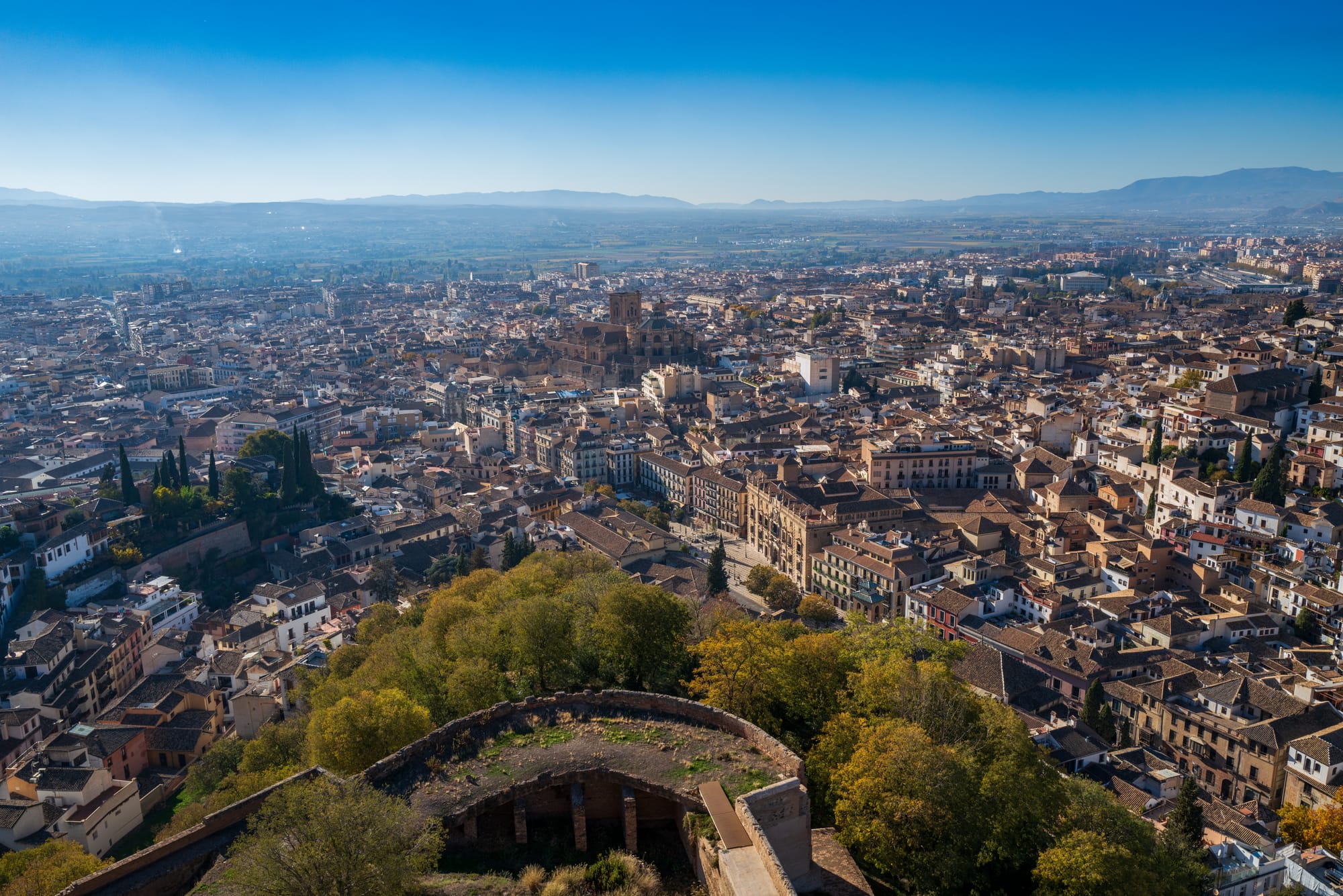
The Alcazar
Continuing the non-timed part of our Alhambra journey, we enter the Alcazar, the military fortress of the complex. Its thick, imposing walls and commanding towers are a testament to the strategic importance of this site throughout history. We made our way past the ruins of chambers and courtyards that once housed the royal guard and their families, up to the Torre de la Vela. The tower offered breathtaking panoramic views of Granada and the distant Sierra Nevadas. From this vantage point, we could really appreciate the city's layout and the Alhambra's dominance over its surroundings here.
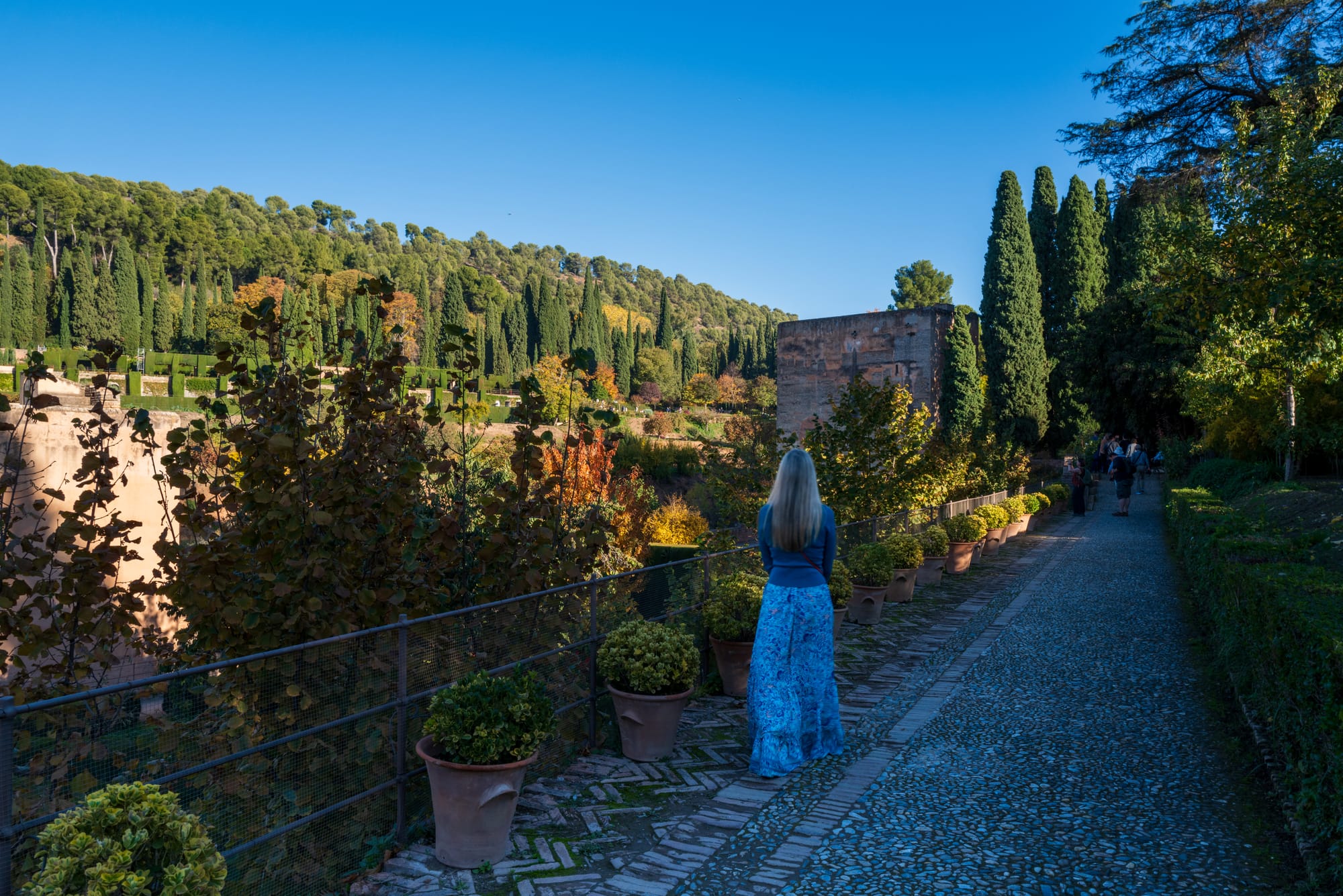
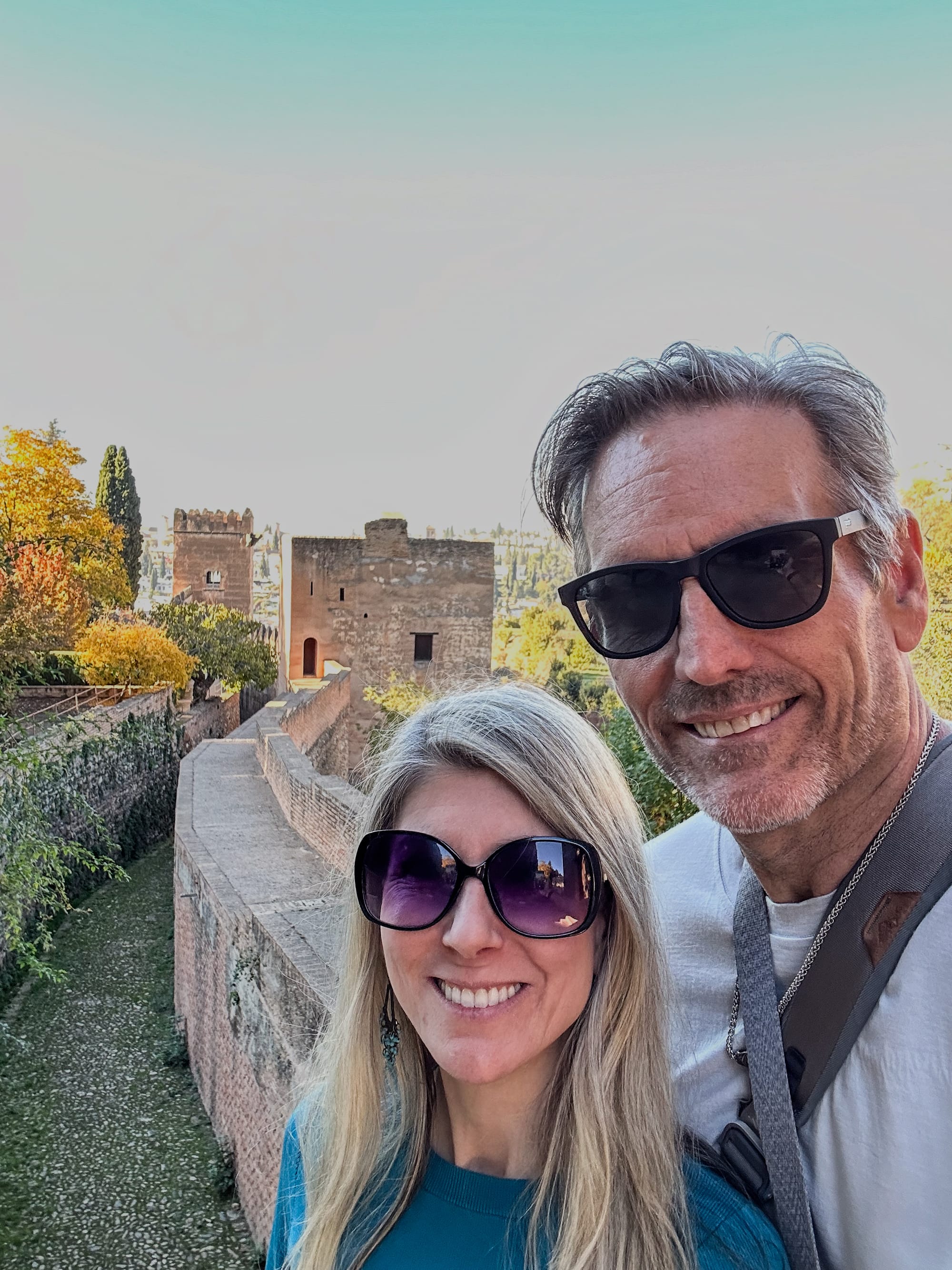
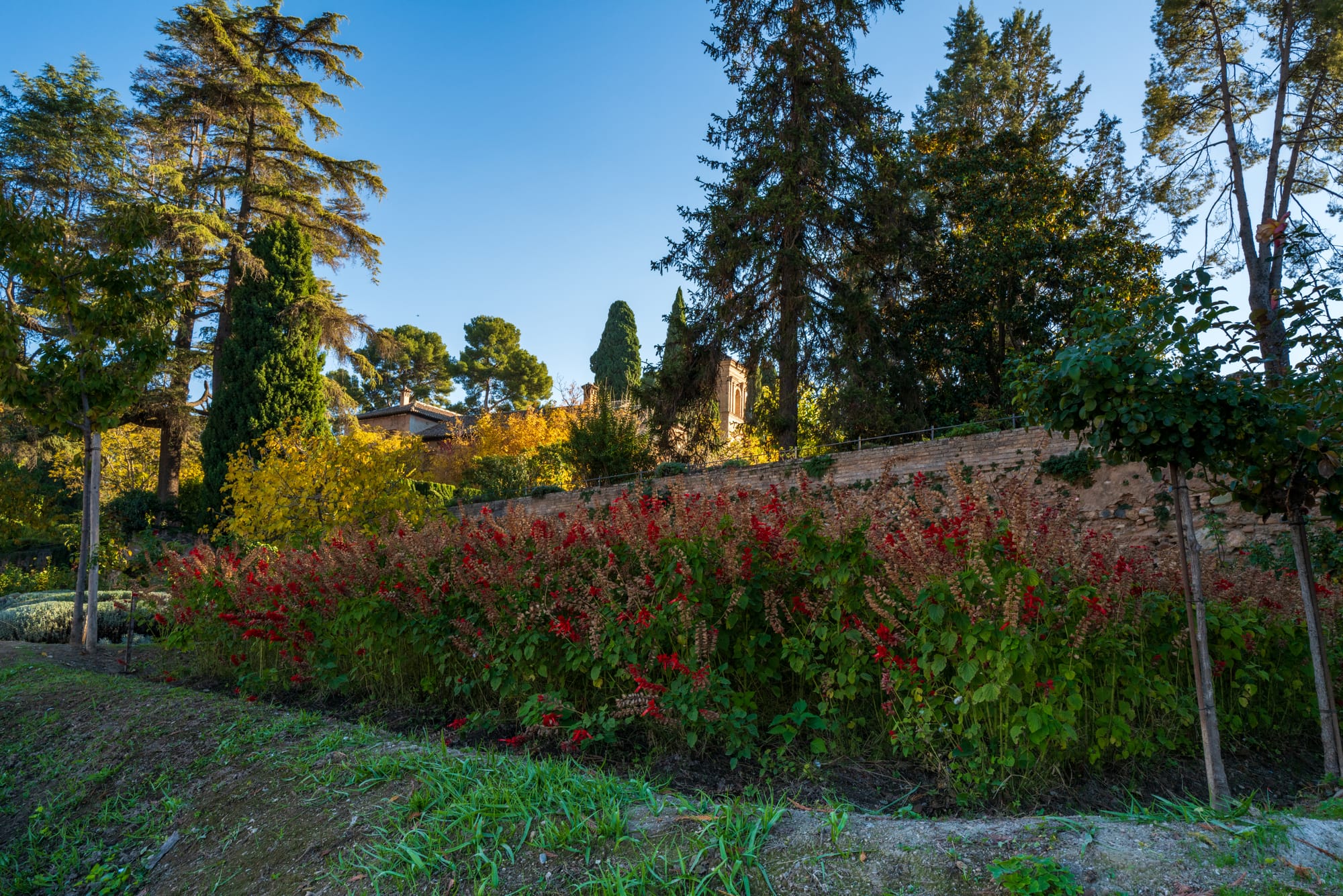
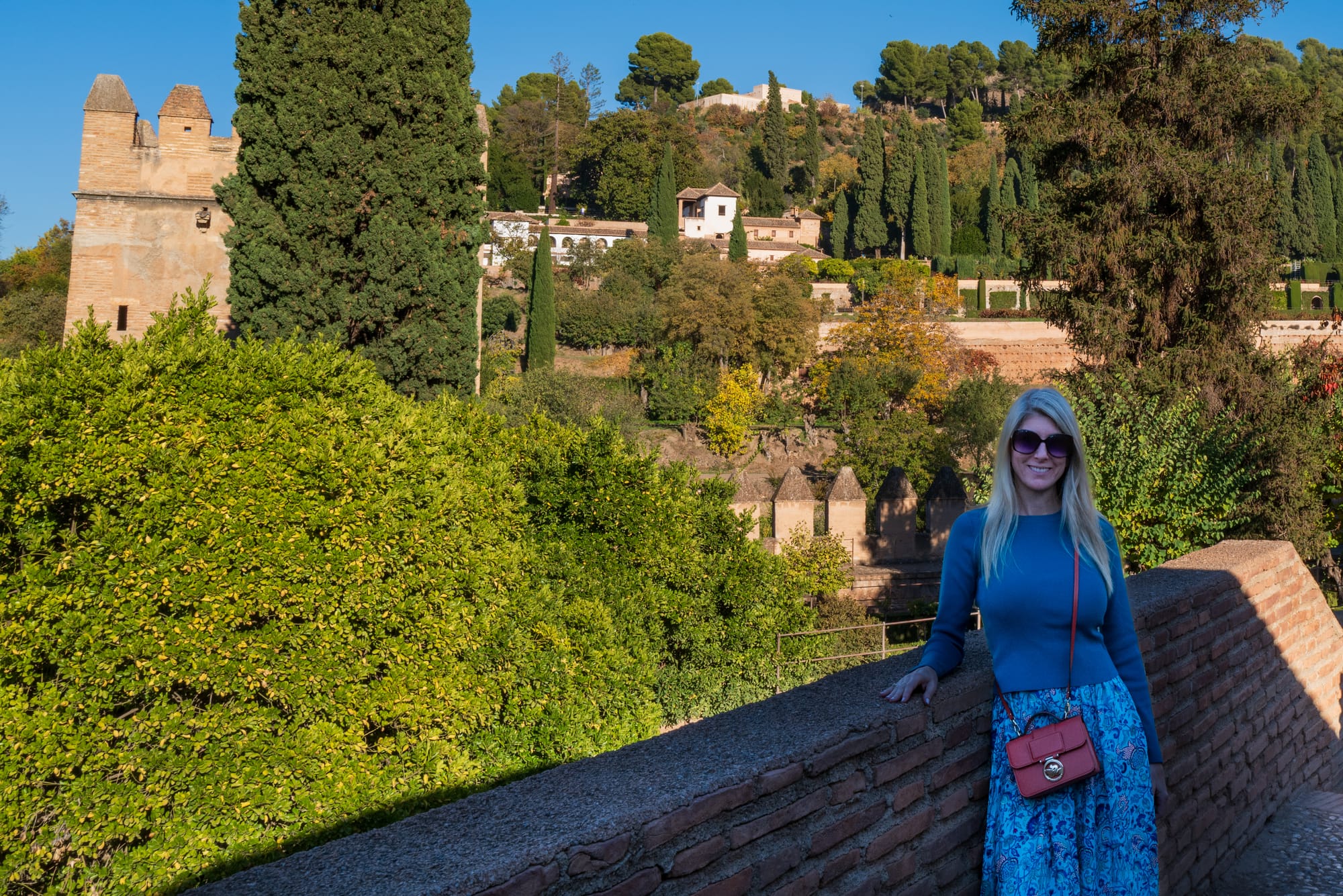
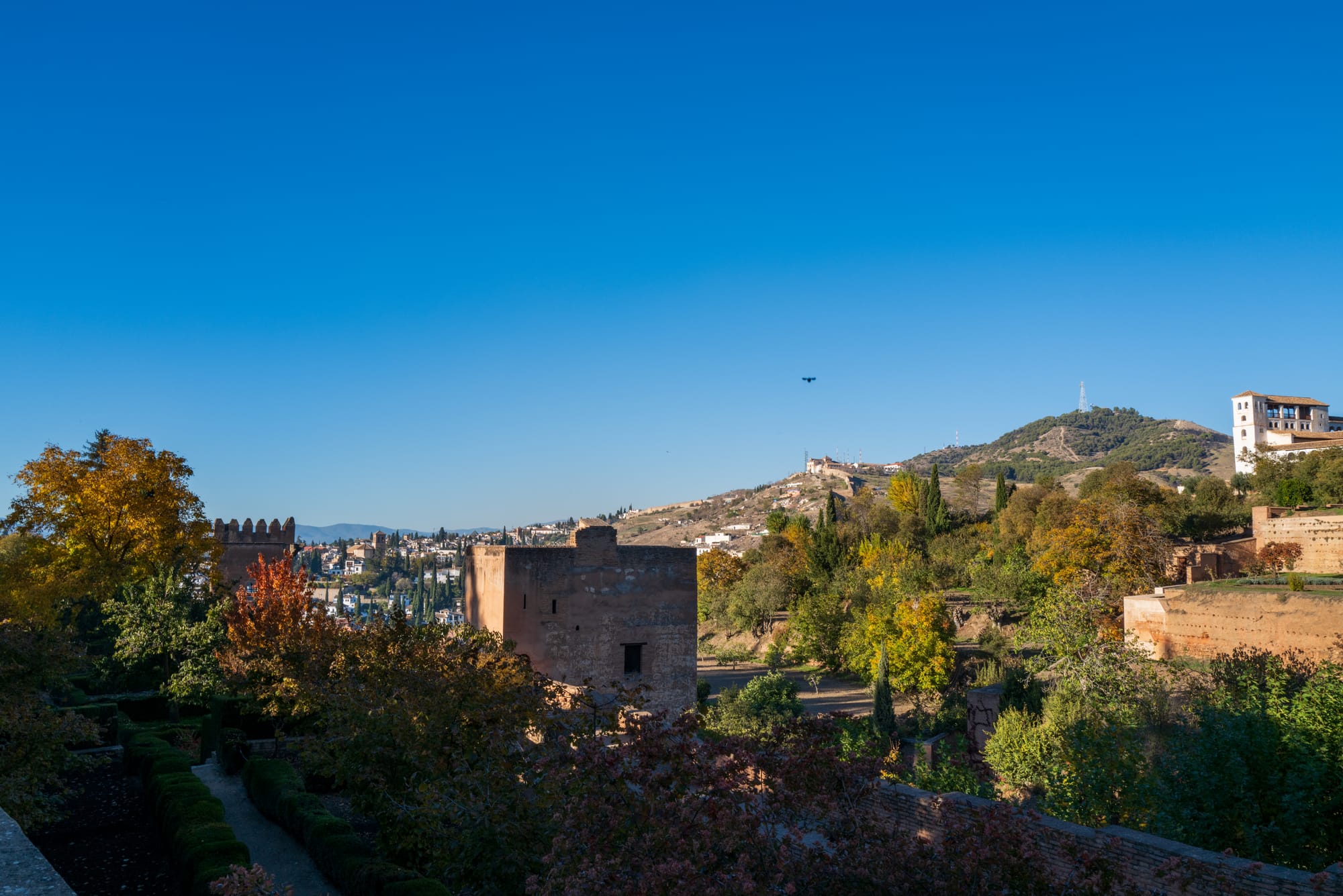
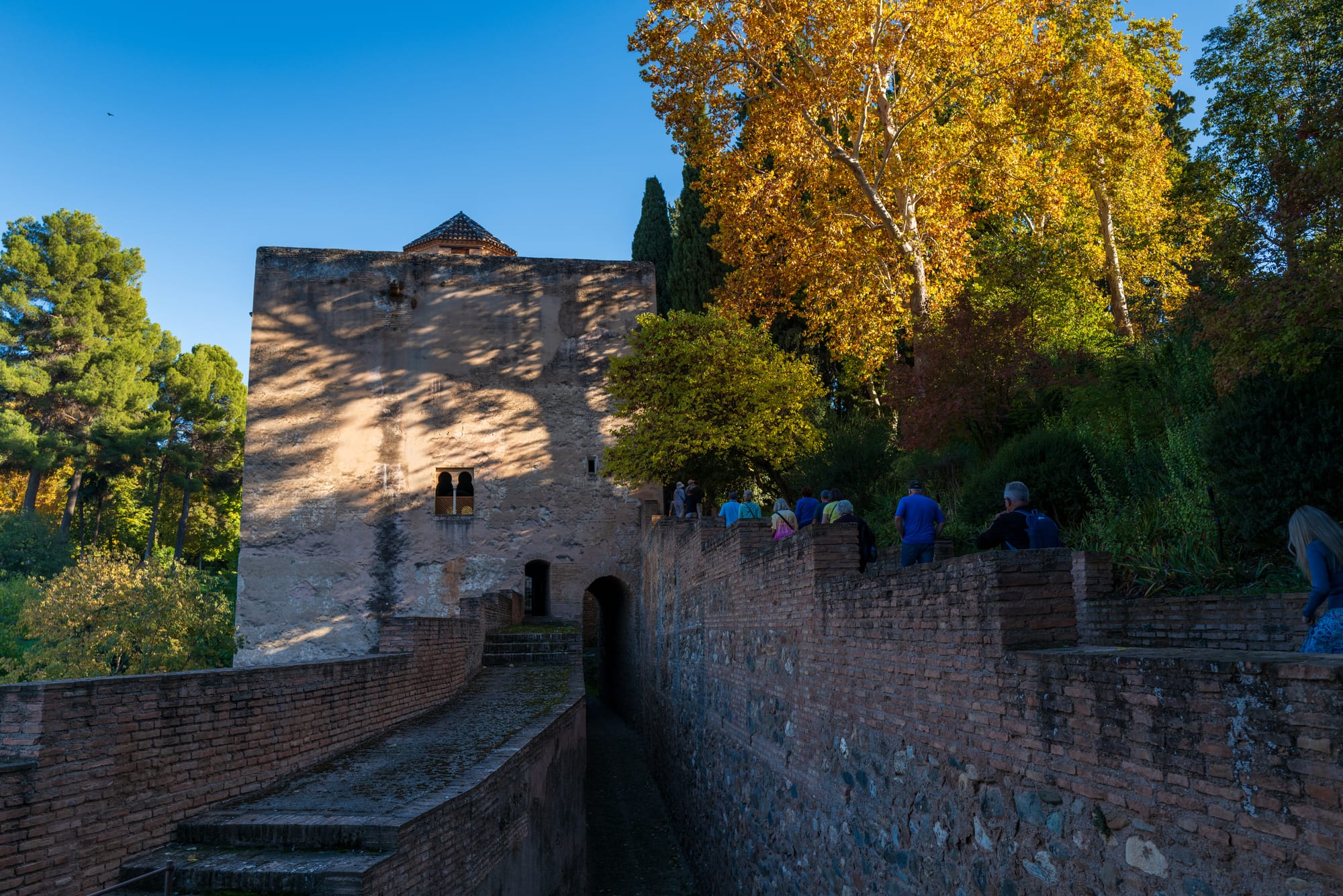
By now it was getting late in the day, so we walked through the central part of the Alhambra complex and made our way up to the Generalife Gardens, a tranquil oasis that once served as the summer palace and pleasure gardens for the Nasrid rulers.
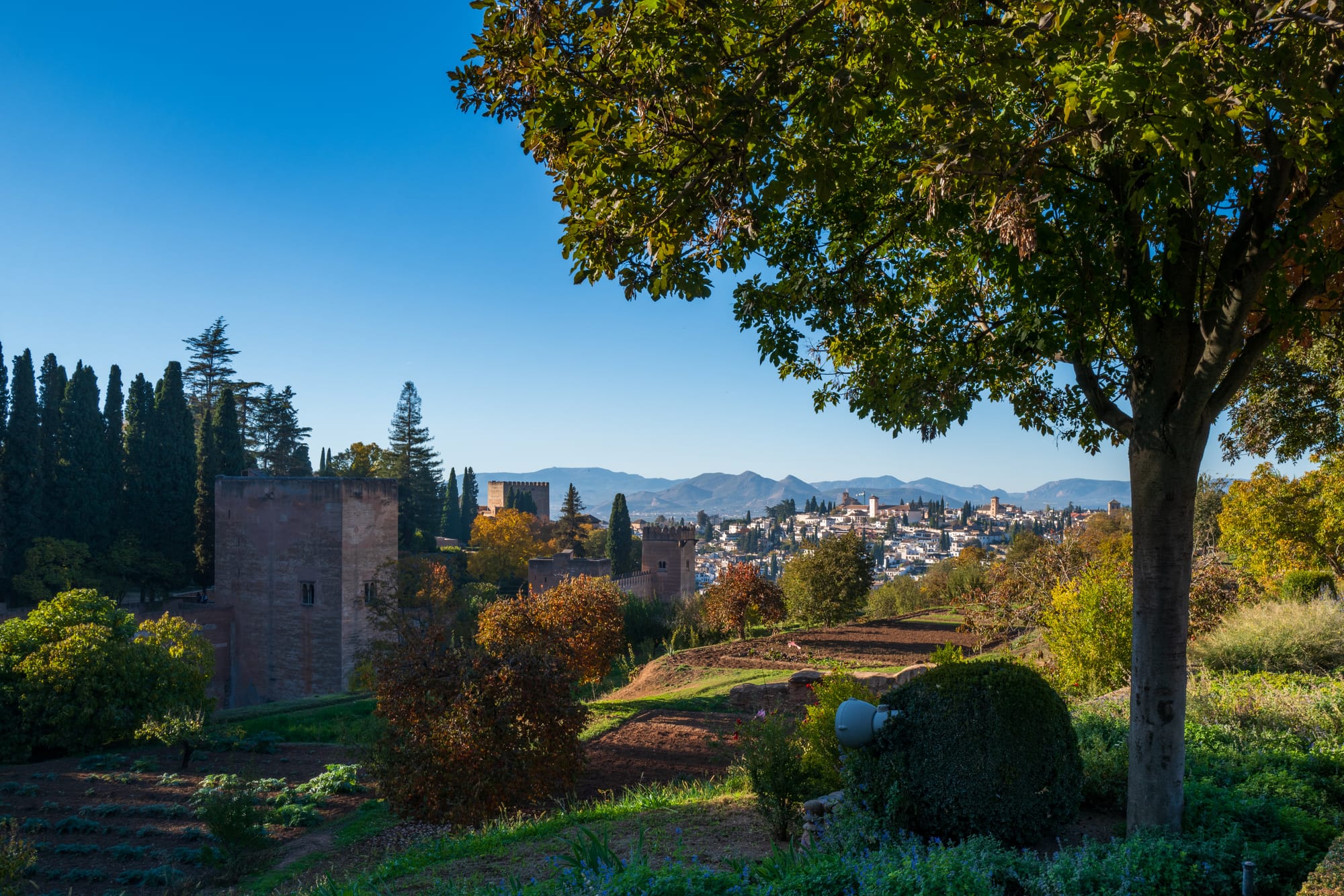
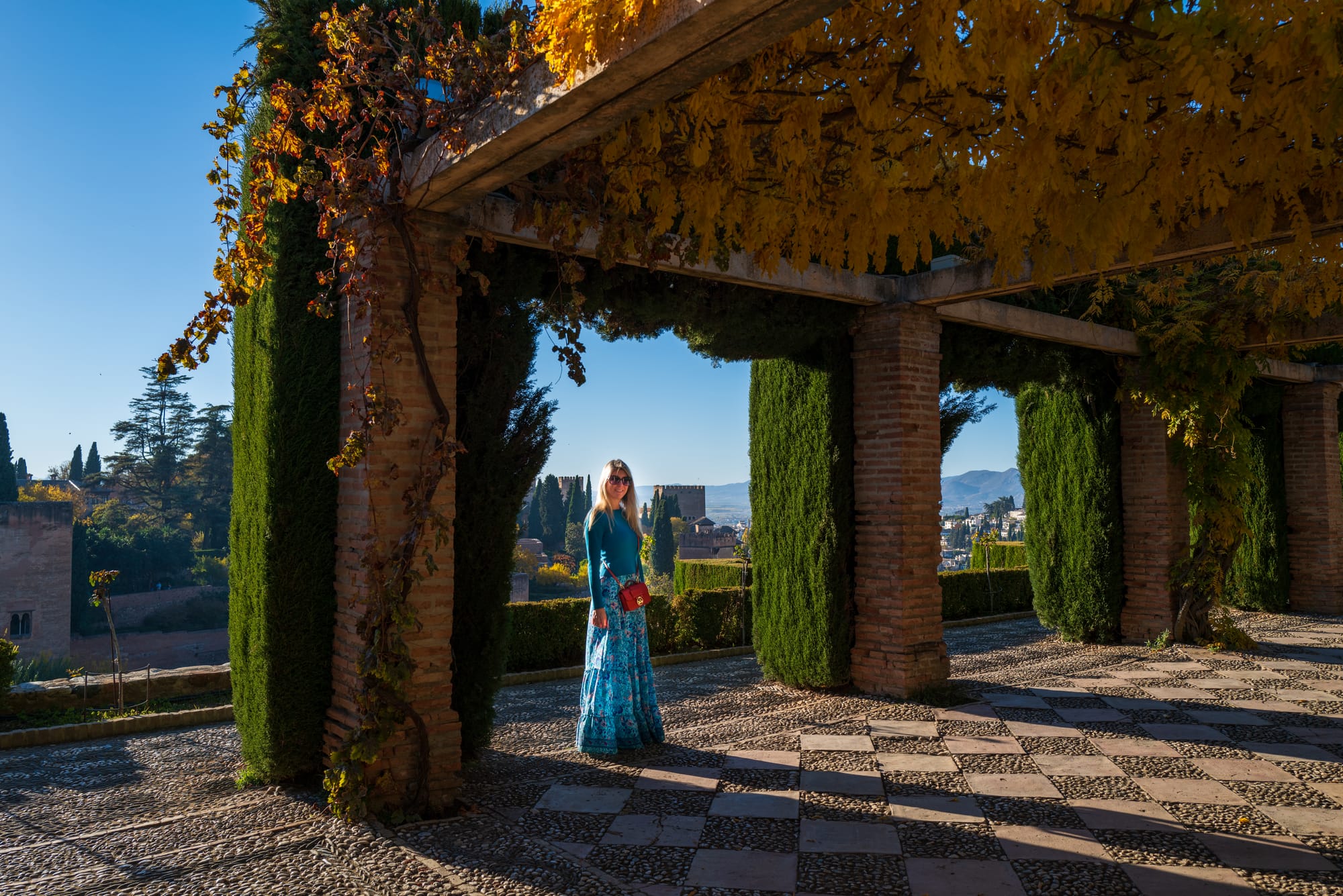
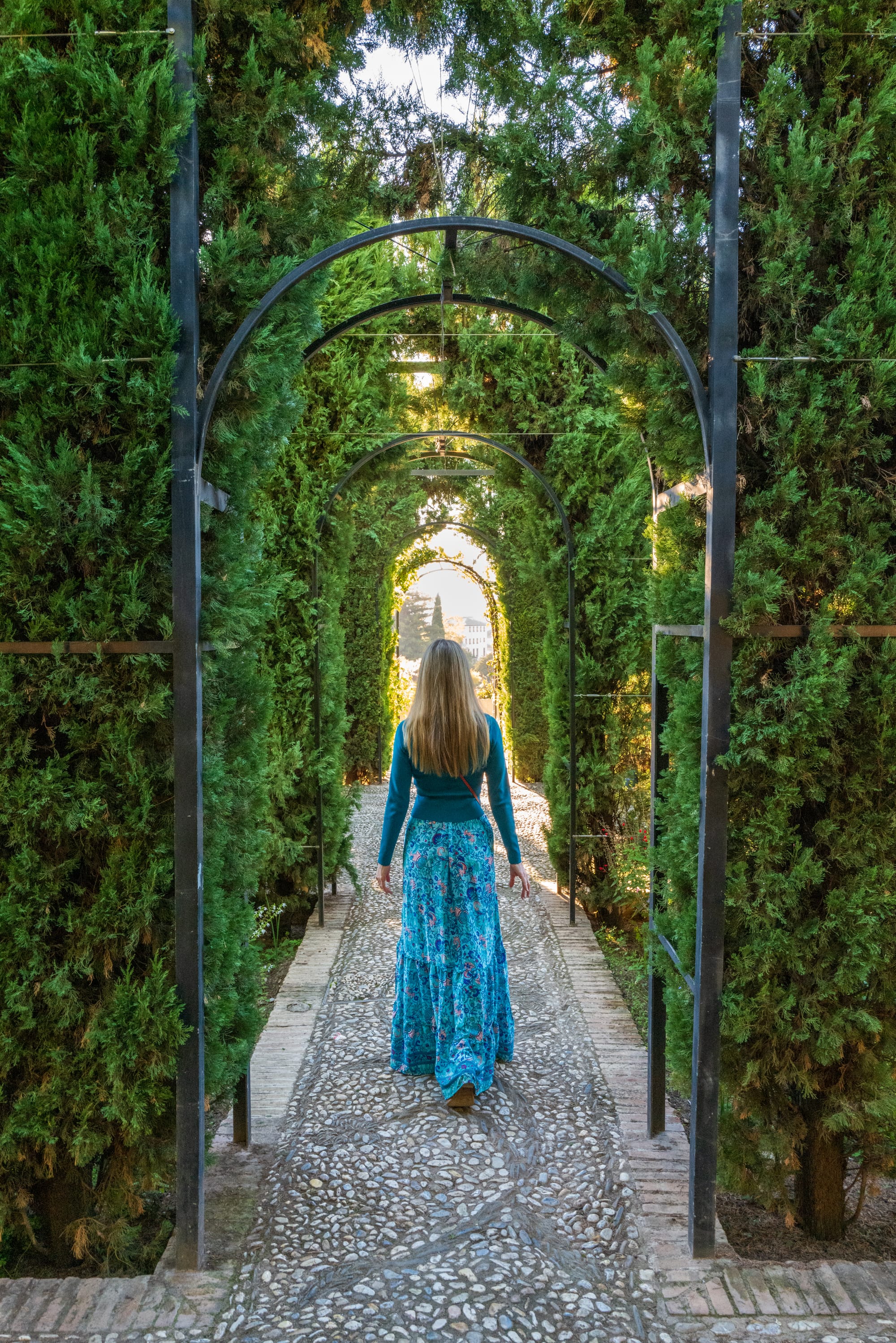
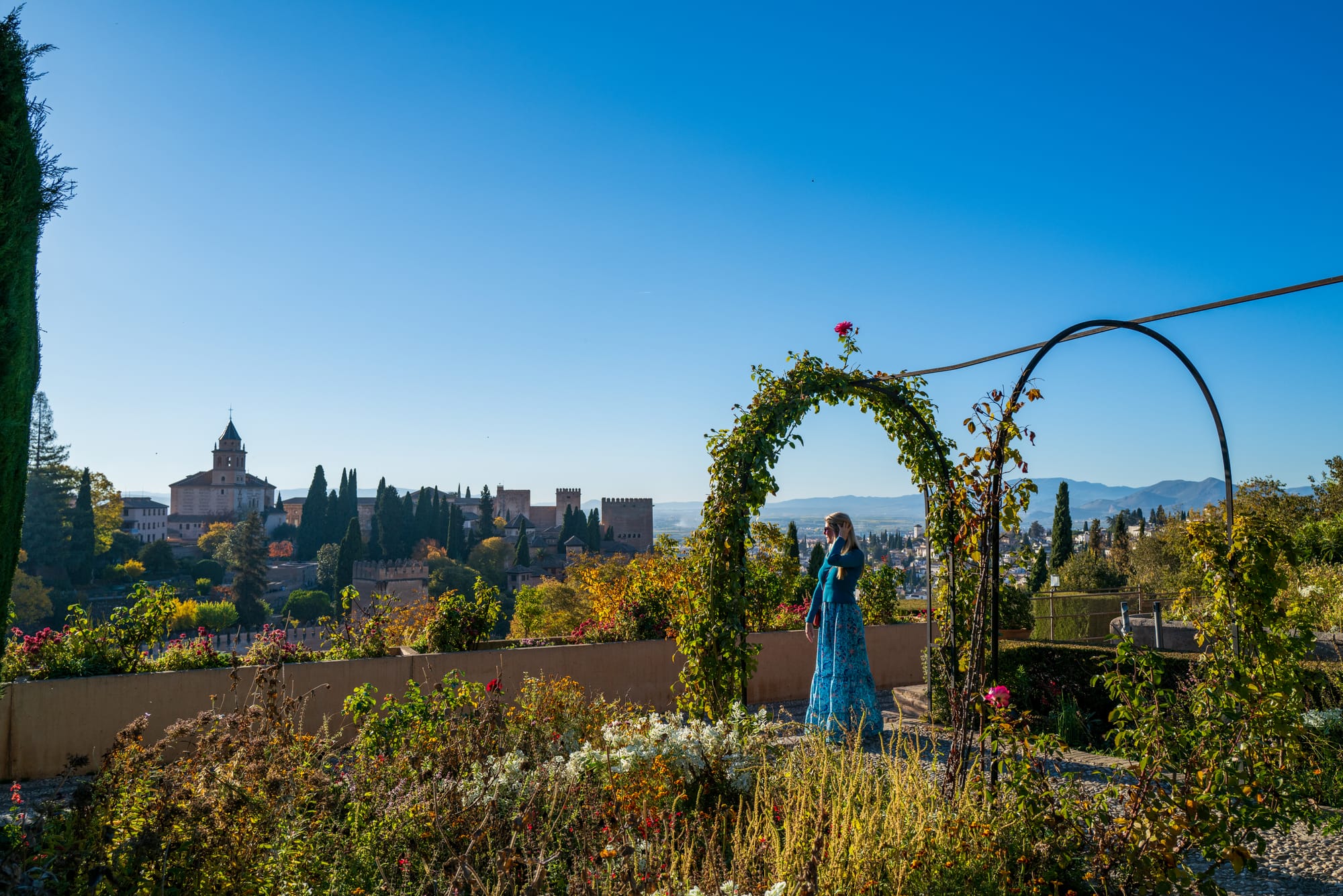
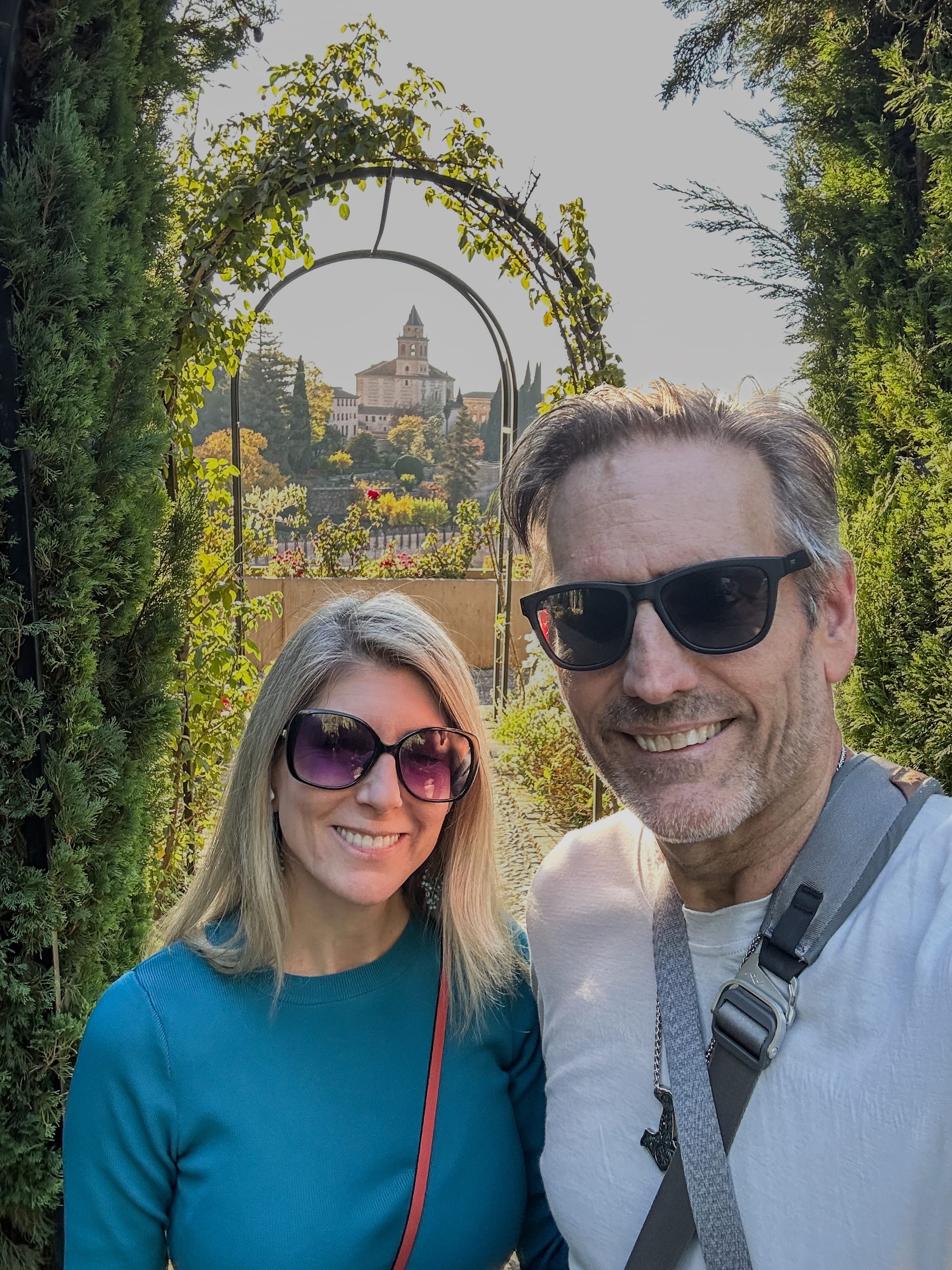
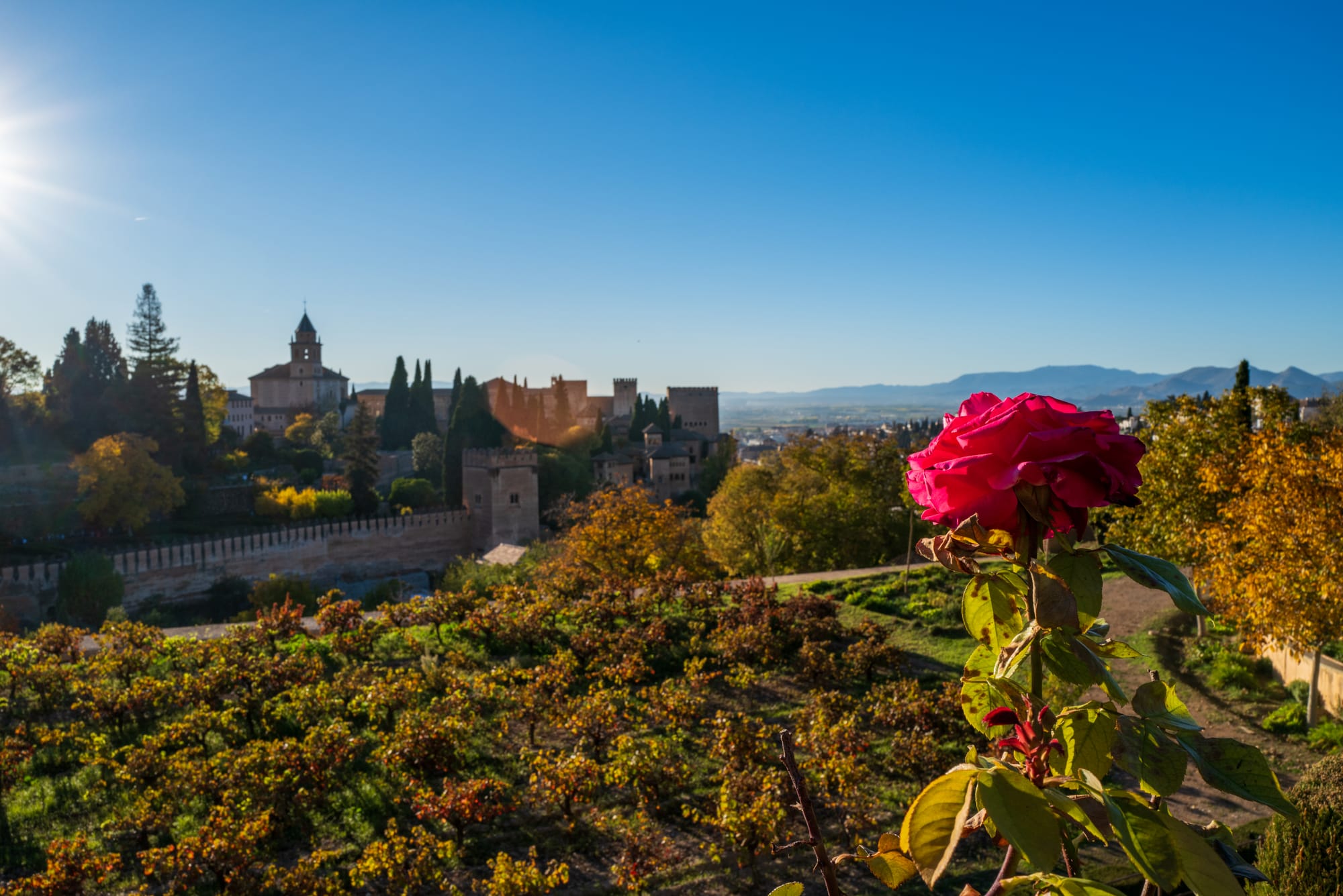
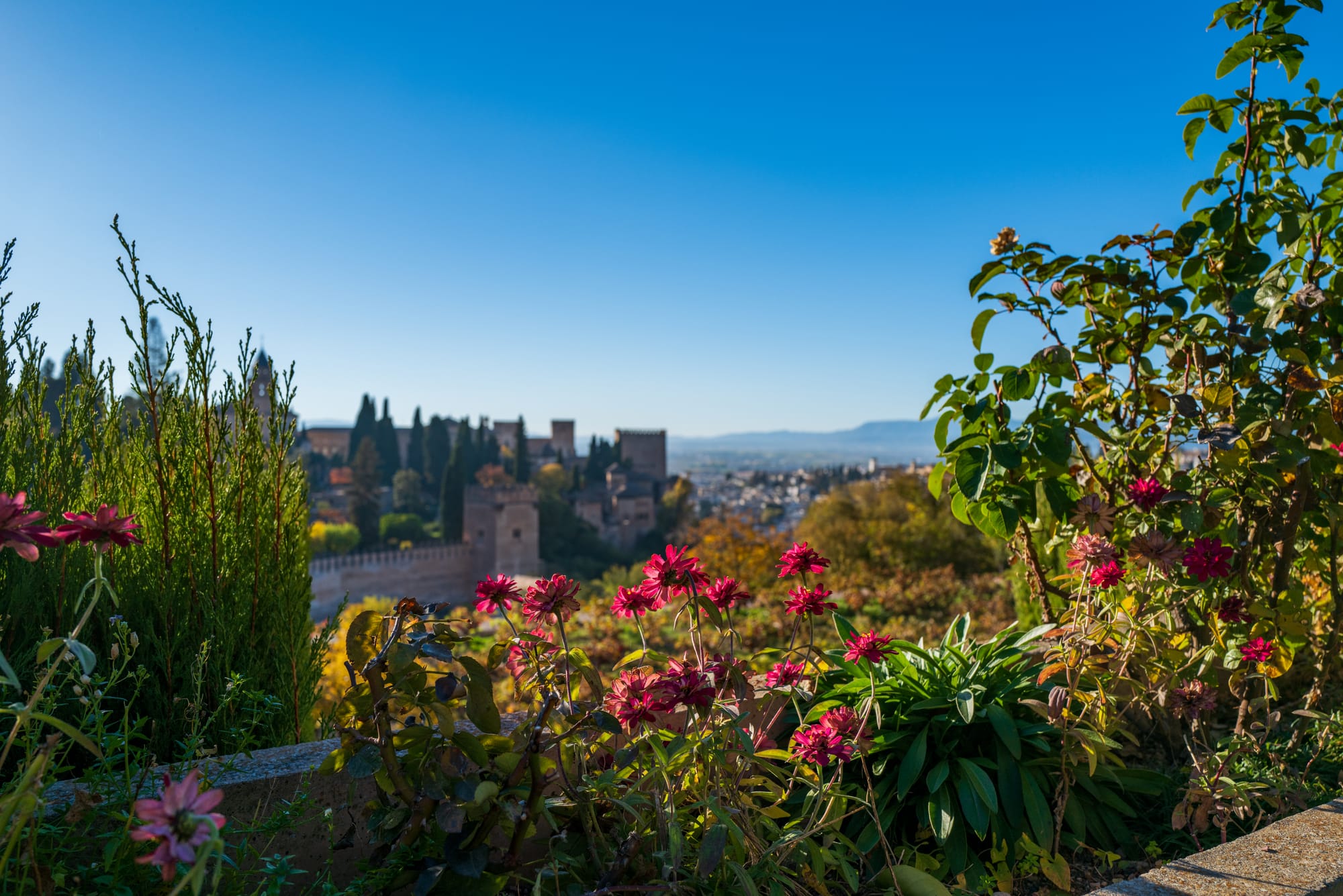
As we stepped through the arched gateways and walked the meandering paths, we were instantly transported to a world where water features, fragrant flowers, and meticulously pruned hedges coexist in perfect harmony.
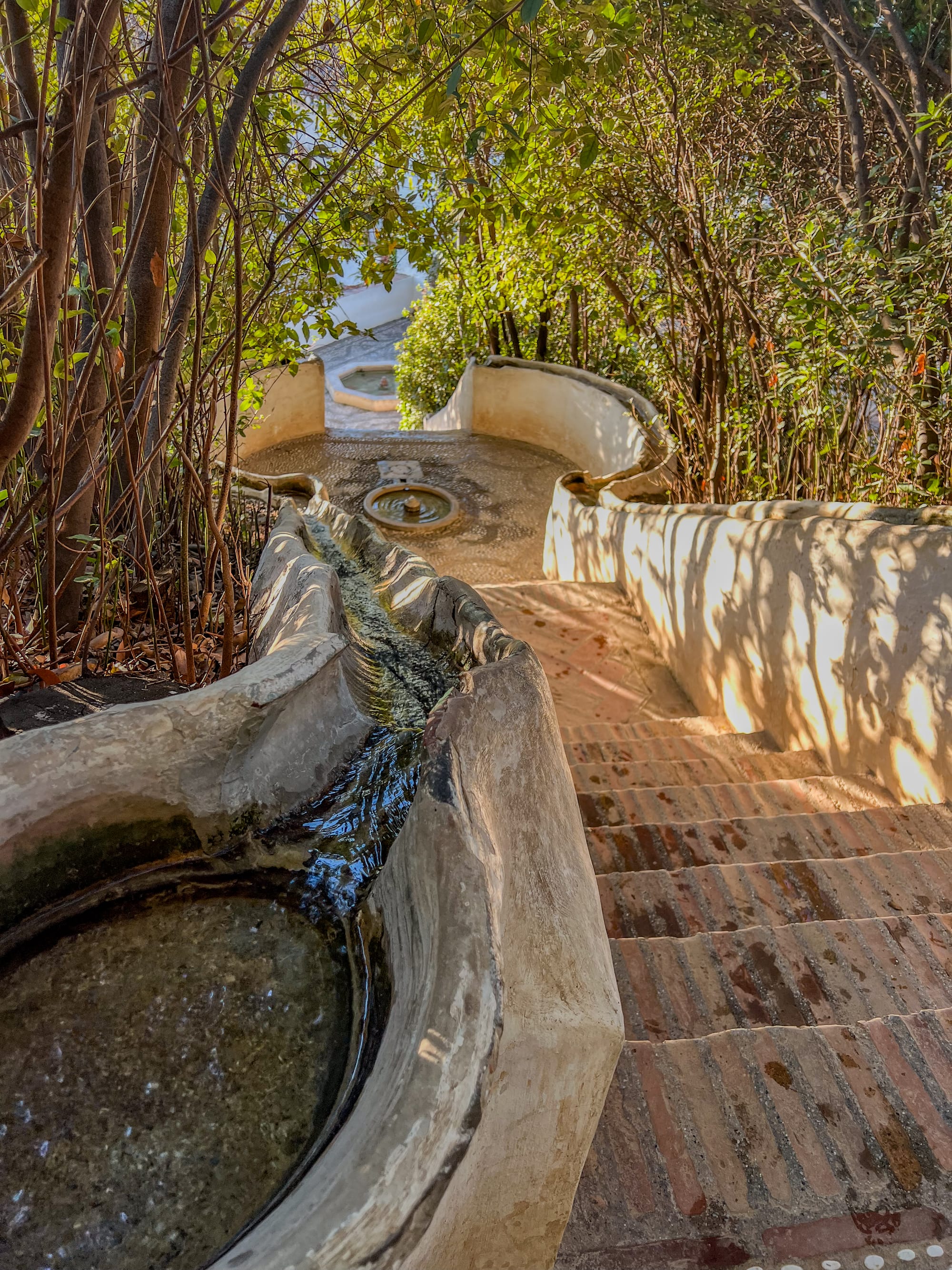
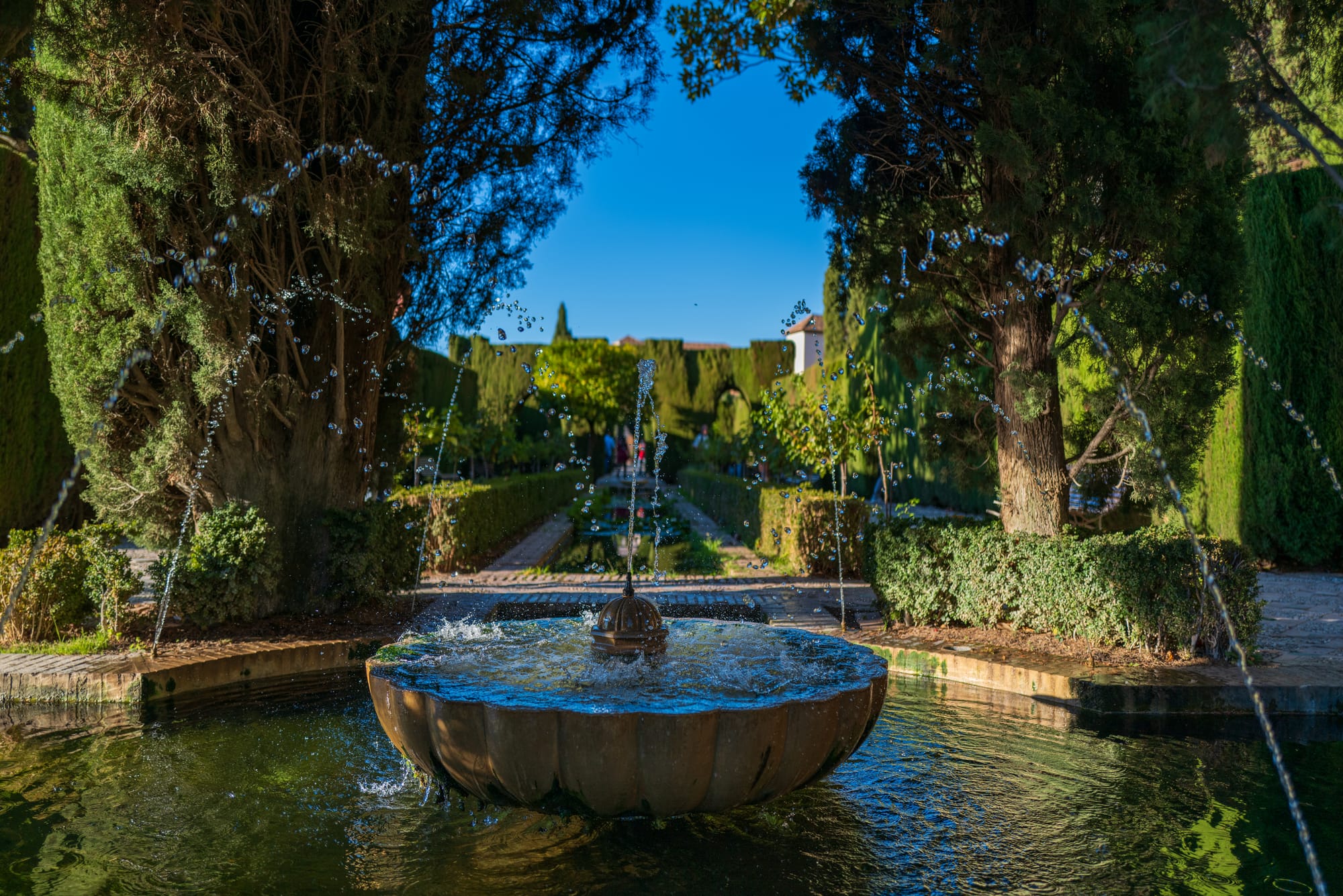
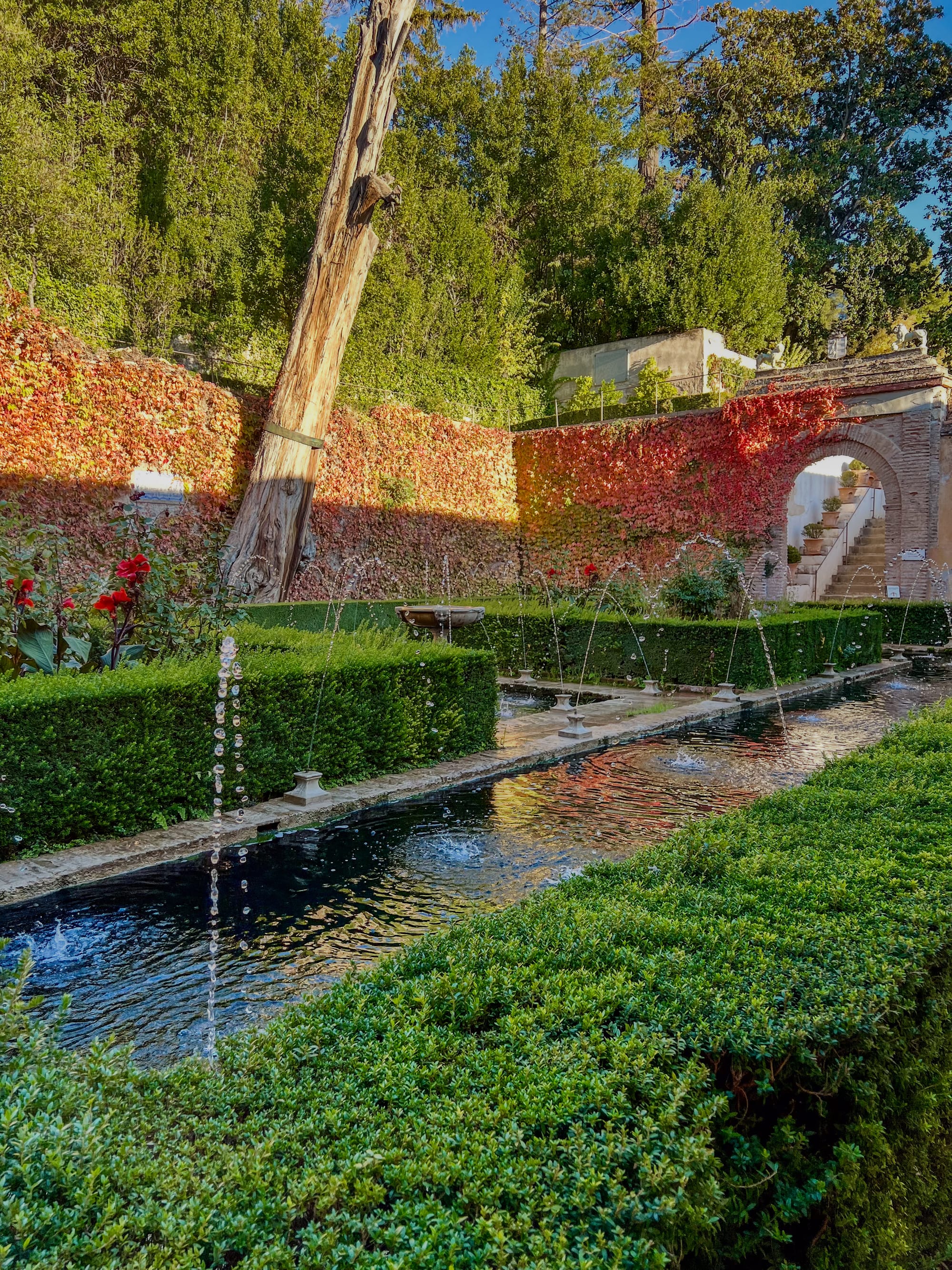
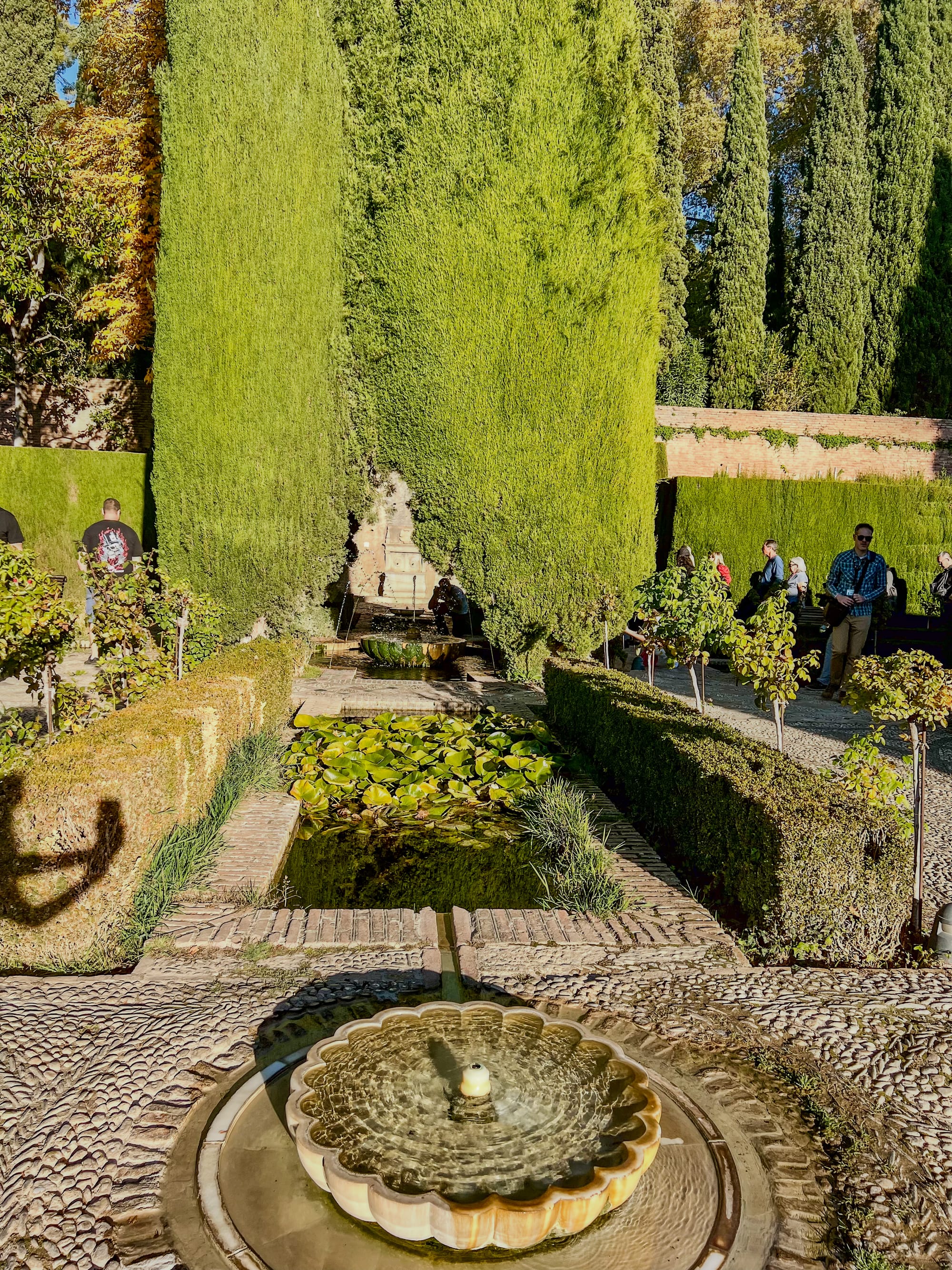
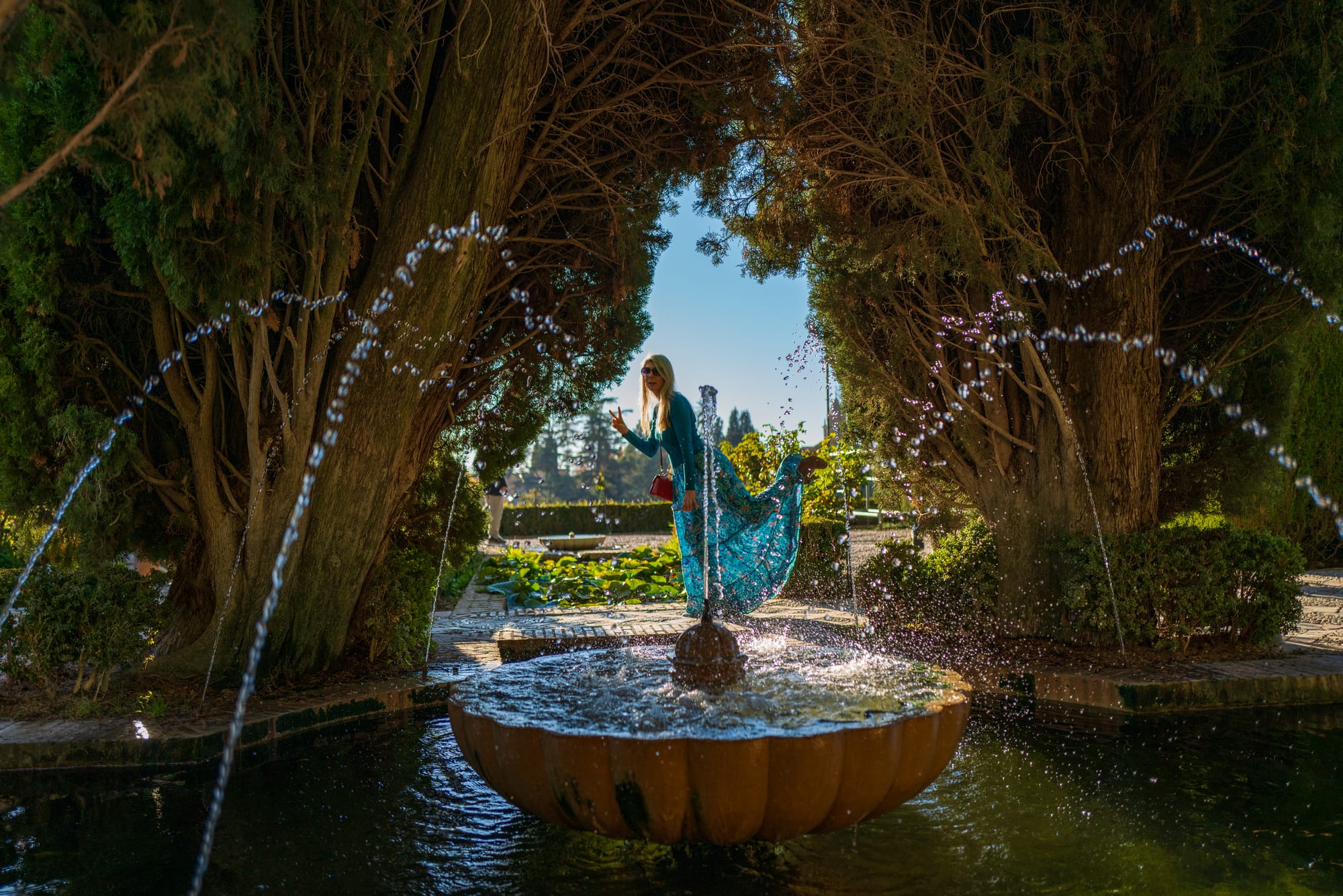
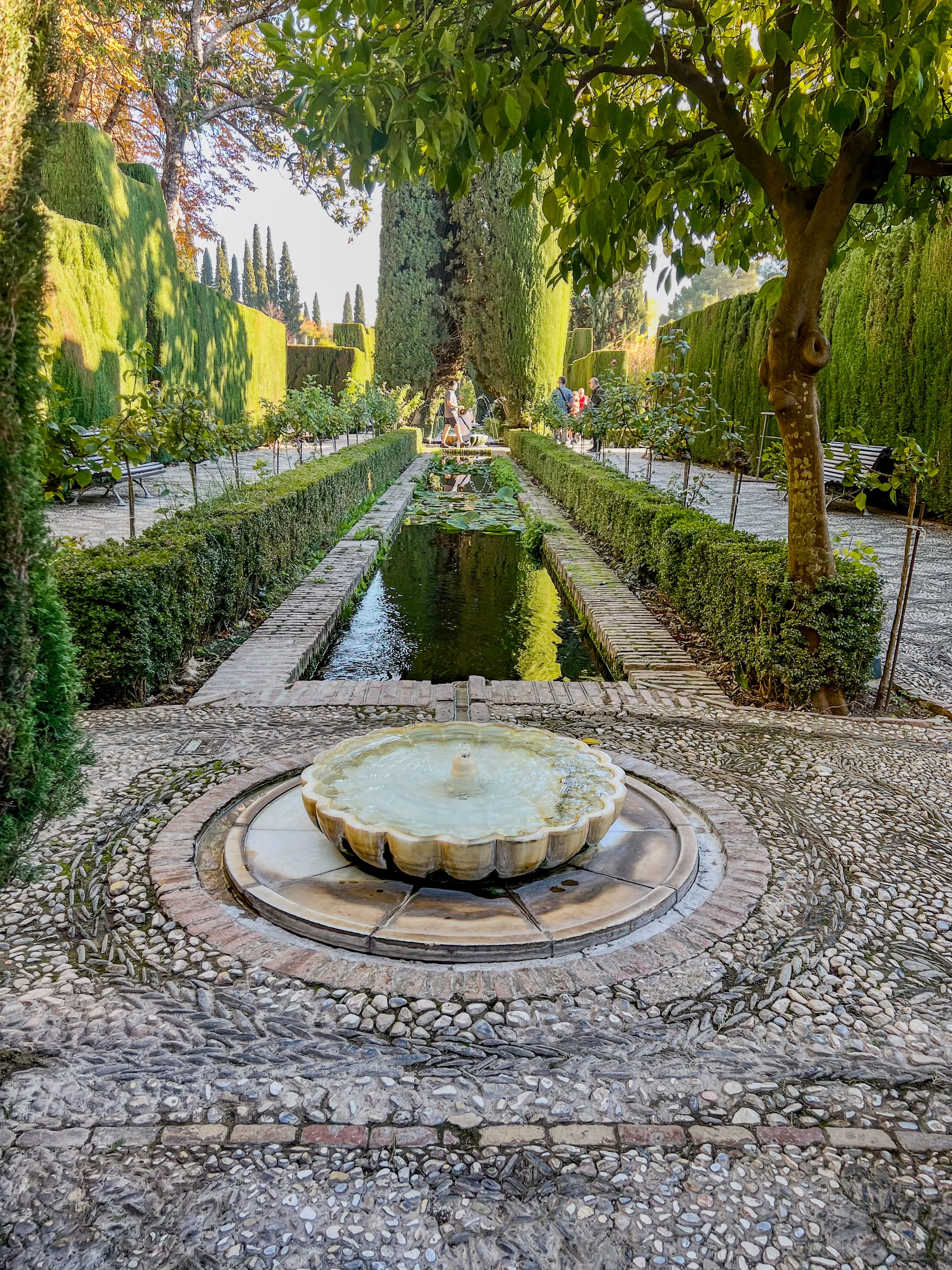
Water, Water....Everywhere!
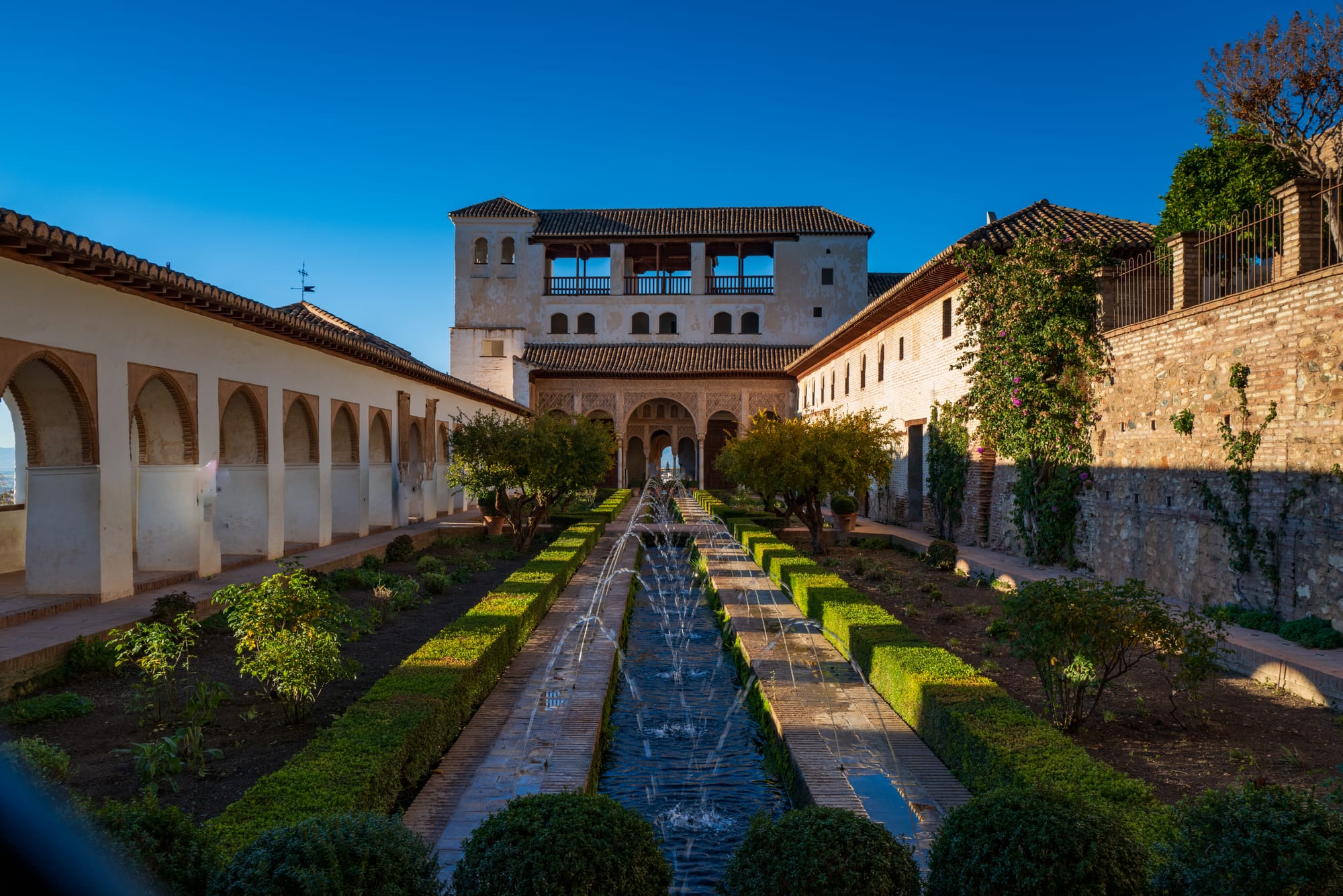
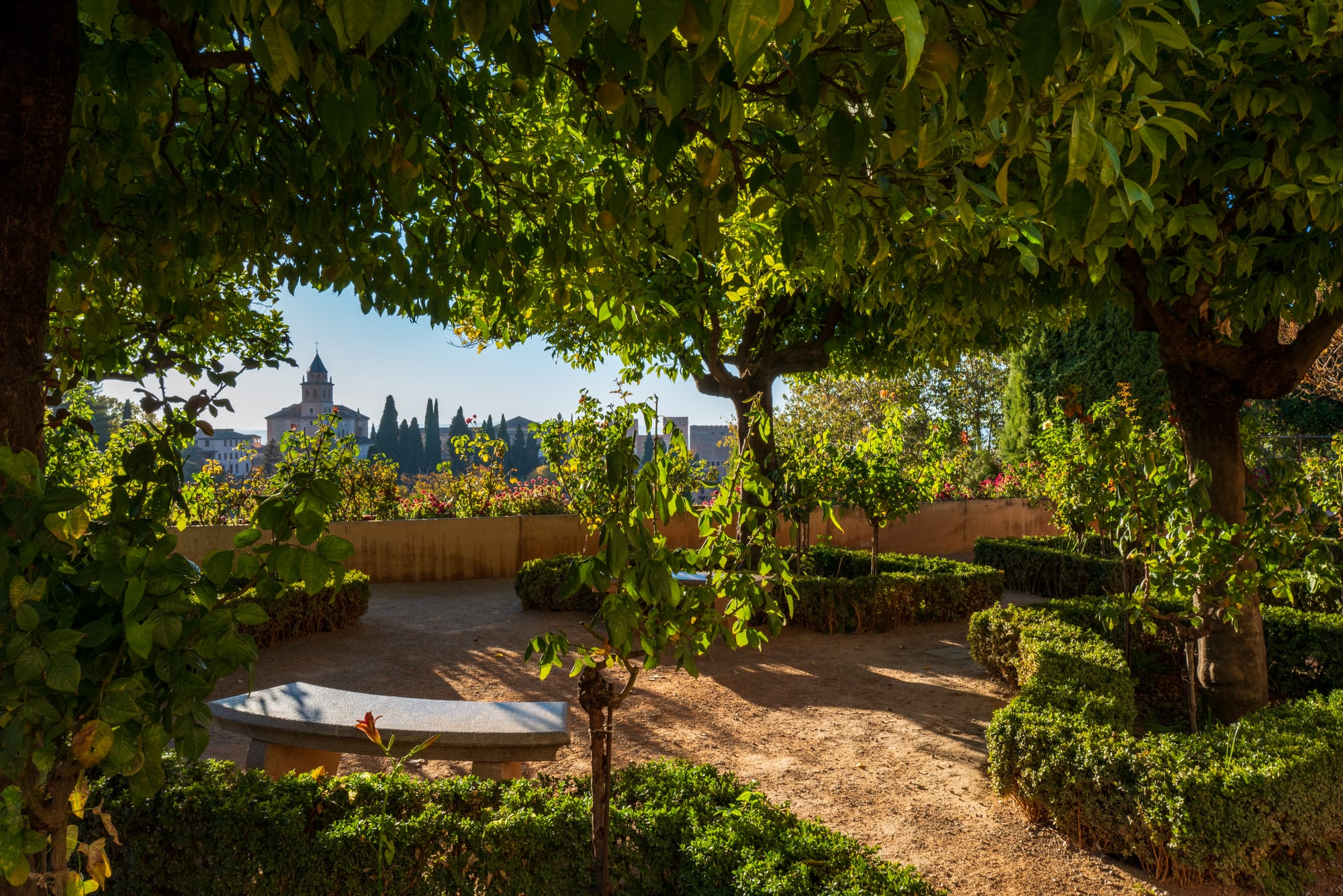
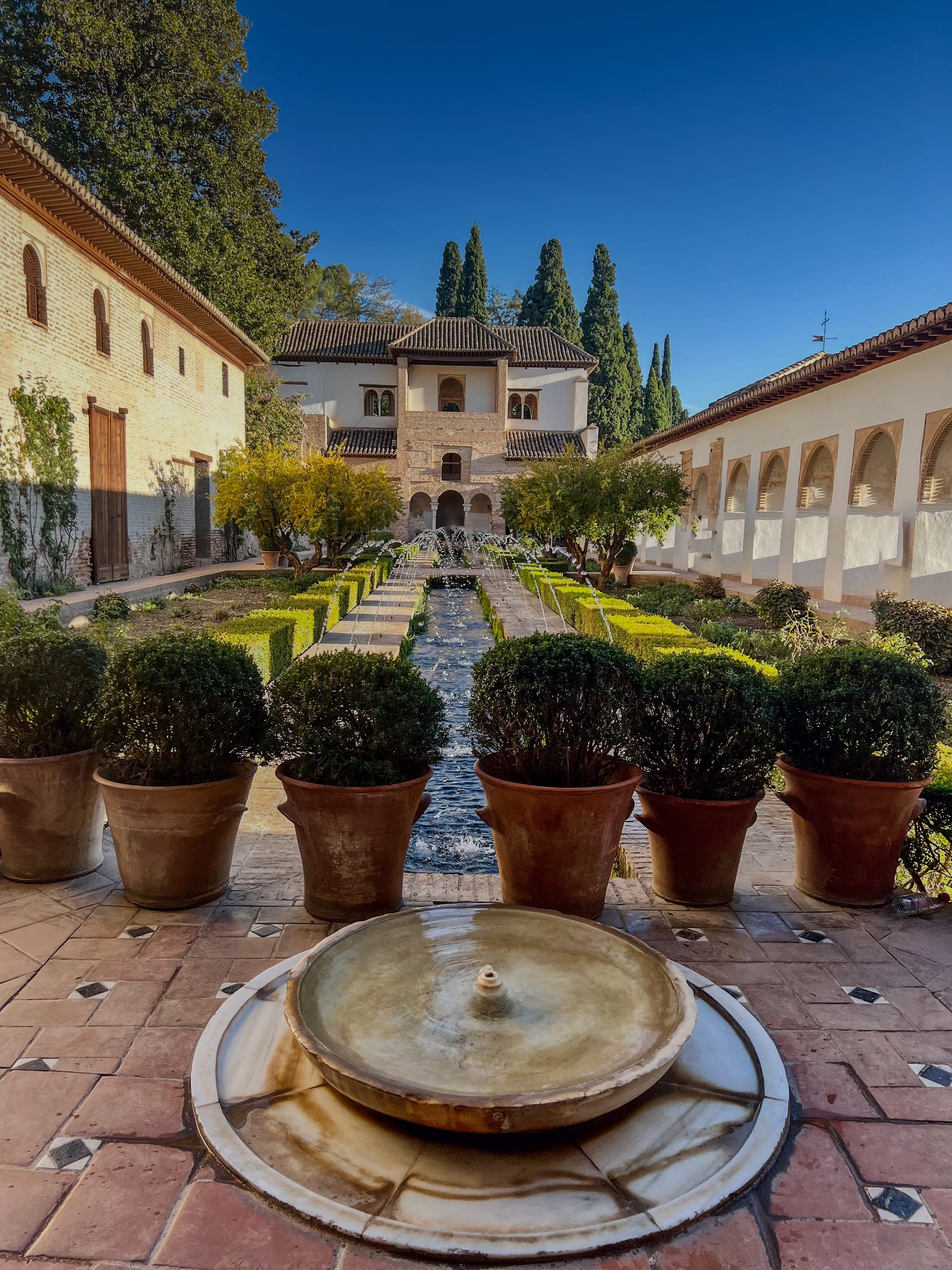
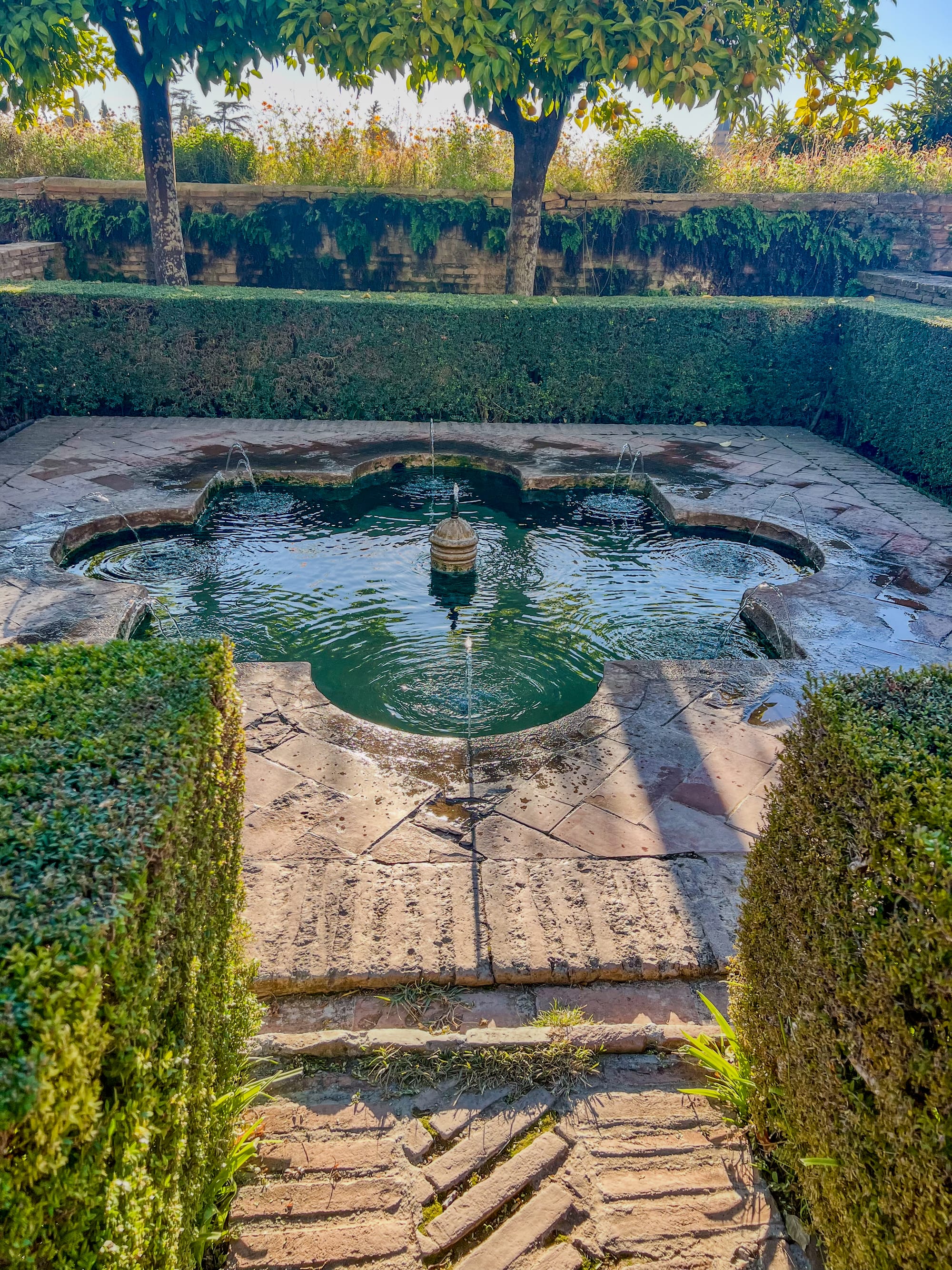
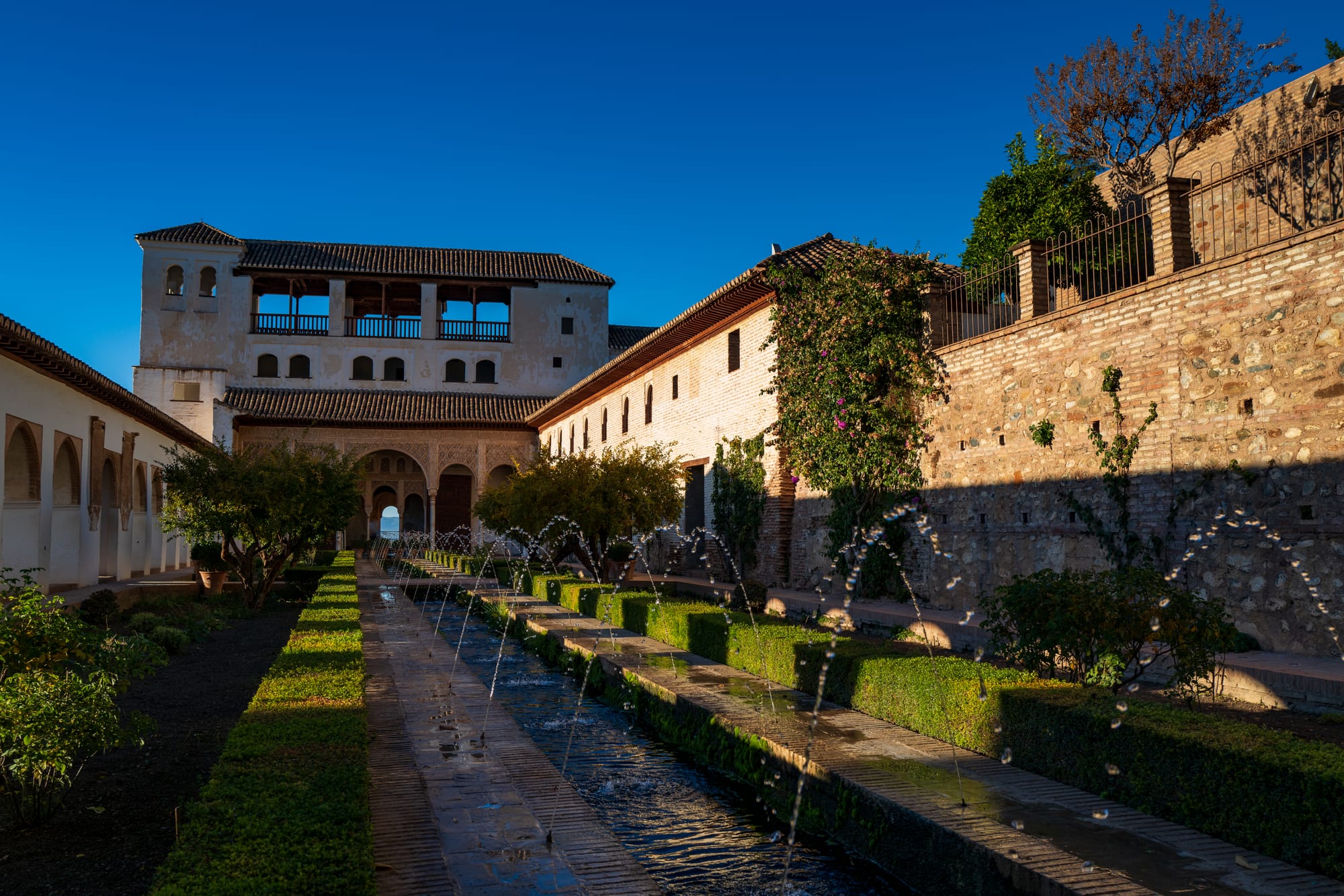
One of the highlights of the Generalife was the Patio de la Acequia, a long pool flanked by rows of myrtle bushes and cypress trees, where the soothing sound of running water creates a sublime, peaceful atmosphere. The Patio de la Sultana, adorned with intricately carved columns and adorned with vibrant tiles, exudes a sense of serenity and sophistication.
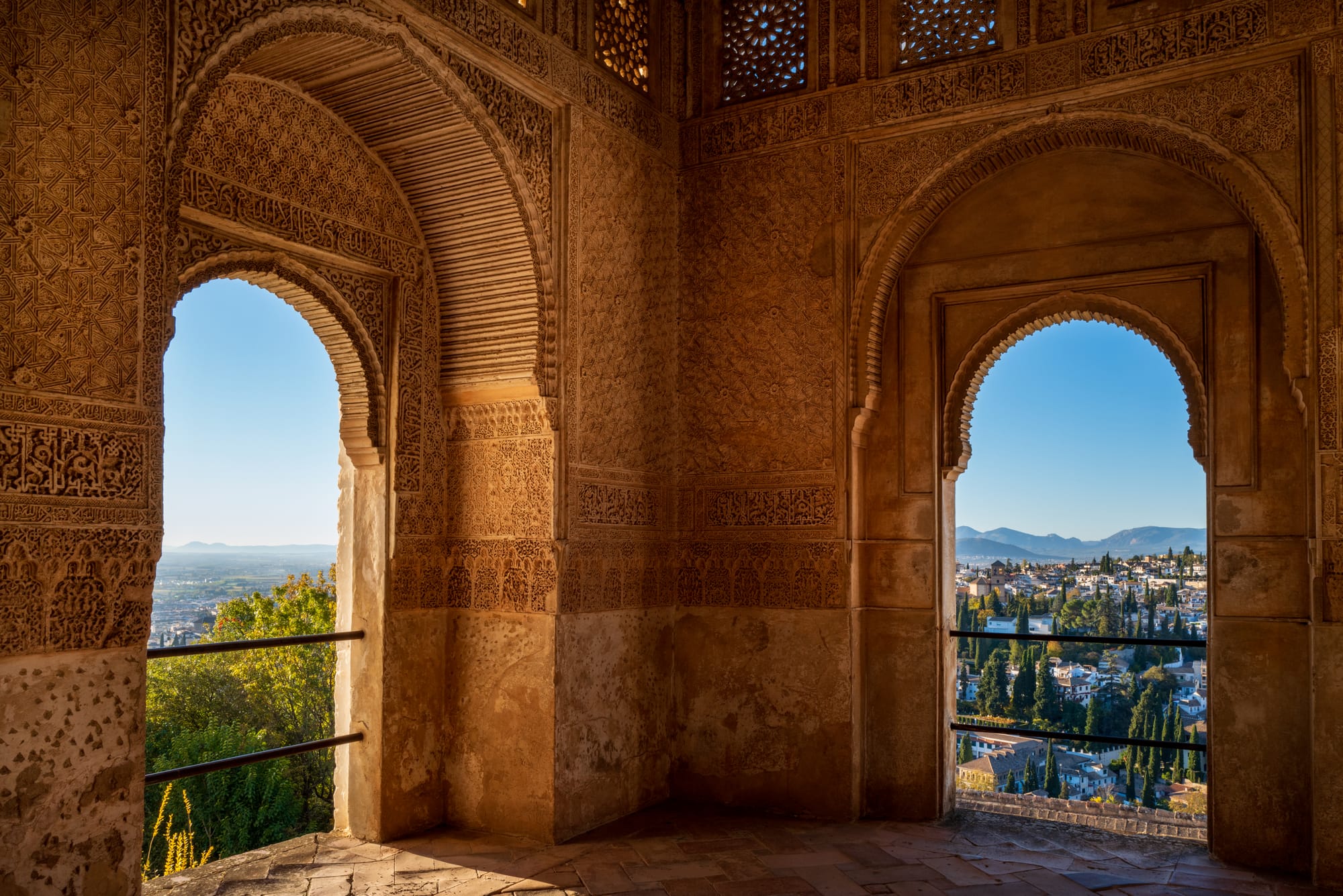
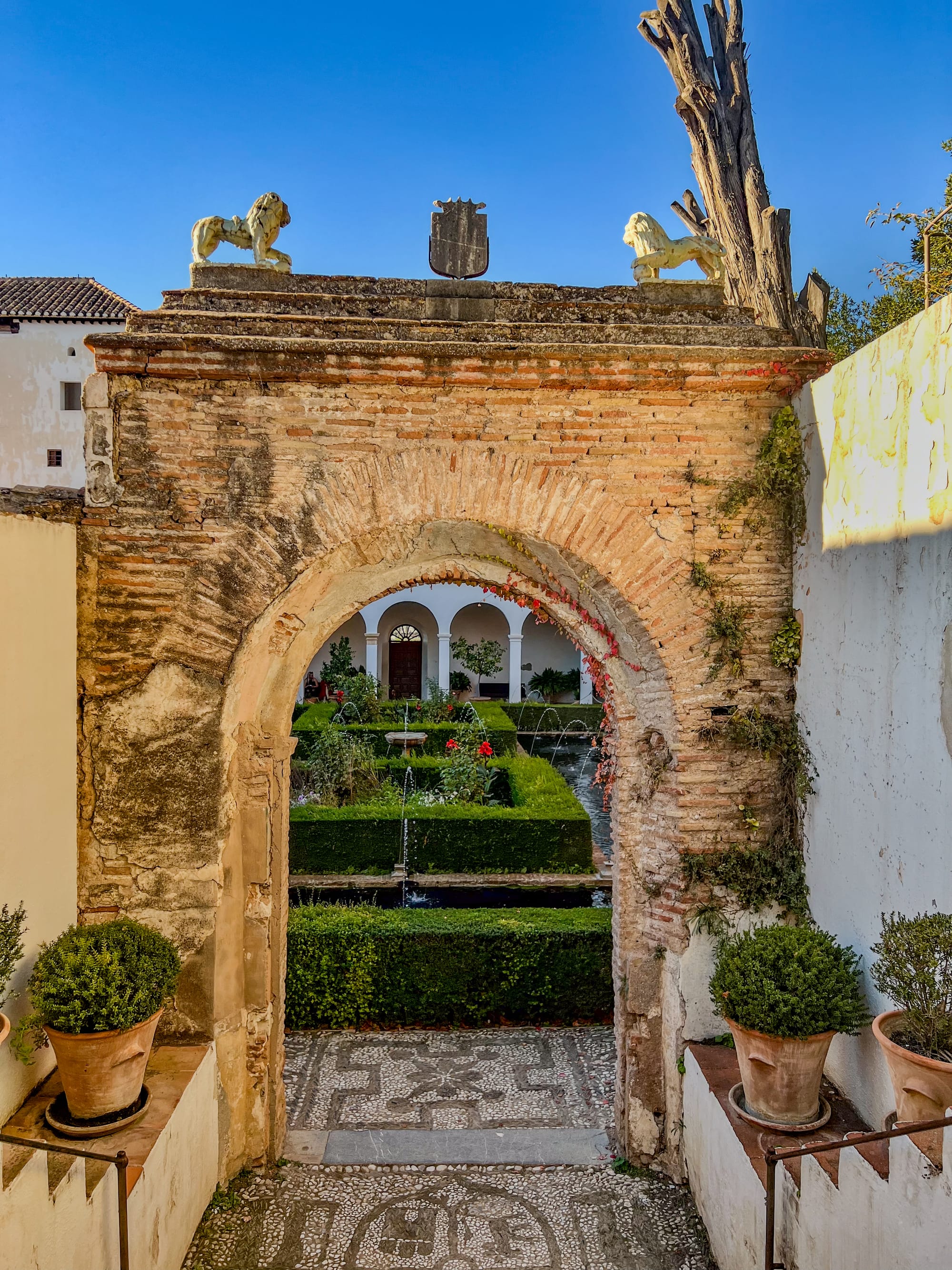
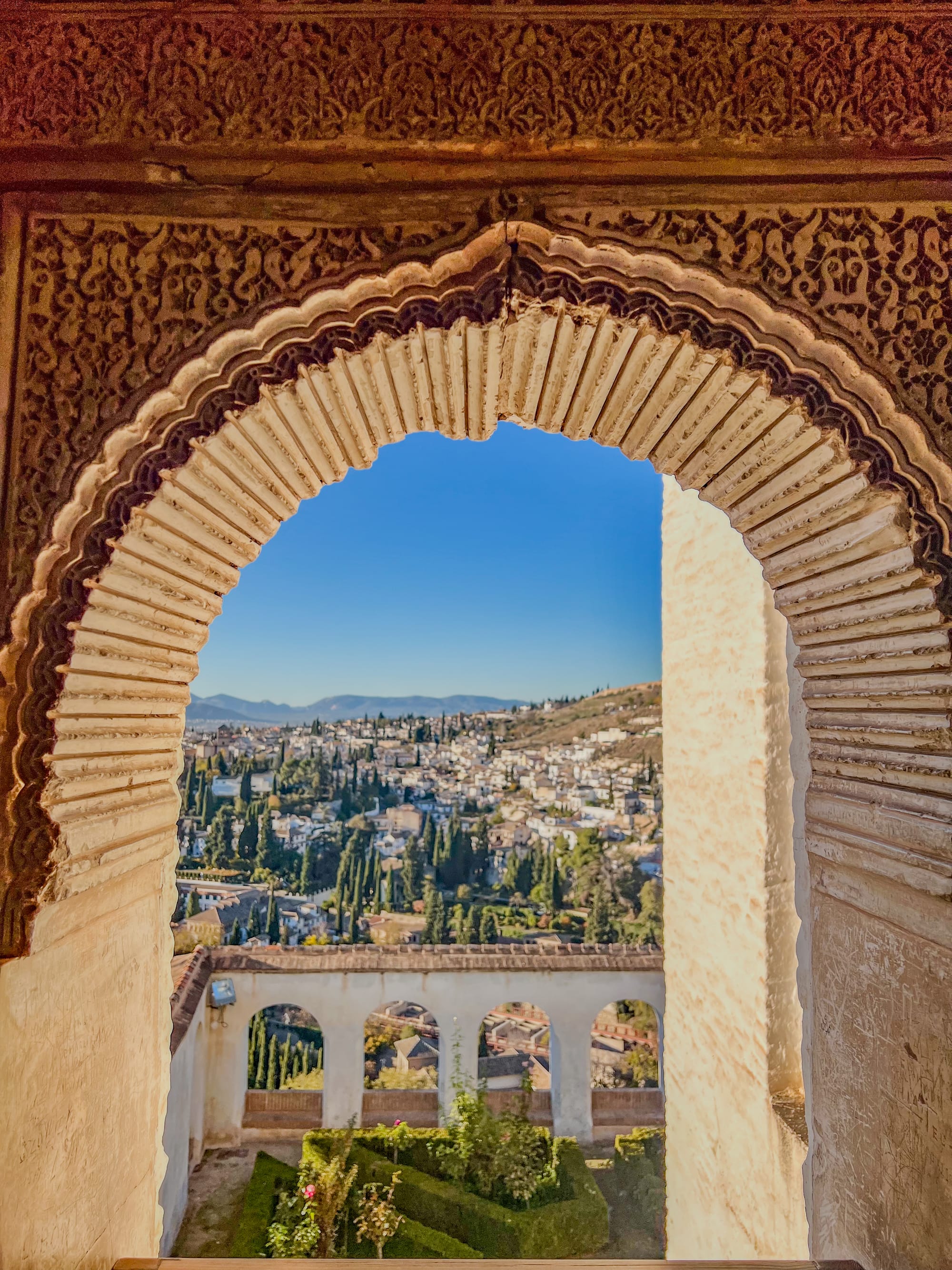
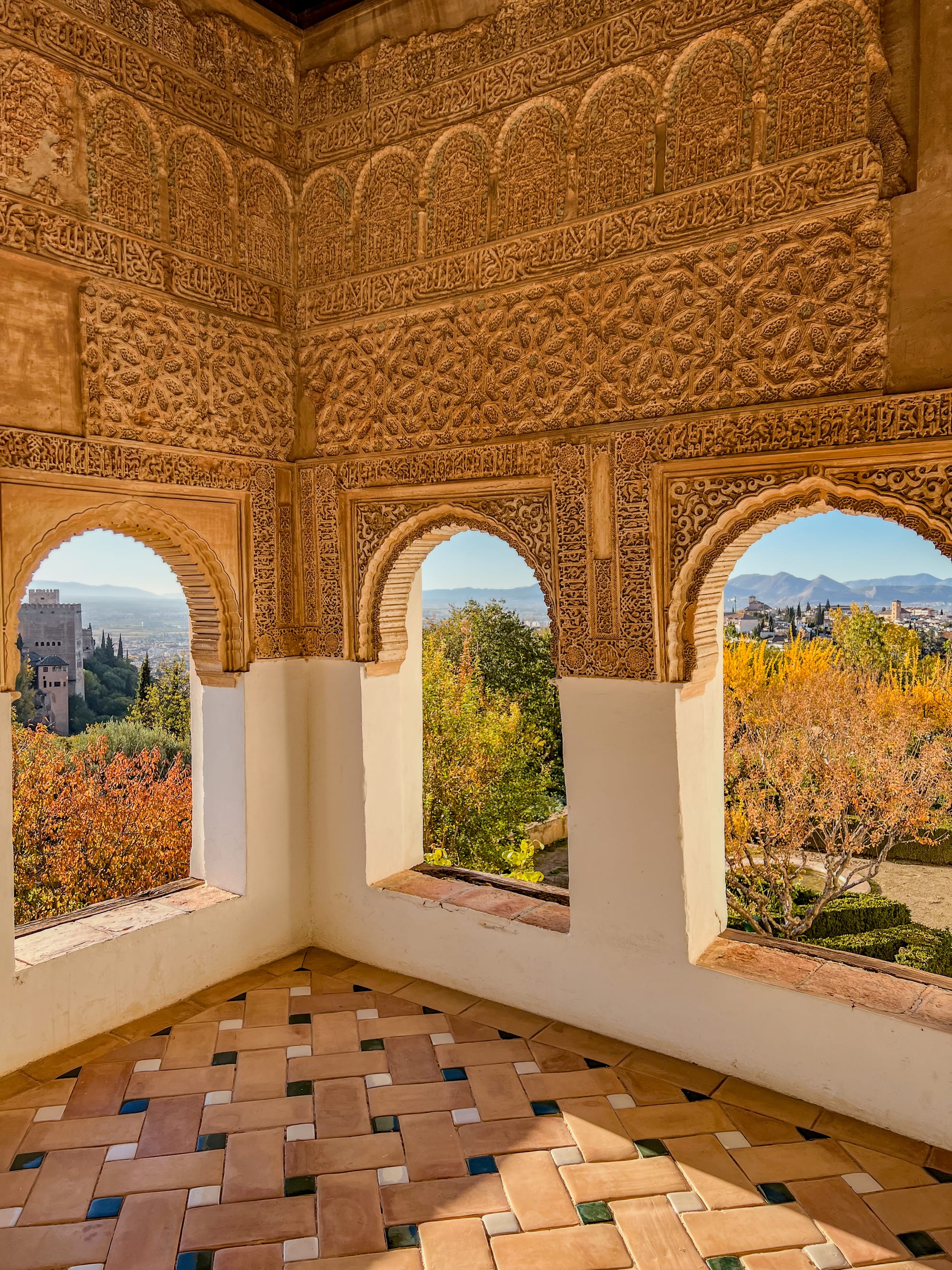
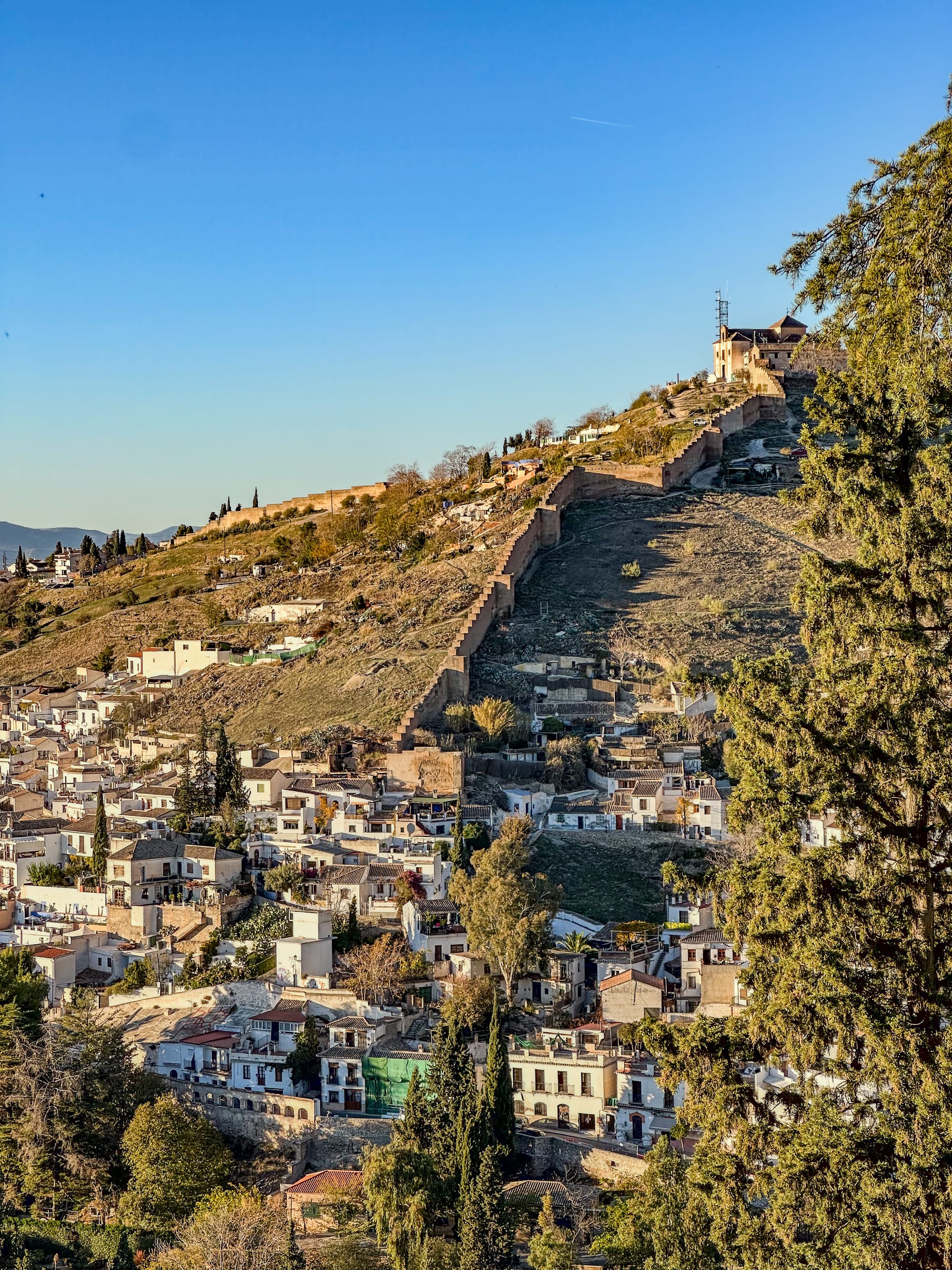
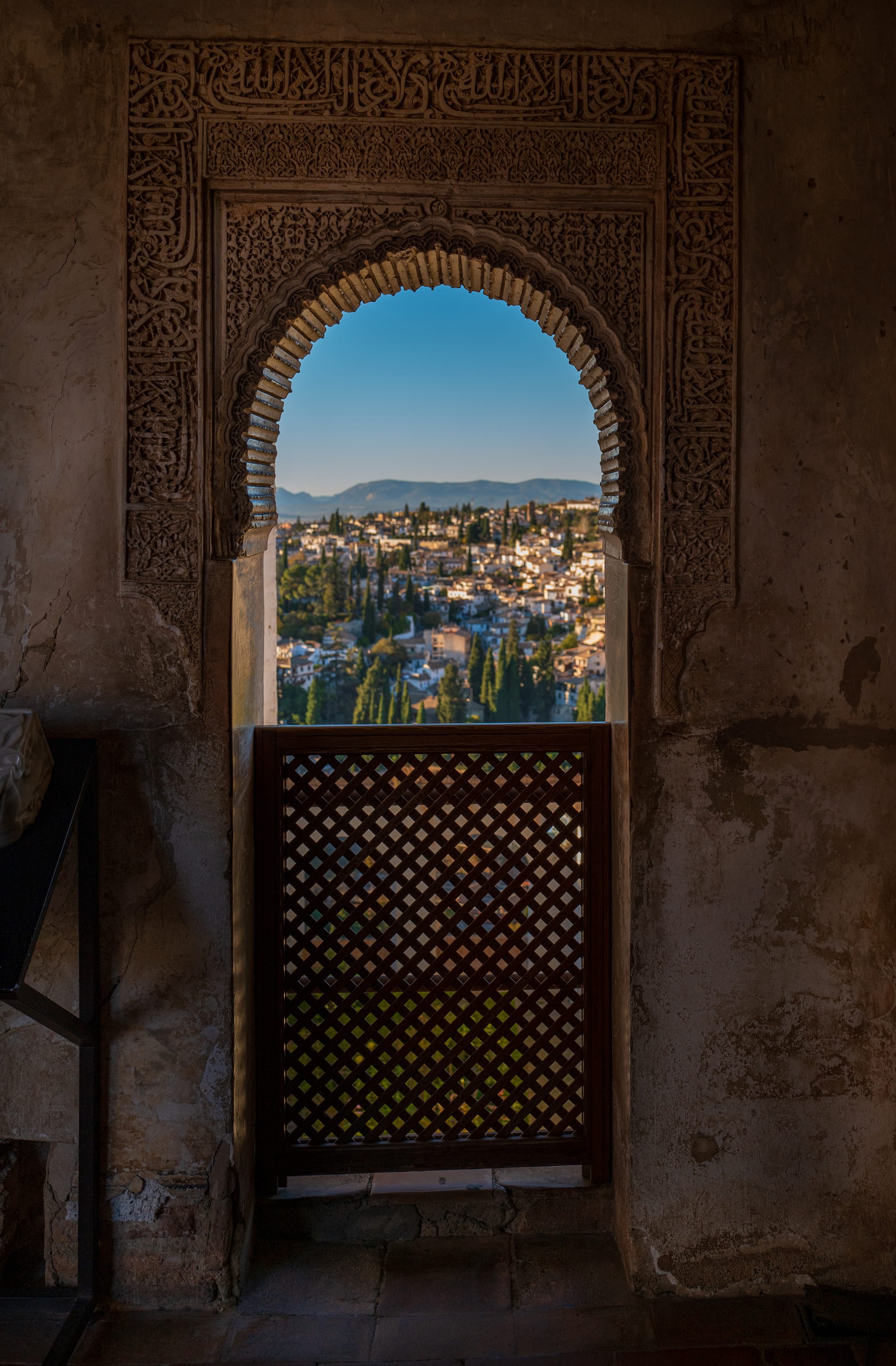
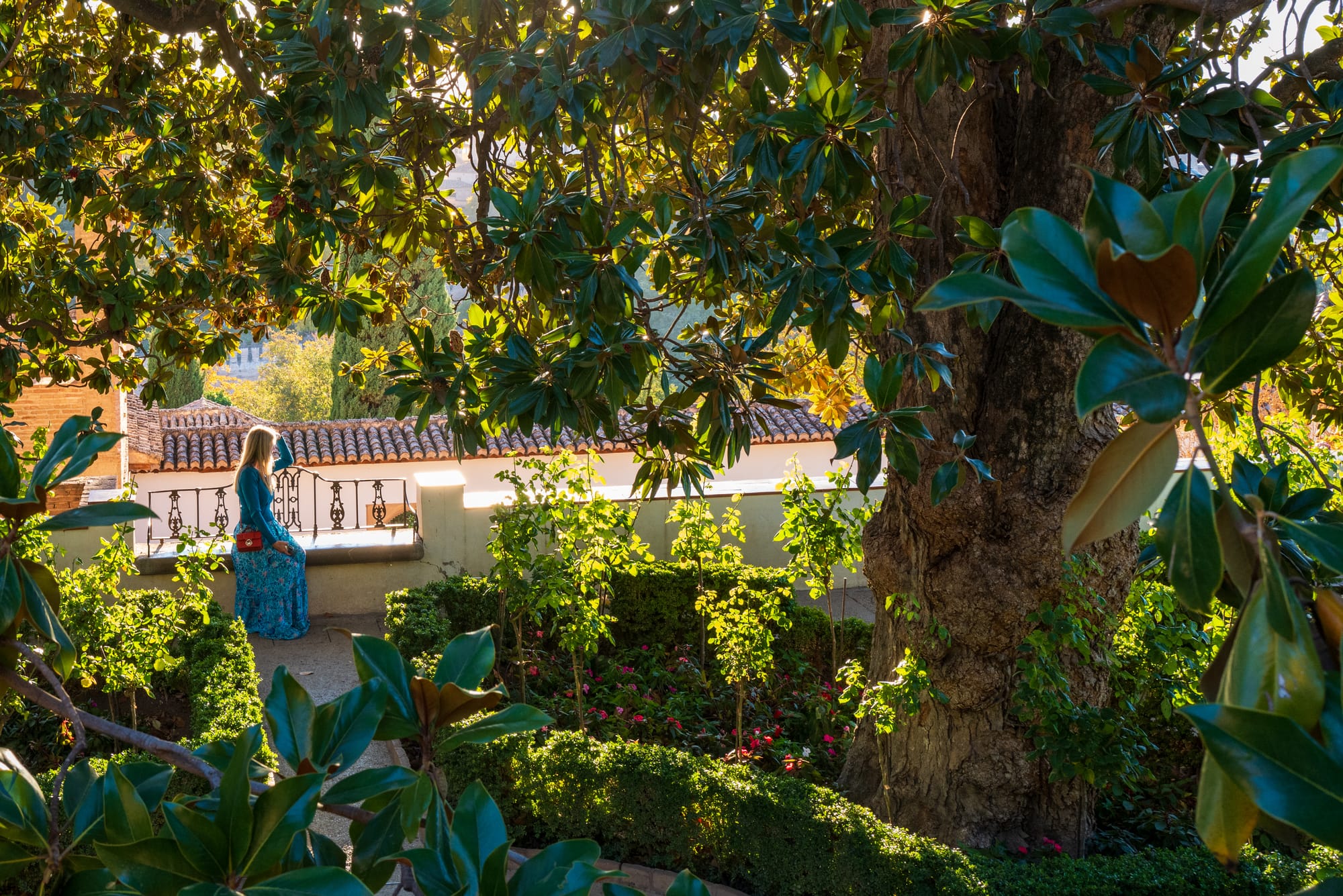
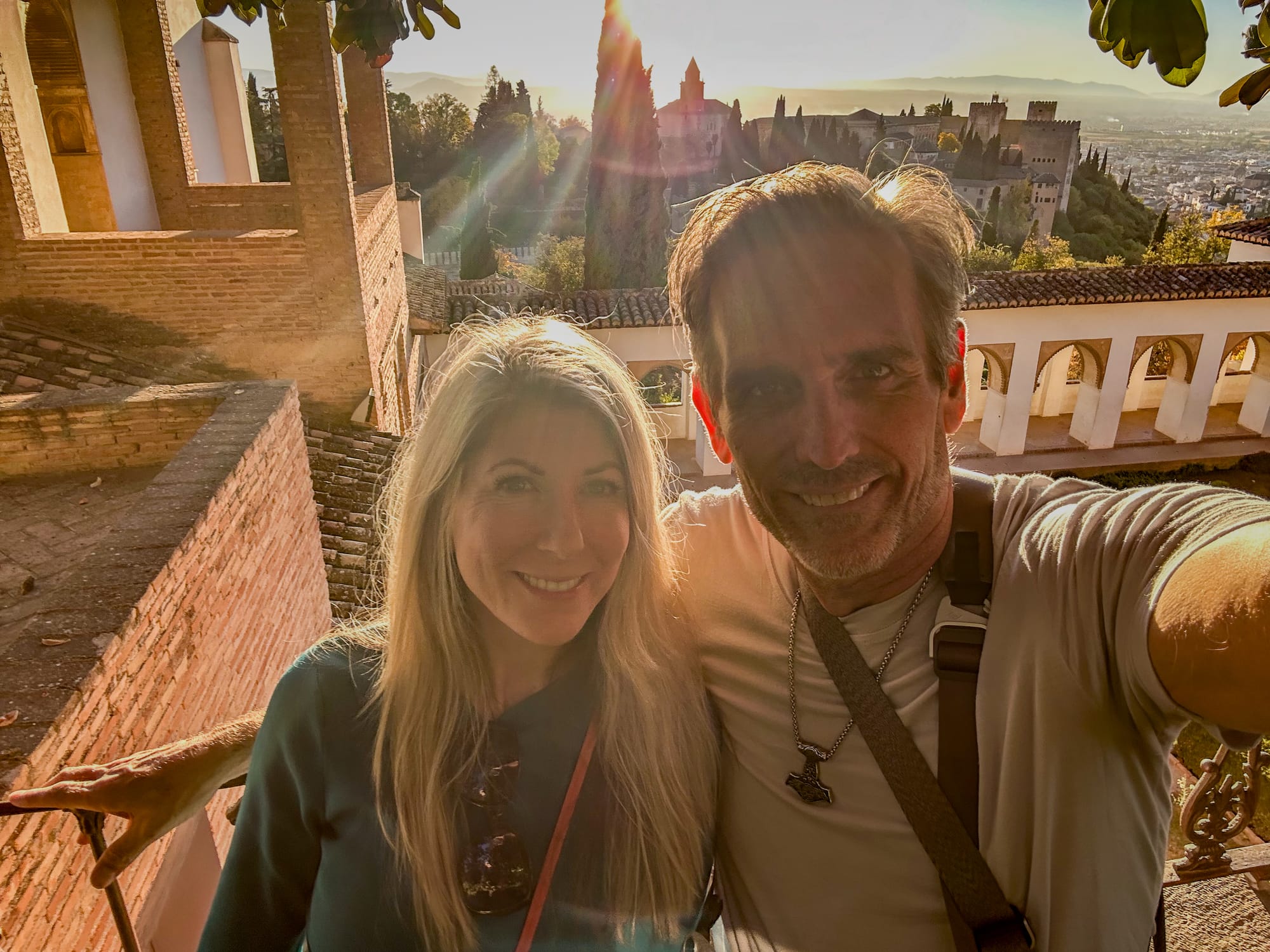
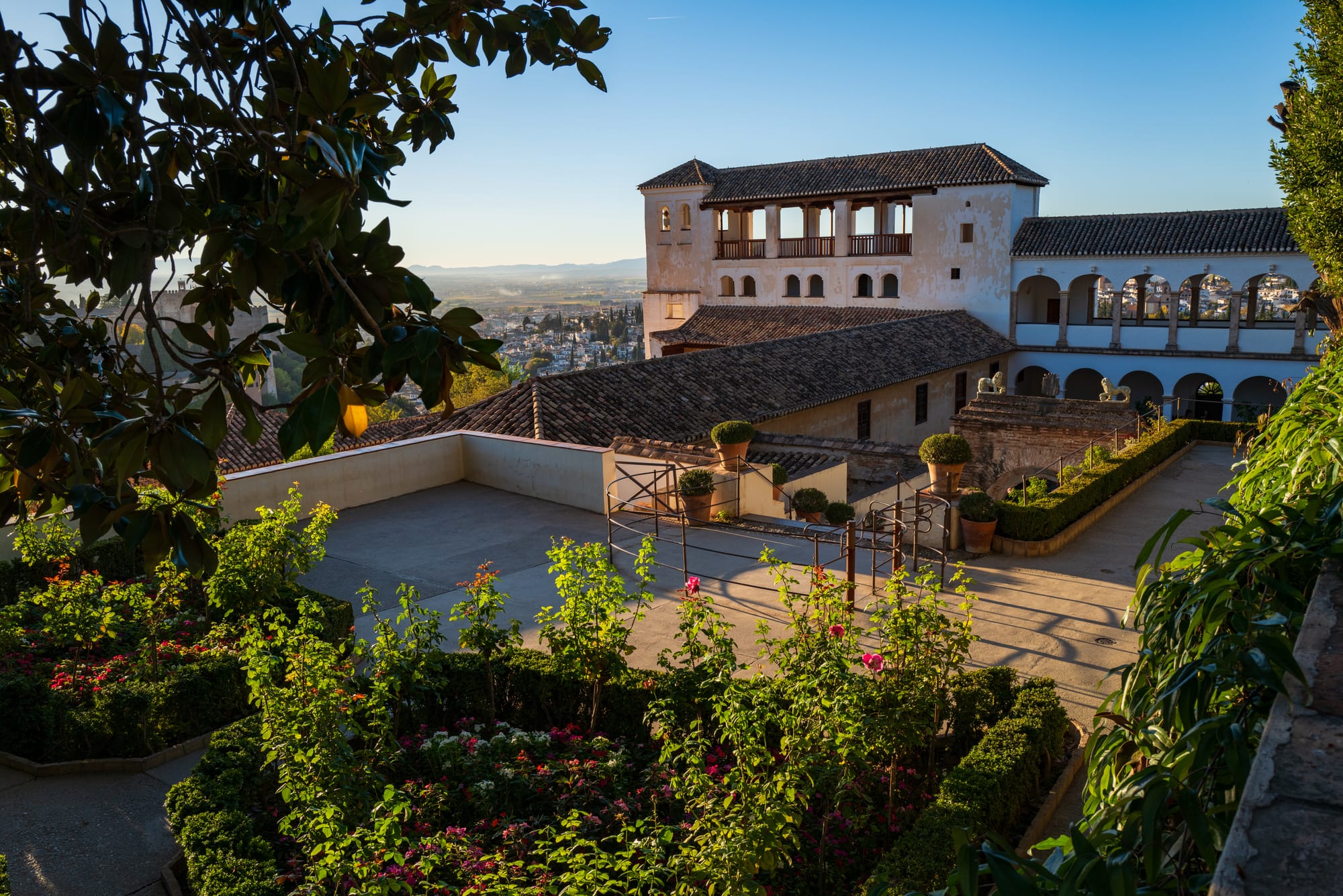
Visiting the Alhambra is not merely a sightseeing experience; it is a voyage through time, a glimpse into the artistic and architectural achievements of generations past. It reminds us that the beauty of history can be found in the details of a tile mosaic, the whisper of a fountain, and the grandeur of a palace. Around every corner, a wonder and triumph of human beauty, architecture and engineering. The pictures posted here simply do not do the beauty of the Alhambra justice, and it is definitely a place you should see in your lifetime.
Our Journey continues with the final installment of our chronicle: Granada.
